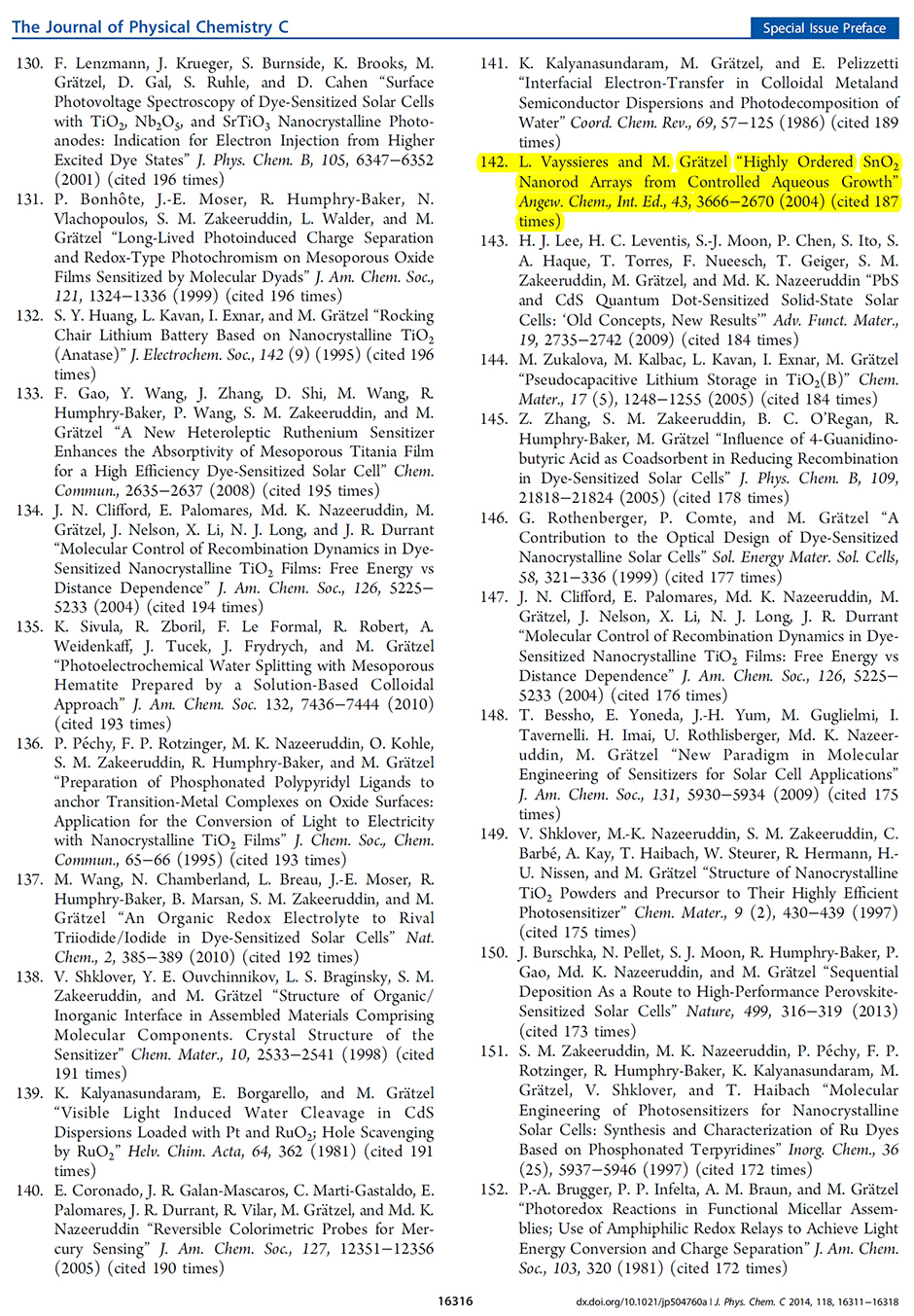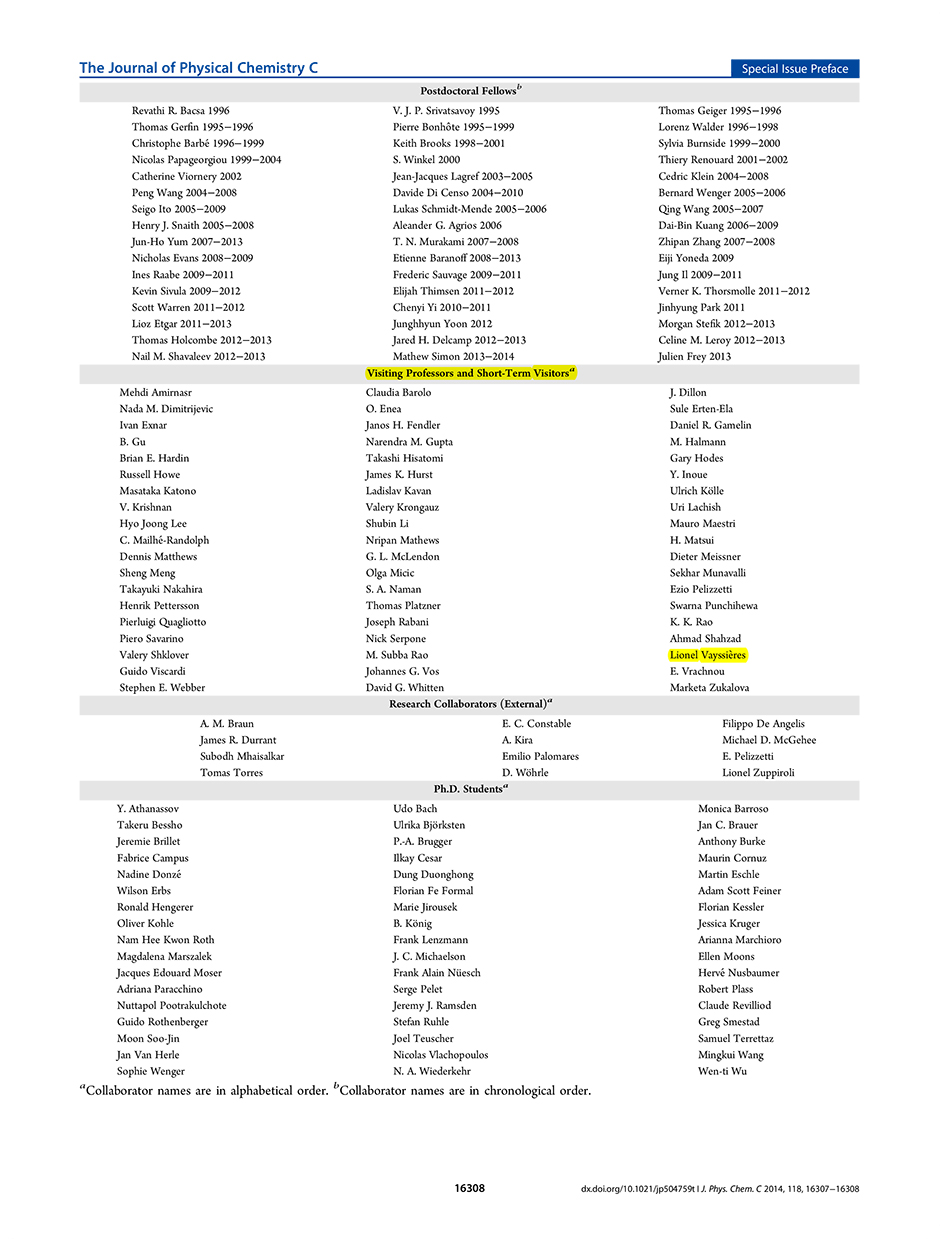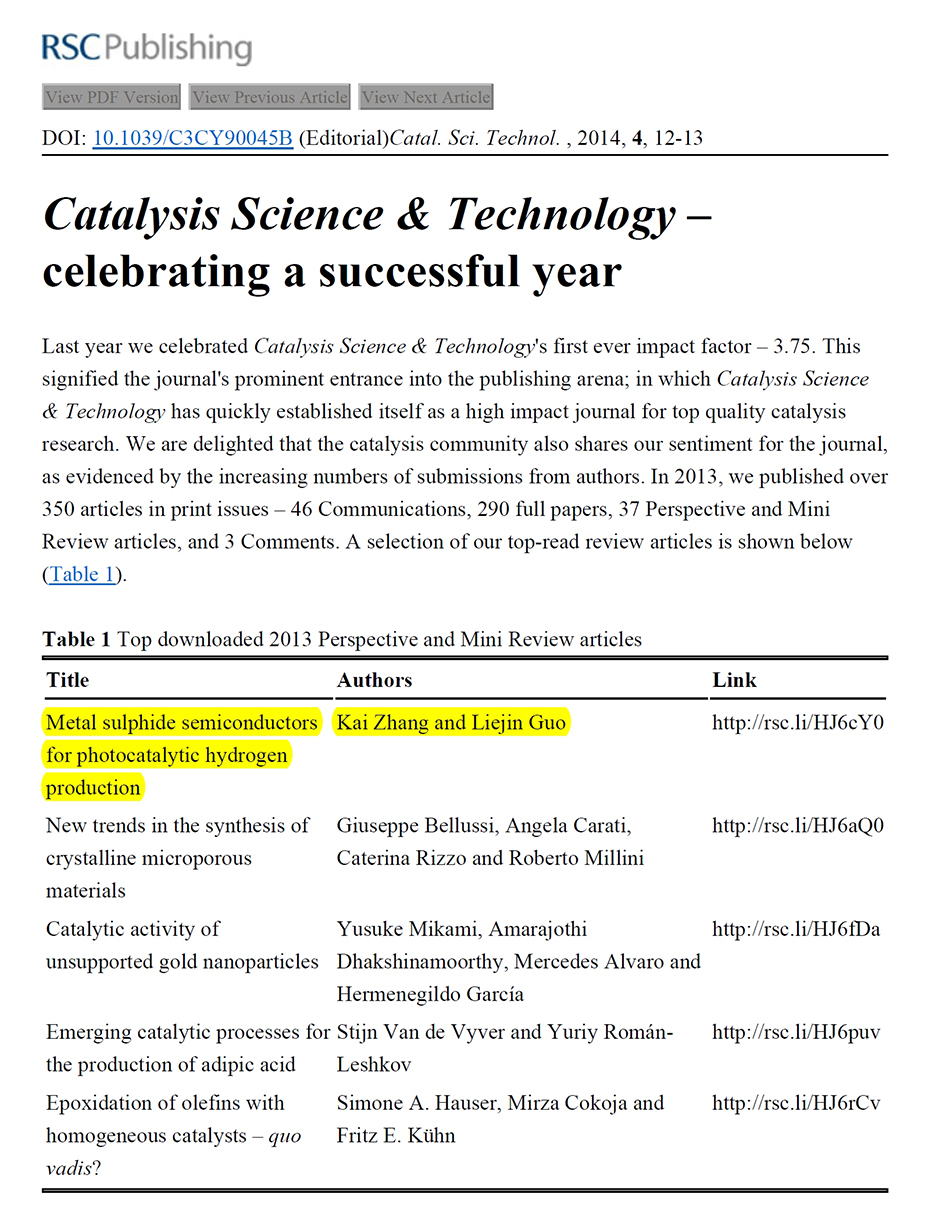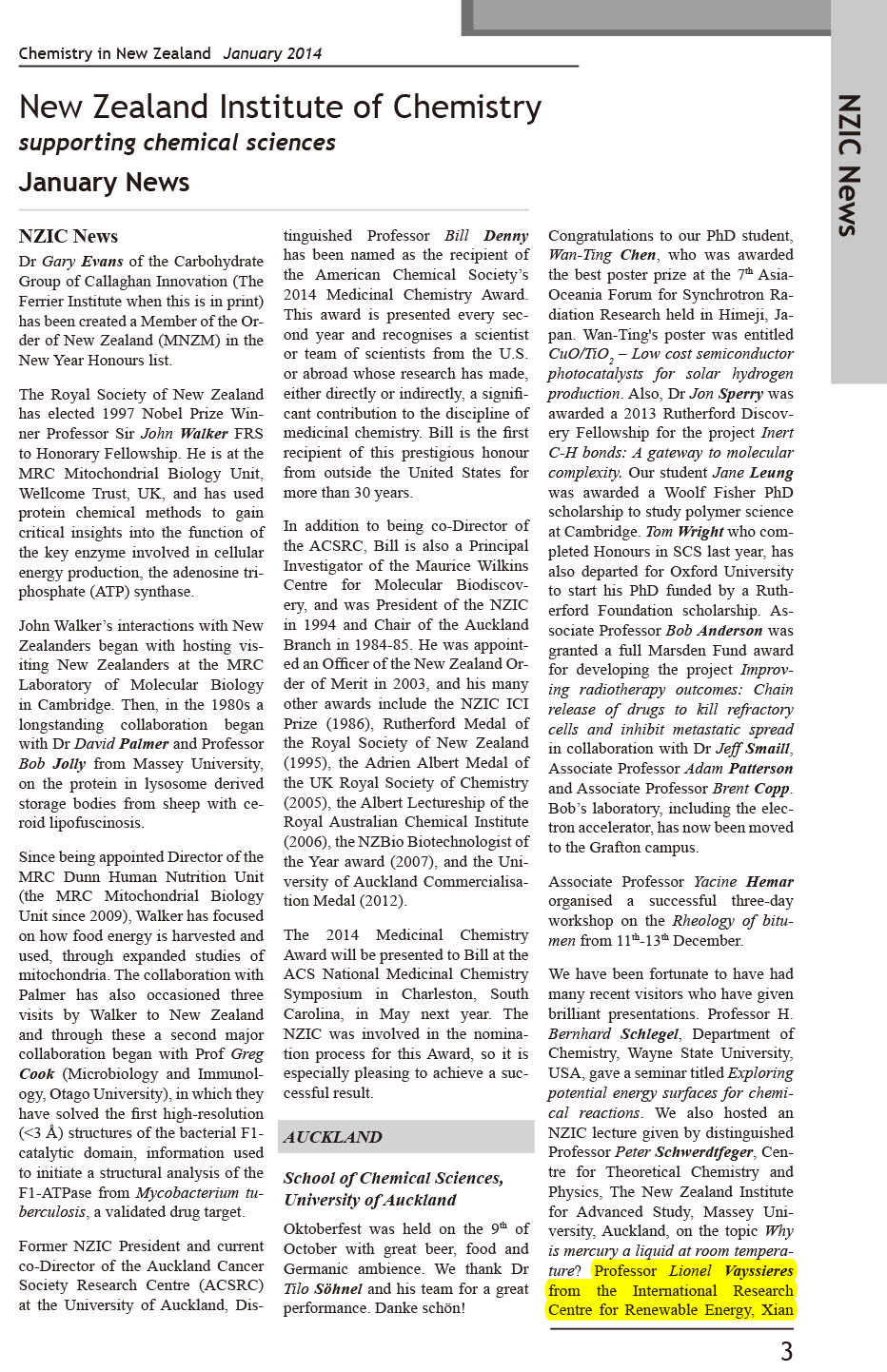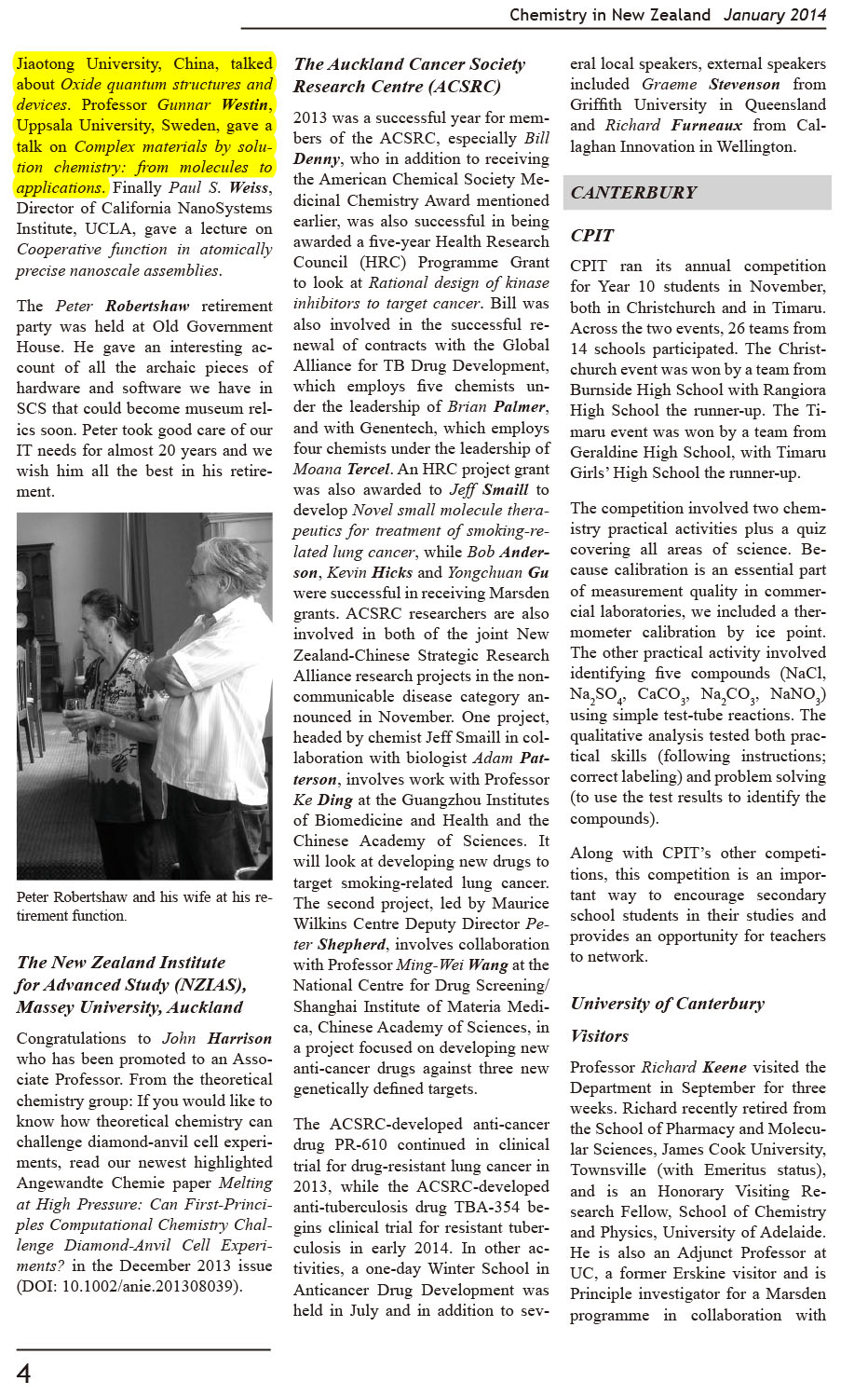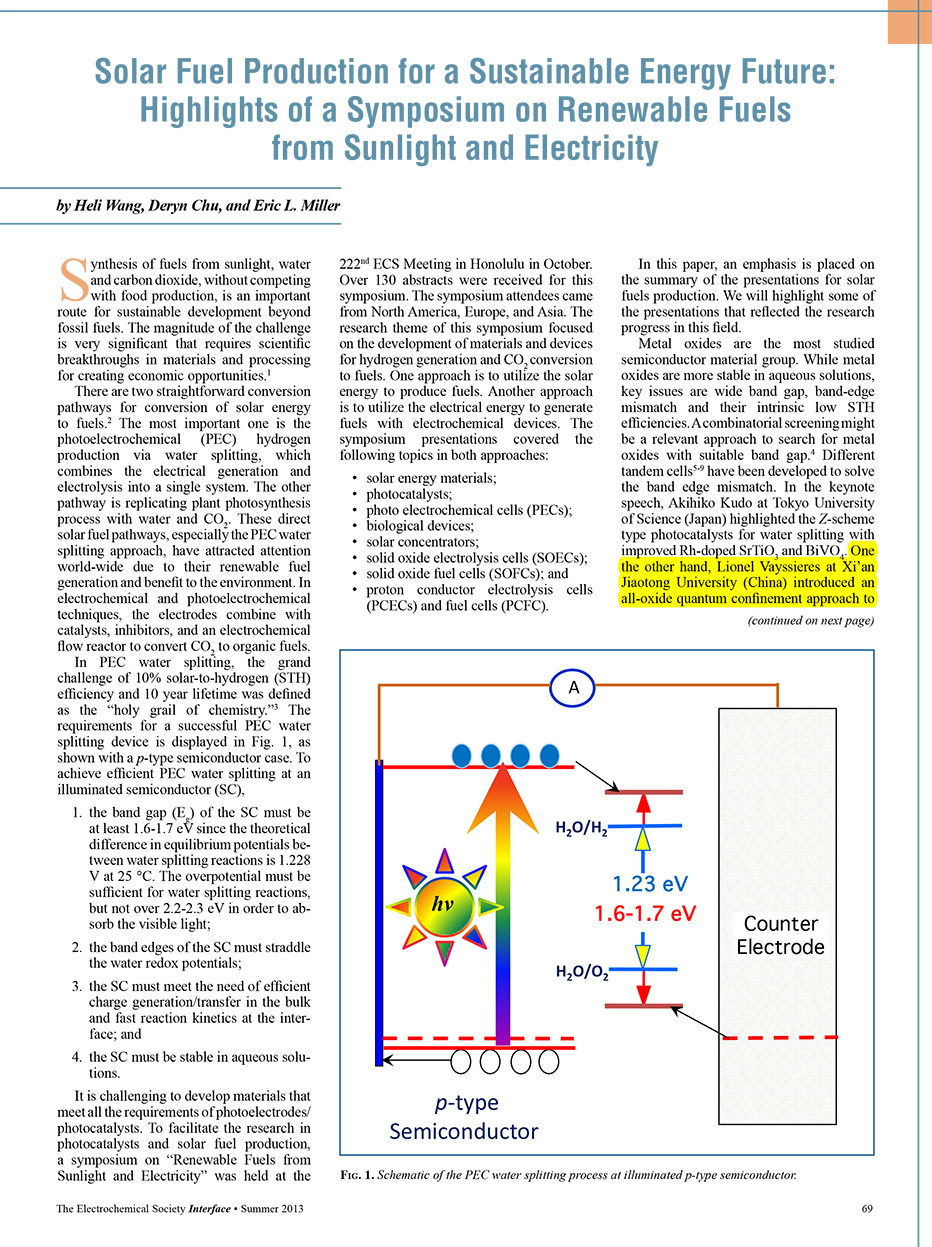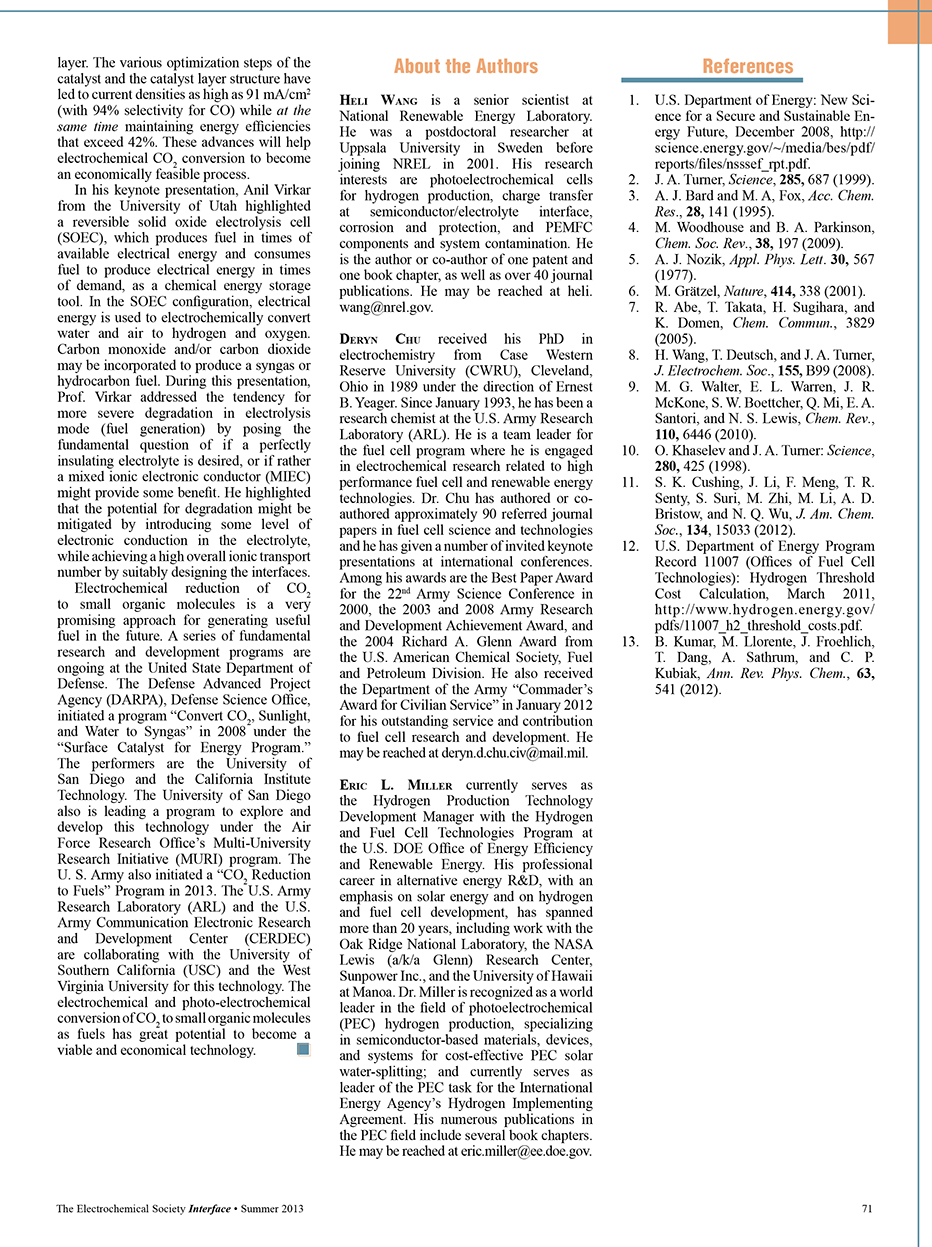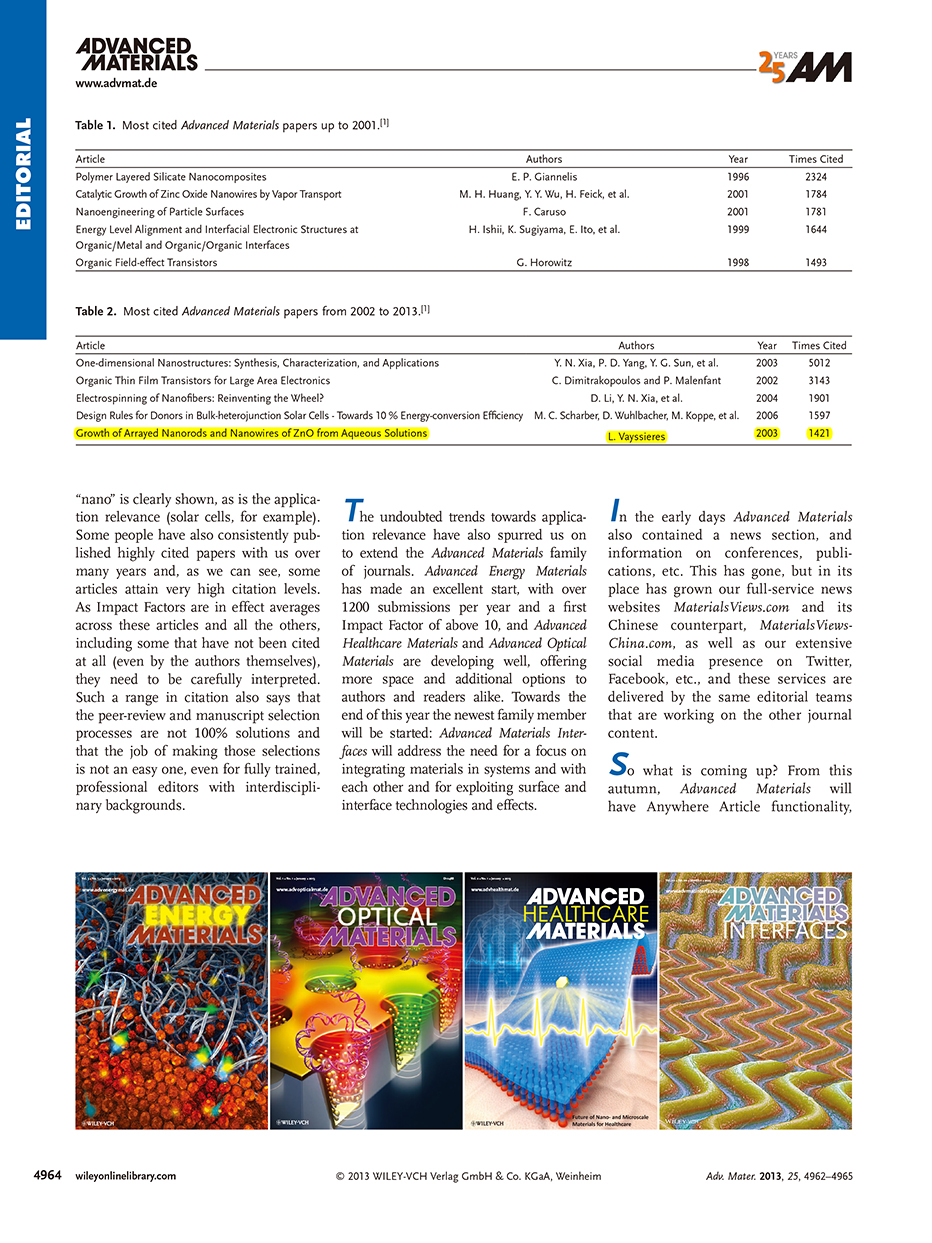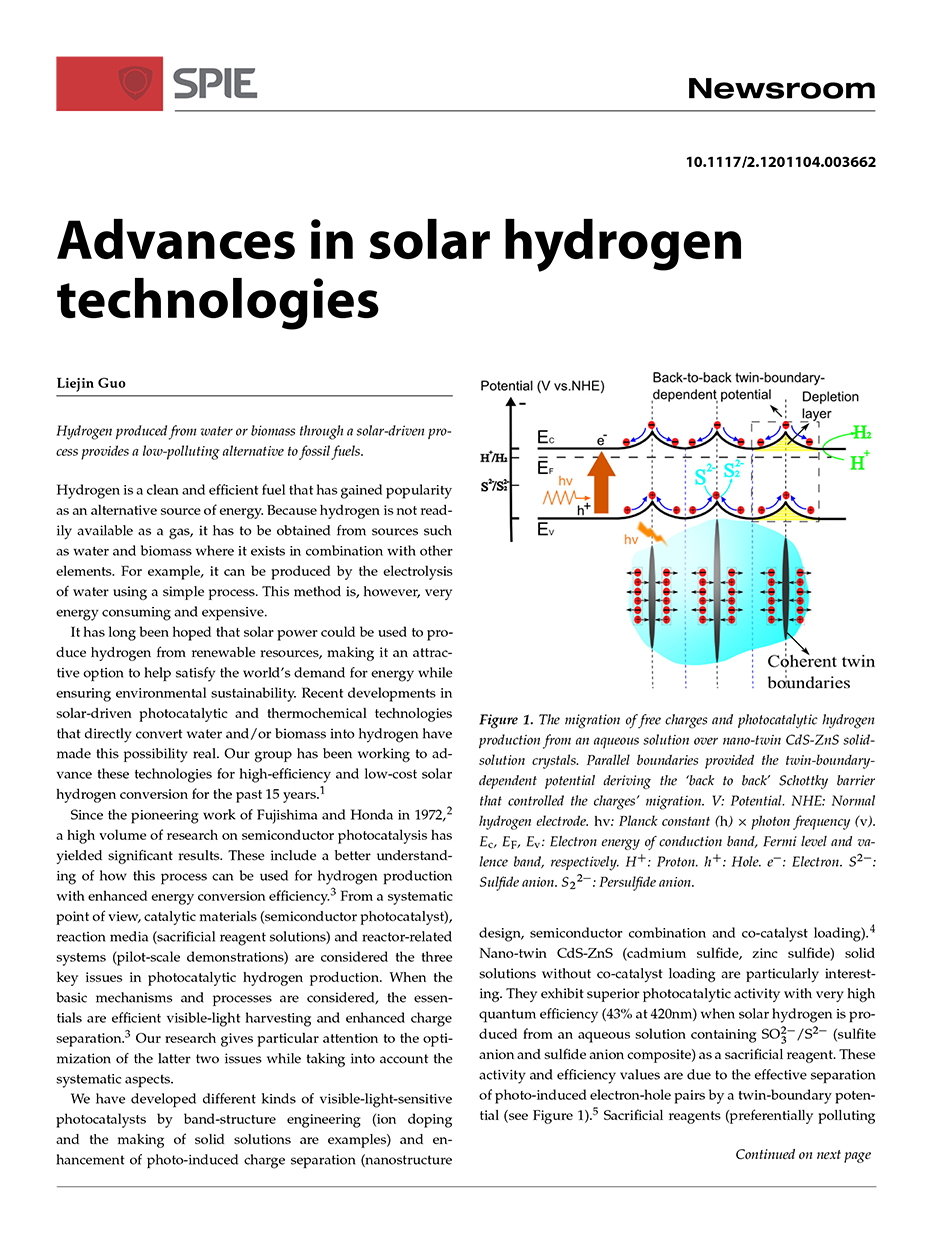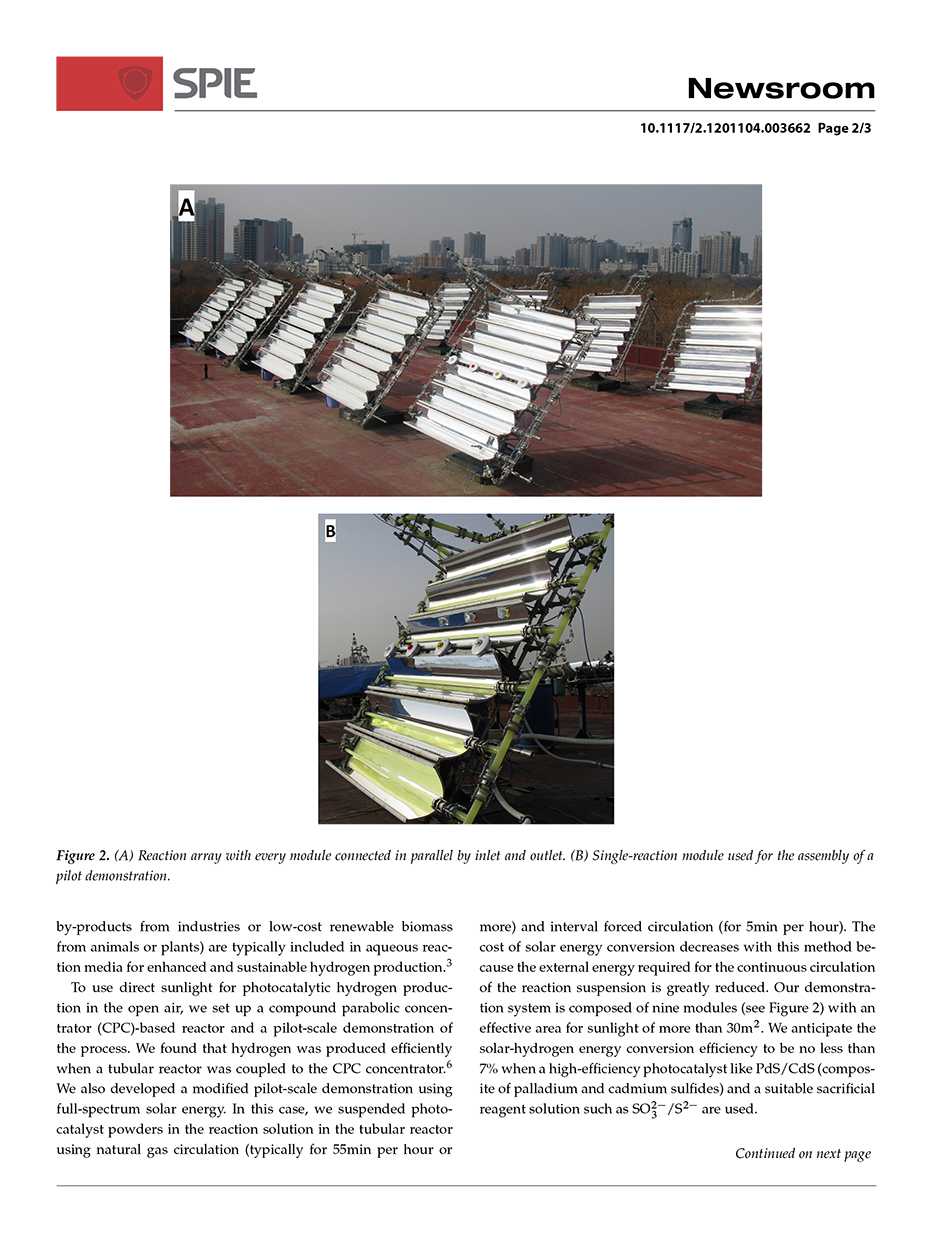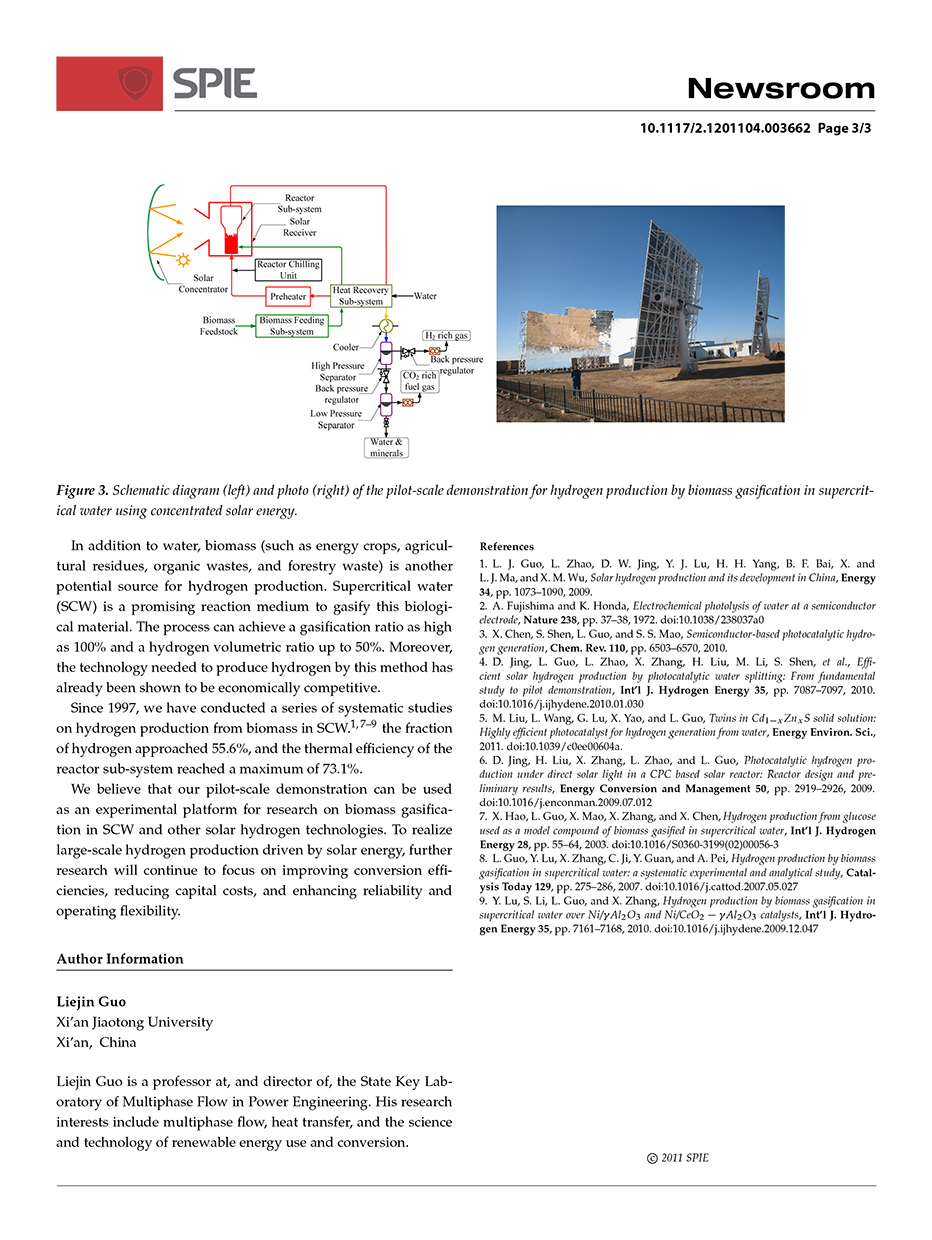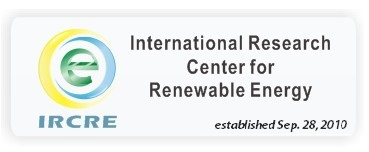

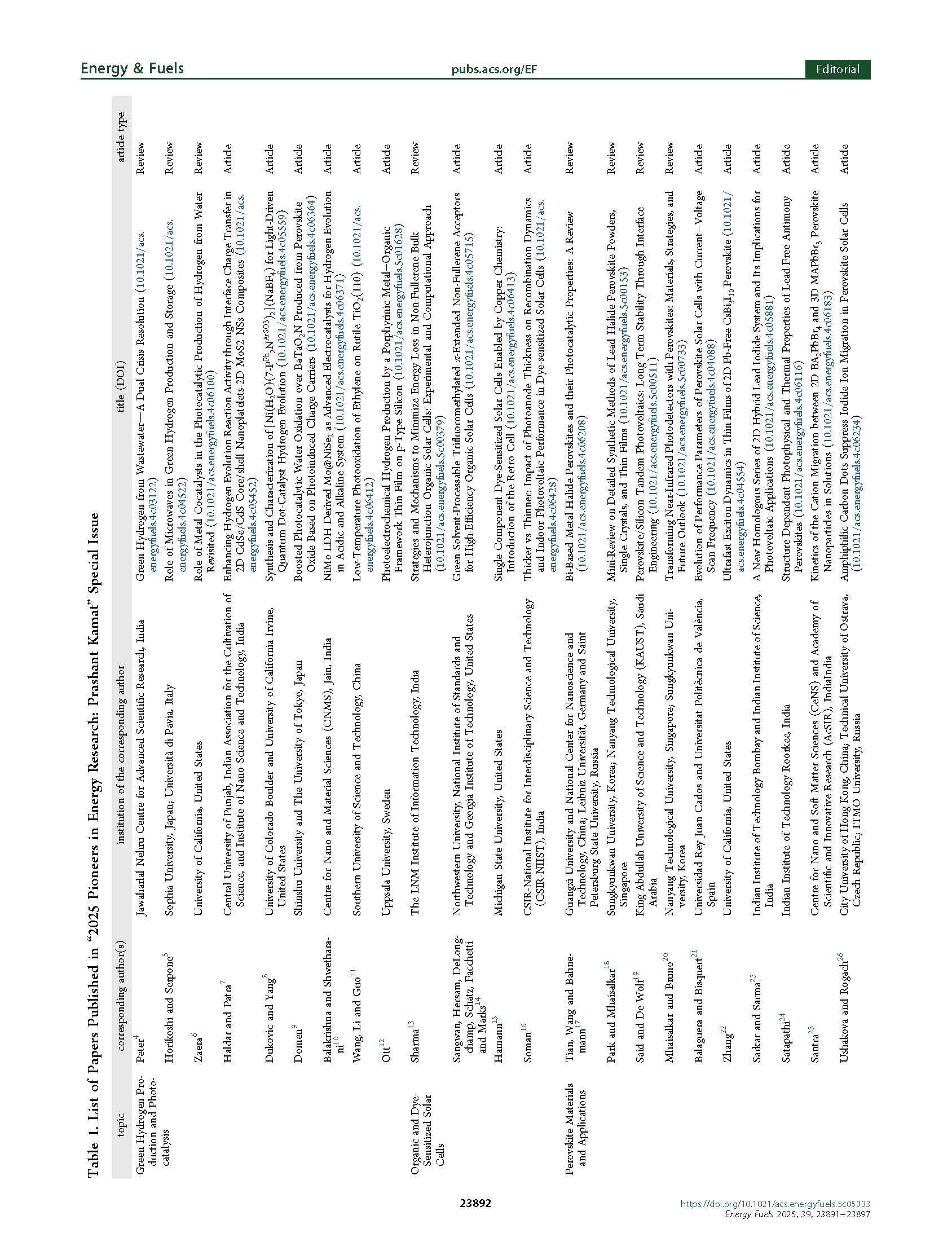
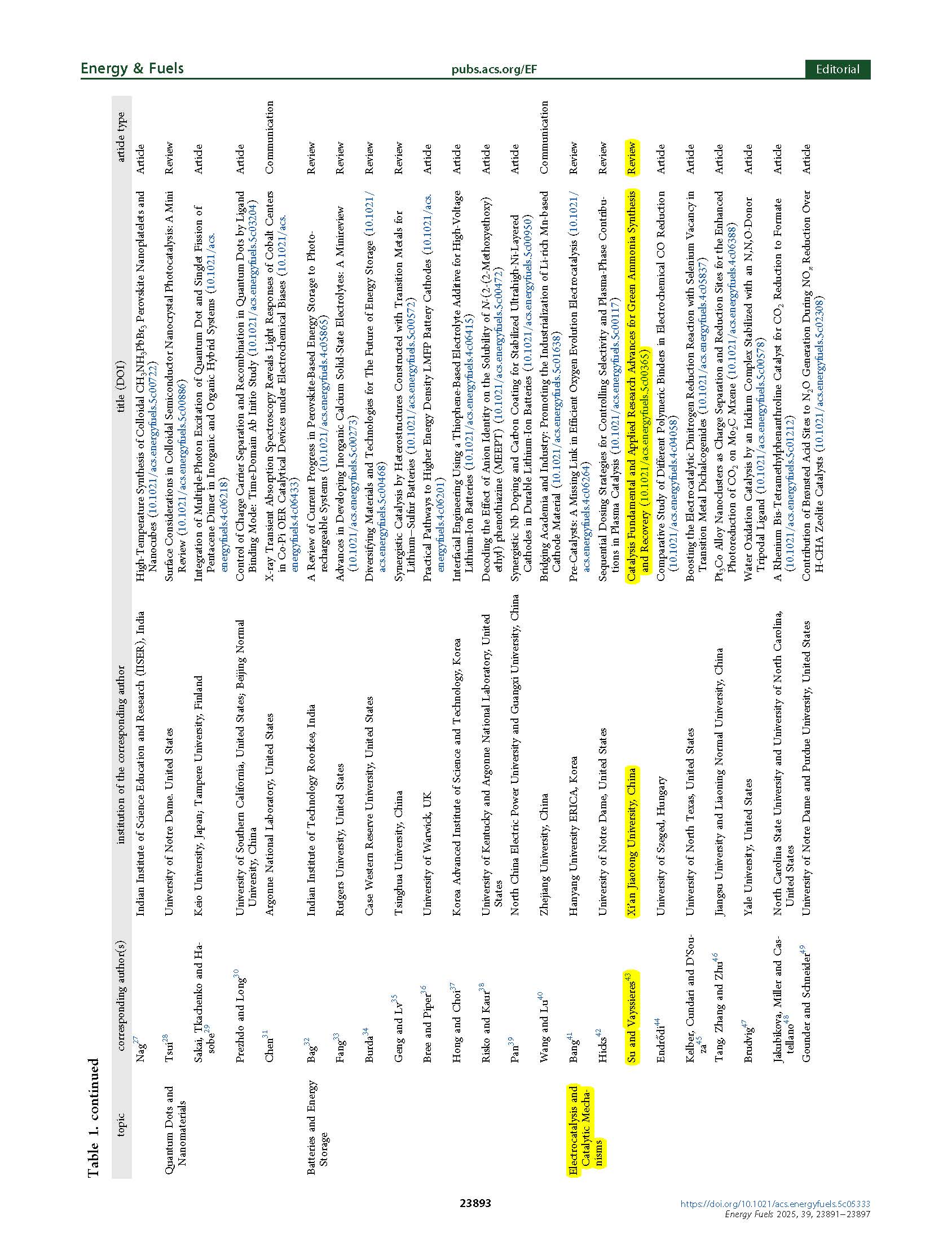


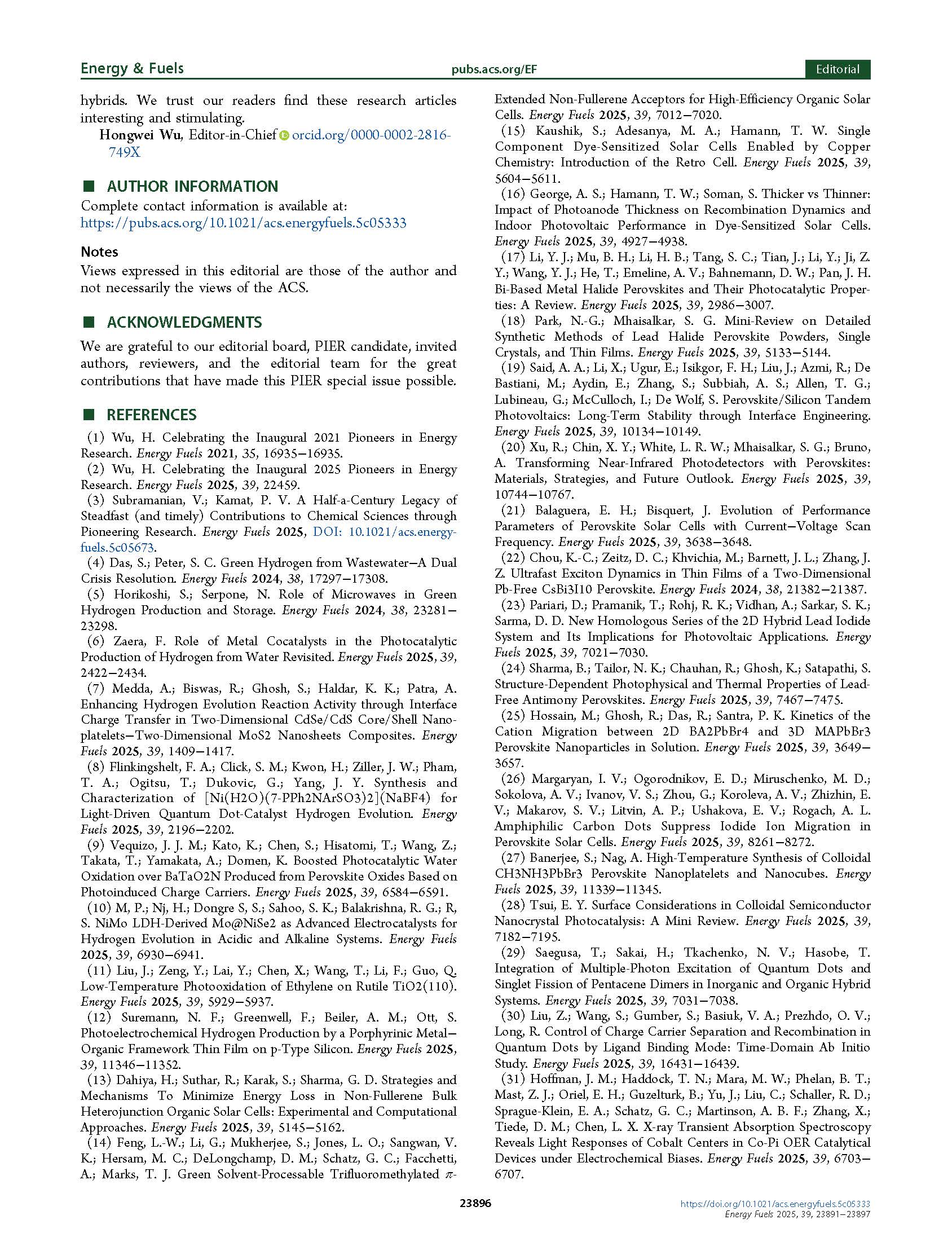

IRCRE Profs. Lionel Vayssieres, Liejin Guo, Eric Lichtfouse, Shaohua Shen, Dengwei Jing, Mingtao Li, Jinwen Shi, Youjun Lu, Hui Jin, Maochang Liu, Bofeng Bai, Wei Yan, Jinzhan Su, and Xiangjiu Guan are listed (career or single author lists) in the 2025 World Top 2% Scientists, a Stanford University bibliometrics study by John P.A. Ioannidis, titled August 2025 data‐update for Updated science‐wide author databases of standardized citation indicators, Elsevier Data Repository Version 8, doi: 10.17632/btchxktzyw.8 published on September 19, 2025.
https://elsevier.digitalcommonsdata.com/datasets/btchxktzyw/8 https://pubs.acs.org/toc/enfuem/39/23 About the Cover: A vision of a safe, clean, and sustainable energy- and food-secure community fueled by off-shore generation, transportation, and use of green ammonia and hydrogen powered by free and geographically balanced solar, wind, seawater, wastewater, and tidal-wave resources: This image was created by the authors using Google AI Gemini 2.0 Imagen 3.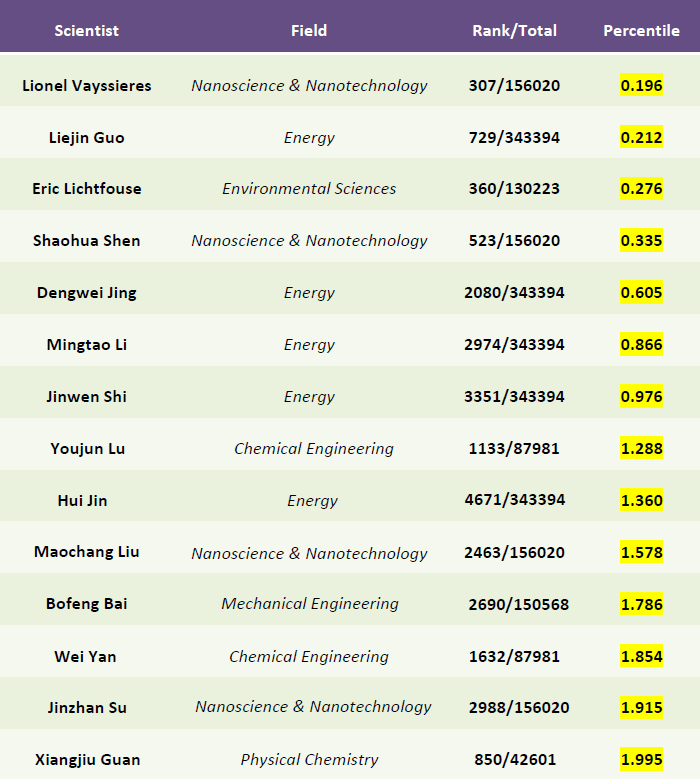
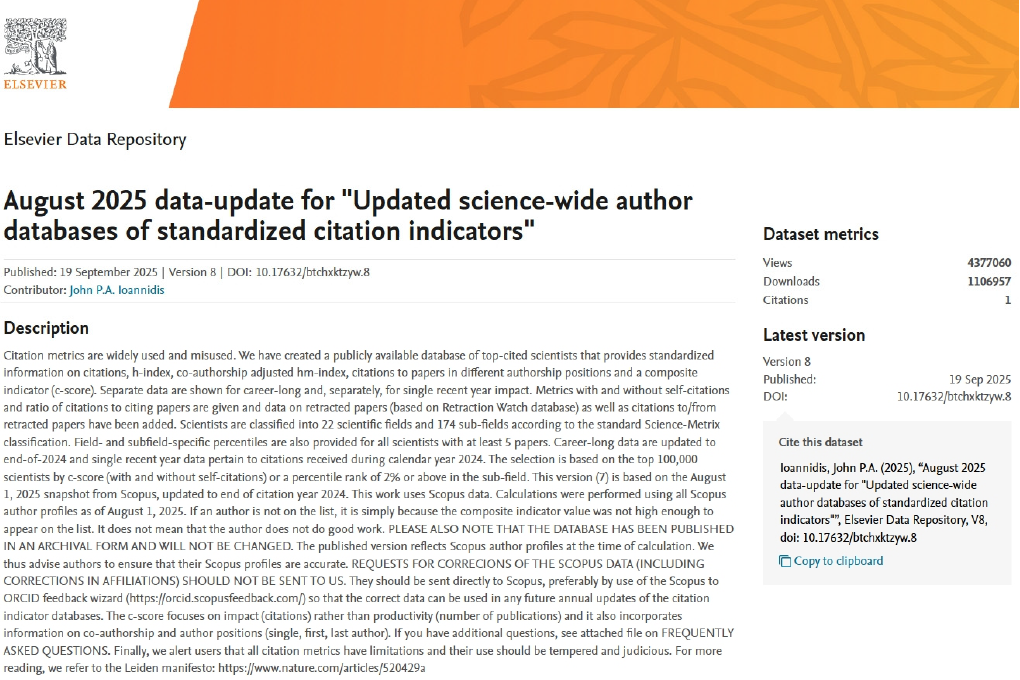
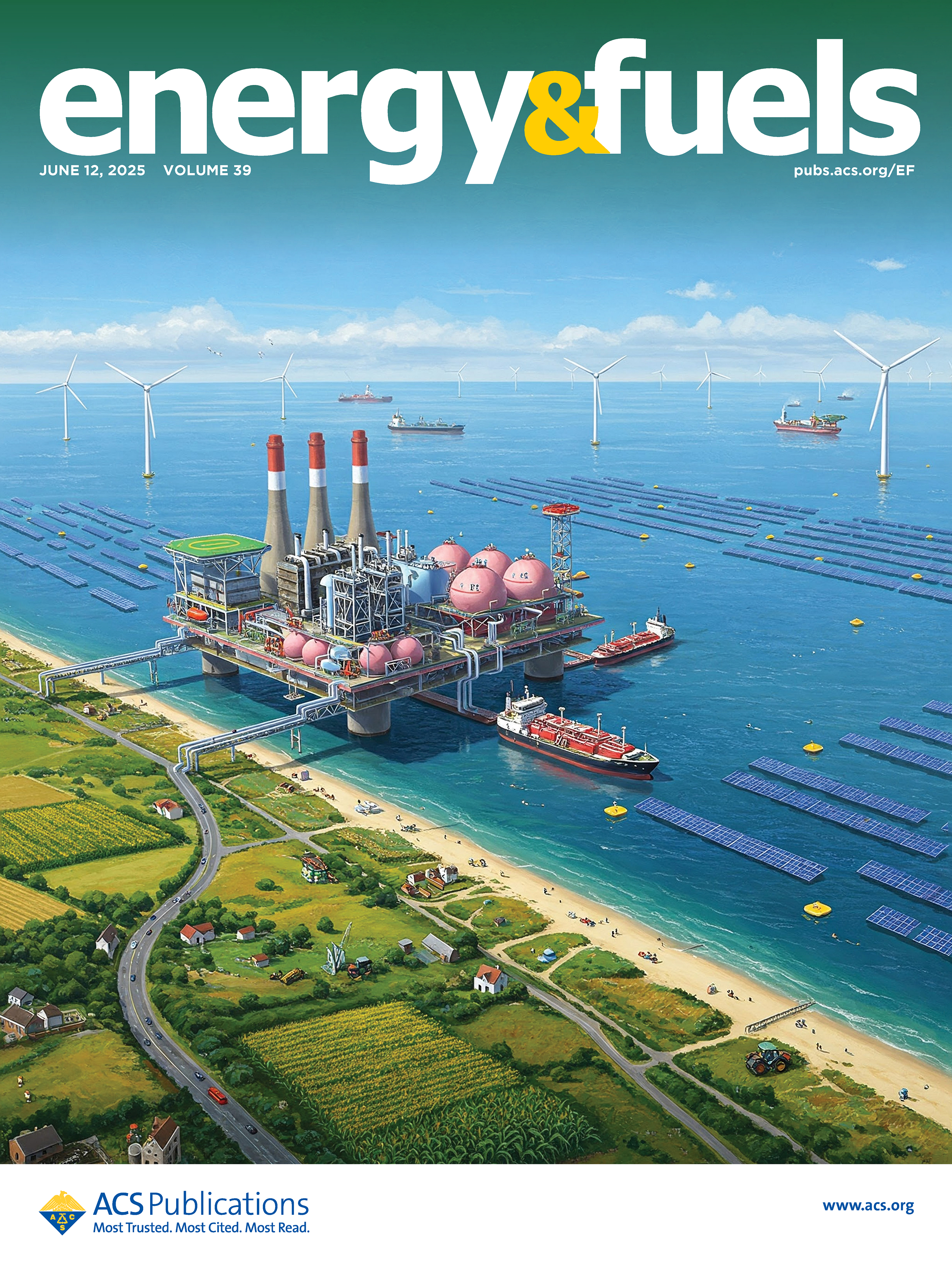
The list of Most Cited Chinese Researchers 2024 was published by Elsevier on March 25, 2025. 6388 researchers from 10 different research fields were selected and 92 professors from Xi’an Jiaotong University including 20 professors from State Key Laboratory of Multiphase Flow in Power Engineering (MFPE).
Among those, Prof. Liejin Guo (Energy), Prof. Lionel Vayssieres (Materials Science) , Prof. Shaohua Shen (Energy),and Prof. Jinzhan Su (Energy) belong to the International Research Center for Renewable Energy (IRCRE).
Most Cited Chinese Researchers 2024 at State Key laboratory of Multiphase Flow in Power Engineering and International Research Center for Renewable Energy, Xi’an Jiaotong University:
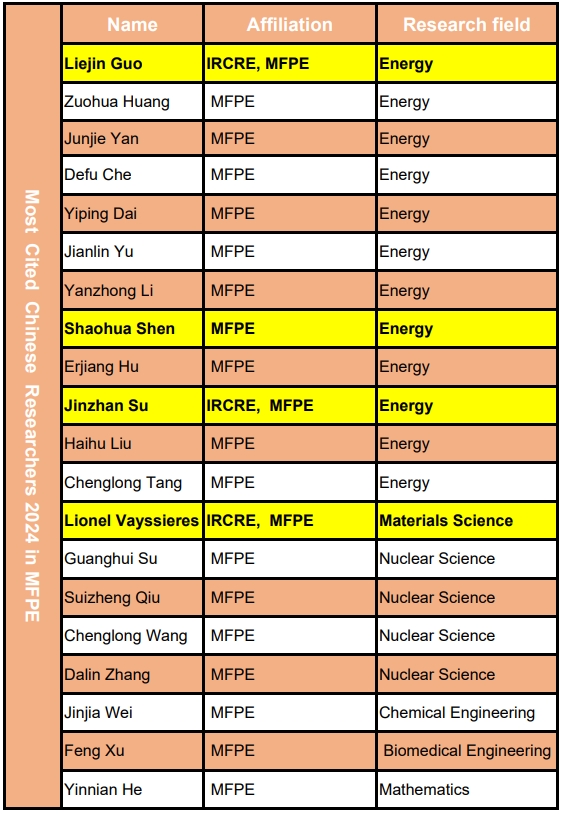
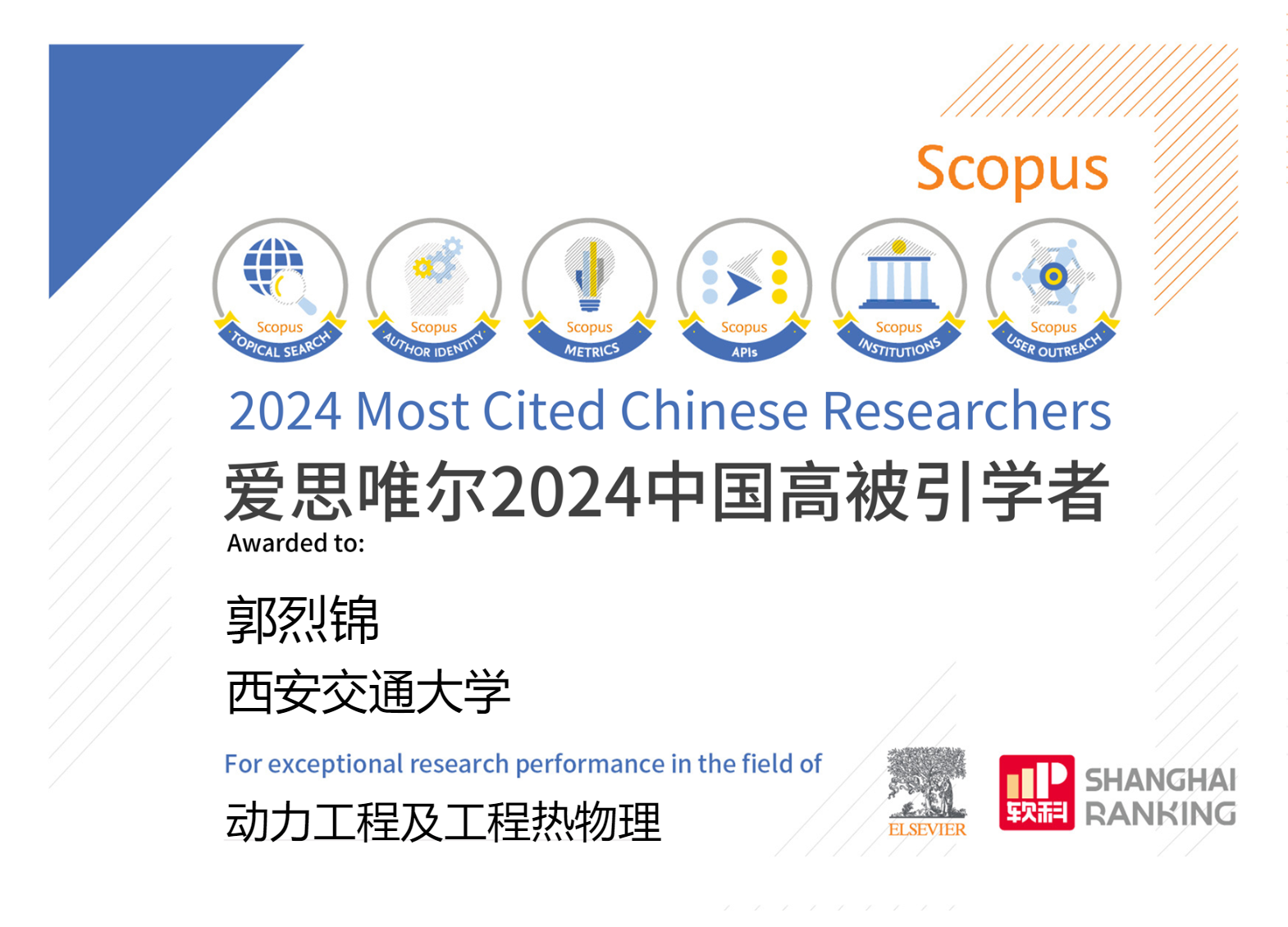
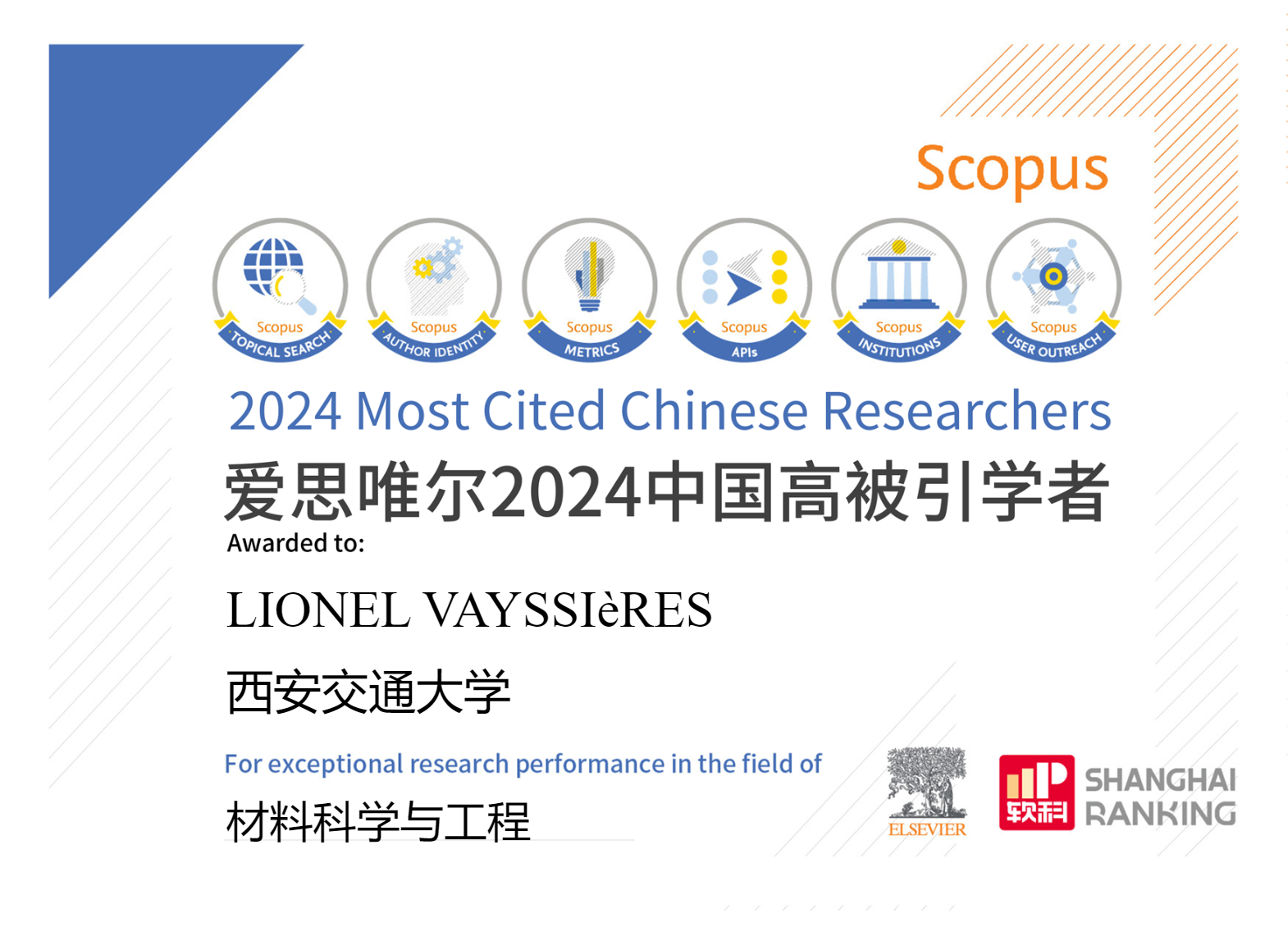
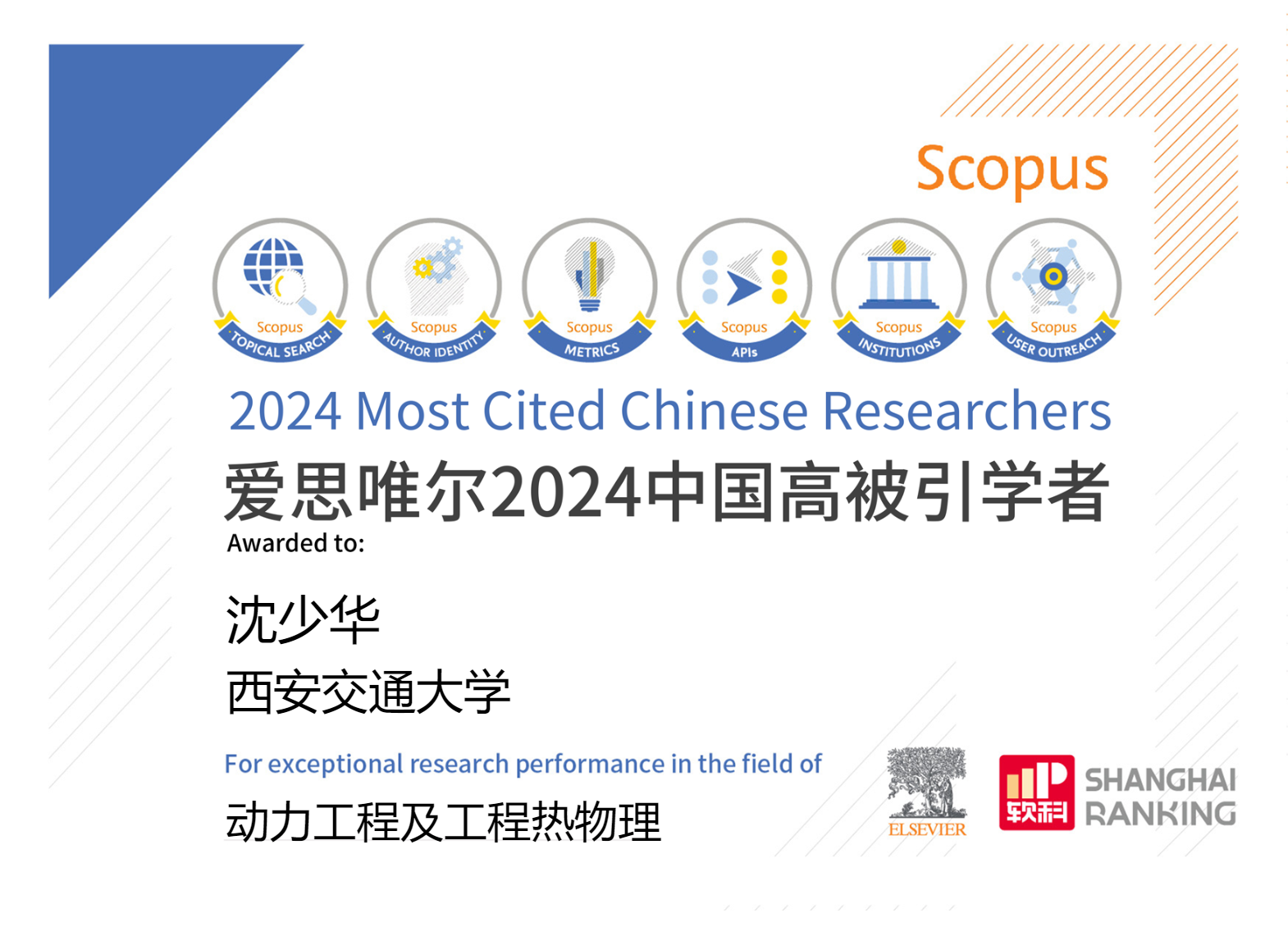
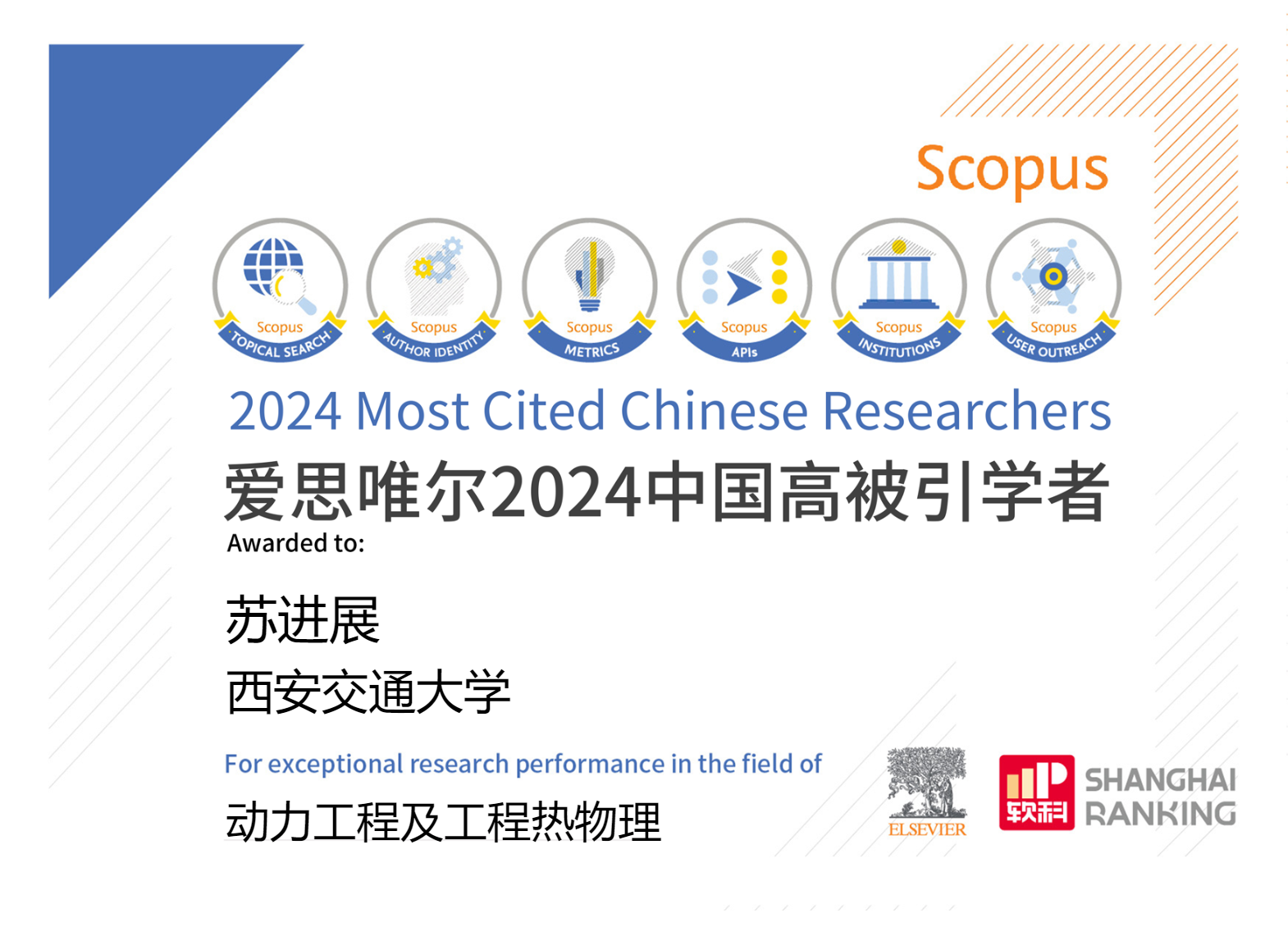
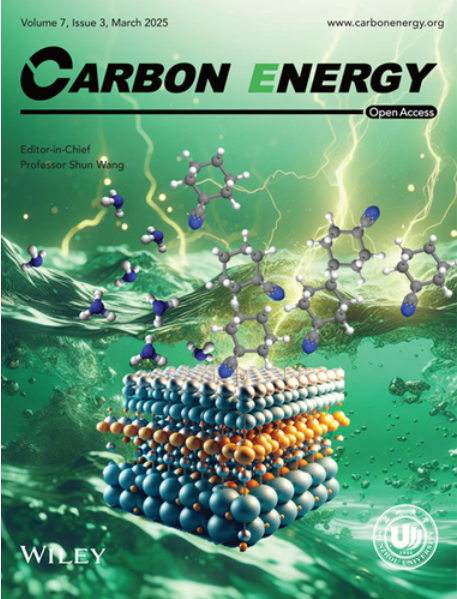
https://doi.org/10.1002/cey2.70022
Back cover image: Electrocatalytic selective oxidation of amines to imines is an attractive way to produce nitrile compounds, but it is limited by inefficient catalysts. Herein, we apply a oxyhydroxide layer formed on top of iron-doped layered nickel phosphorus trisulphides (Ni1-xFexPS3) to induce oxidation of benzylamine (BA). Structural and surface chemical characterizations during the electrocatalytic process combined with calculations reveal that Ni1-xFexPS3 undergoes surface reconstruction under alkaline conditions to form metal oxyhydroxide/phosphorus trichalcogenide (NiFeOOH/Ni1-xFexPS3) heterostructure. The heterointerface facilitates BA oxidation with a low onset potential of 1.39 V and Faradaic efficiency of 53% for benzonitrile synthesis. The NiFeOOH/Ni1-xFexPS3 heterostructure off ers optimum free energy for BA adsorption and benzonitrile desorption, resulting in promising benzonitrile synthesis.
View the article
INT-Institute for Nanotechnology recognition and appreciation speech by Prof. Dr. Lionel Vayssieres, Co-founder and Scientific Director of the IRCRE-International Research Center for Renewable Energy, Xi'an Jiaotong University, China and Founding Editor-in-Chief of the IJNT-International Journal of Nanotechnology, Inderscience, UK during the 20 years anniversary ceremony held in Ho Chi Minh, Vietnam on September 20th, 2024.
https://hcmint.edu.vn/index.php?Module=Content&Action=view&id=888 IRCRE Profs. Lionel Vayssieres, Liejin Guo, Hui Jin, Eric Lichtfouse, Shaohua Shen, Mingtao Li, Dengwei Jing, Jinwen Shi, Youjun Lu, Bofeng Bai, Maochang Liu, and Jinzhan Su are listed in the 2024 World Top 2% Scientists Stanford University bibliometrics study by John P.A. Ioannidis, titled "August 2024 data‐update for "Updated science‐wide author databases of standardized citation indicators"", Elsevier Data Repository, V7, doi: 10.17632/btchxktzyw.7 published on September 16, 2024.
https://elsevier.digitalcommonsdata.com/datasets/btchxktzyw/7 The list of Most Cited Chinese Researchers 2023 was published by Elsevier
on March 27, 2024. 5801 researchers from 10 different research fields
were selected and 83 professors from Xi’an Jiaotong University including 20 professors from
State Key Laboratory of Multiphase Flow in Power Engineering (MFPE). Among those, Prof. Liejin Guo (Energy), Prof. Lionel Vayssieres (Materials Science) and Prof. Jinzhan Su (Energy) belong to the International Research Center for
Renewable Energy (IRCRE). Most Cited Chinese Researchers 2023 at State Key laboratory of Multiphase Flow in Power Engineering and International Research Center for Renewable Energy, Xi’an Jiaotong University: IRCRE Profs. Lionel Vayssieres, Liejin Guo, Shaohua Shen, Youjun Lu, Dengwei Jing, Mingtao Li, Jinwen Shi, Hui Jin, Jinzhan Su, and Maochang Liu are listed in the 2023 Top 2% World Scientists Stanford University bibliometrics study by John P.A. Ioannidis, titled "October 2023 data‐update for "Updated science‐wide author databases of standardized citation indicators"", Elsevier Data Repository, V5, doi: 10.17632/btchxktzyw.6 published on October 4, 2023. https://elsevier.digitalcommonsdata.com/datasets/btchxktzyw/6 The list of Most Cited Chinese Researchers 2022 was published by Elsevier
on March 28, 2023. 5216 researchers from 10 different research fields
were selected and 72 professors from Xi’an Jiaotong University including 14 professors from
State Key Laboratory of Multiphase Flow in Power Engineering (MFPE). Among those, Prof. Liejin Guo (Energy), Prof. Lionel Vayssieres (Materials Science) and Prof. Jinzhan Su (Energy) belong to the International Research Center for
Renewable Energy (IRCRE). Most Cited Chinese Researchers 2022 at State Key laboratory of Multiphase Flow in Power Engineering and International Research Center for Renewable Energy, Xi’an Jiaotong University: IRCRE Prof. Lionel Vayssieres, Liejin Guo, Shaohua Shen, Dengwei Jing, Mingtao Li, Youjun Lu, and Hui Jin are listed in the 2022 Top 2% World Scientists Stanford University bibliometrics study by John P.A. Ioannidis, titled "September 2022 data‐update for "Updated science‐wide author databases of standardized citation indicators"", Elsevier Data Repository, V5, doi: 10.17632/btchxktzyw.5 published on November 3, 2022. https://elsevier.digitalcommonsdata.com/datasets/btchxktzyw/5 The list of Most Cited Chinese Researchers 2021 was published by Elsevier
on April 14, 2022. 4701 researchers from 84 different research fields
were selected and 61 professors from Xi’an Jiaotong University including 14 professors from
State Key Laboratory of Multiphase Flow in Power Engineering (MFPE). Among those, Prof. Liejin Guo (Energy), Prof. Lionel Vayssieres (Materials Science) and Prof. Jinzhan Su (Energy) belong to the International Research Center for
Renewable Energy (IRCRE). Most Cited Chinese Researchers 2021 at State Key laboratory of Multiphase Flow in Power Engineering and International Research Center for Renewable Energy, Xi’an Jiaotong University: IRCRE Prof. Lionel Vayssieres, Liejin Guo, Shaohua Shen and Dengwei Jing are listed in the:
2021 Top 2% World Scientists Stanford University study by Baas, Jeroen; Boyack, Kevin; Ioannidis, John P.A., titled August 2021 data‐update for "Updated science‐wide author databases of standardized citation indicators", Mendeley Data, V3, doi: 10.17632/btchxktzyw.3 published on October 19, 2021 based on publications and citations datasets from year 1834 to 2021, https://elsevier.digitalcommonsdata.com/datasets/btchxktzyw/3 This study features 186,177 Top 2% Scientists; 176 Subject Fields; 21,800 Institutions and 162 countries.
https://iopscience.iop.org/article/10.1149/2.F01214IF IRCRE Prof. Lionel Vayssieres Journal of Electrochemical Society (JES) pionneering article on Photoelectrochemistry of oriented Hematite nanorod-arrays is listed in the Top 2 Most Highly Cited Articles for the last 30 years from the Electrochemical Society in ELECTROCHEMICAL SCIENCE for PHYSICAL & ANALYTICAL ELECTROCHEMISTRY, ELECTROCATALYSIS, & PHOTOELECTROCHEMISTRY Section. https://iopscience.iop.org/article/10.1149/1.1393553 The list of Most Cited Chinese Researchers 2020 was published by Elsevier
on April 22, 2021. 4023 researchers from 84 different research fields
were selected and 51 professors from Xi’an Jiaotong University including 16 professors from
State Key Laboratory of Multiphase Flow in Power Engineering (MFPE). Among those, Prof. Liejin Guo (Energy), Prof. Lionel Vayssieres (Materials Science) and Prof. Jinzhan Su (Energy) belong to the International Research Center for
Renewable Energy (IRCRE). Most Cited Chinese Researchers 2020 at State Key laboratory of Multiphase Flow in Power Engineering and International Research Center for Renewable Energy, Xi’an Jiaotong University: https://www.elsevier.com/zh-cn/solutions/scopus/most-cited/material-science-2019.html The list of Most Cited Chinese Researchers 2019 was published by Elsevier
on May 7, 2020. 2163 researchers from 38 different research fields
were selected and 20 professors from Xi’an Jiaotong University including 8 from
School of Energy and Power Engineering. Among those, Prof. Liejin Guo (Energy) and Prof. Lionel Vayssieres (Materials Science) belong to the International Research Center for
Renewable Energy (IRCRE). Most Cited Chinese Researchers 2019 in Xi’an Jiaotong University: https://www.elsevier.com/zh-cn/authors/most-cited/material-science-2018.html The list of Most Cited Chinese Researchers 2018 was published by Elsevier
on January 19, 2019. 1899 researchers from 38 different research fields
were selected and 17 professors from Xi’an Jiaotong University including 7 from
School of Energy and Power Engineering. Among those, Prof. Liejin Guo (Energy) and Prof. Lionel Vayssieres (Materials Science) belong to the International Research Center for
Renewable Energy (IRCRE). Most Cited Chinese Researchers 2018 in Xi’an Jiaotong University: http://china.elsevier.com/ElsevierDNN/Portals/7/mostcited/most-cited-researchers-2017.html The list of Most Cited Chinese Researchers 2017 was published by Elsevier
on January 19, 2018. 1793 researchers from 38 different research fields
were selected and 14 professors from Xi’an Jiaotong University including 6 from
School of Energy and Power Engineering. Among those, Prof. Liejin Guo (Energy) and Prof. Lionel Vayssieres (Materials Science) belong to the International Research Center for
Renewable Energy (IRCRE). Most Cited Chinese Researchers 2017 in Xi’an Jiaotong University: http://pubs.acs.org/toc/jpclcd/8/20 About the Cover: http://pubs.acs.org/doi/abs/10.1021/acsenergylett.7b00413 http://china.elsevier.com/ElsevierDNN/2016年中国高被引学者榜单发布/tabid/3053/Default.aspx The list of Most Cited Chinese Researchers 2016 was published by Elsevier
on February 27 2017. 1776 researchers from 38 different research fields
were selected and 14 professors from Xi’an Jiaotong University including 6 from
School of Energy and Power Engineering. Among those, Prof. Liejin Guo (Energy) and Prof. Lionel Vayssieres (Materials Science) belong to the International Research Center for
Renewable Energy (IRCRE). Most Cited Chinese Researchers 2016 in Xi’an Jiaotong University: Vice-Premier Ma Kai delivers one of the 2016 National Chinese Government Friendship Award to Xi'an Jiaotong University professor, Dr. Lionel Vayssieres.
Inside Cover: Nb-Doped Hematite Nanorods for Efficient Solar Water Splitting: Electronic Structure Evolution versus Morphology Alteration http://onlinelibrary.wiley.com/doi/10.1002/cnma.201600095/full The President of the American Ceramic Society Dr. Singh delivers the 2016 American Ceramic Society (ACerS) Global Ambassador Award to Xi'an Jiaotong University professor, Dr. Lionel Vayssieres.
http://www.chemistryviews.org/details/ezine/9163291/Niobium_Improves_Photoelectrodes.html https://www.altmetric.com/details/6146627/news Ferrite boosting photocatalytic hydrogen evolution Provided by: Science China Press This study revealed that creating heterojunctions with synergistically promoted charge carriers separation and accelerated surface catalytic oxidative reaction kinetics would significantly contribute to the photocatalytic hydrogen production performance, which might provide an alternative method for optimizing the semiconductor based heterostructures for efficient solar fuel production. http://china.elsevier.com/ElsevierDNN/2015年中国高被引学者榜单发布/tabid/2880/Default.aspx The list of Highly Cited Researchers in China 2015 was published by Elsevier
on January 26 2016. 1744 researchers from 38 different research fields
were selected and professors from Xi’an Jiaotong University including 6 from
School of Energy and Power Engineering. Among those, Prof. Liejin Guo (Energy) and Prof. Lionel Vayssieres (Materials Science) belong to the International Research Center for
Renewable Energy (IRCRE). Highly Cited Researchers in China 2015 in Xi’an Jiaotong University: http://dx.doi.org/10.1080/08940886.2016.1124677 http://onlinelibrary.wiley.com/doi/10.1002/advs.201570043/full About the Cover: http://www.mrs.org/Meeting-Scene-file/2015/2015-Spring_MeetingScene_Day3.html#symposiumx The MRS Meeting Experience: Prof. Vayssieres' Talk http://materials.typepad.com/mrs_meeting_blog/2015/04/prof-vayssieres-talk.html http://www.chemistryviews.org/details/ezine/7457961/Ultrathin_Nanosheets_for_Photocatalysis.html
http://china.elsevier.com/elsevierdnn/ch/电子产品信息/Scopus/2014年中国高被引学者榜单发布/tabid/2676/Default.aspx The list of Highly Cited Researchers in China 2014 was published by Elsevier on February 2 2015. 1651 researchers from 38 different research fields were selected and 13 professors from Xi’an Jiaotong University.
Among those, Prof. Liejin Guo (Energy) and Prof. Lionel Vayssieres (Materials Science) belong to the International Research Center for Renewable Energy (IRCRE).
Materials and Technologies for Energy Conversion, Saving and Storage: A global network enabling capacity-building for sustainable energy in developing countries http://epe.xjtu.edu.cn/en/details.php?id=556&cat_id=5180&pid=5160 The World's Most Influential Scientific Minds 2014, Science Watch, Thomson Reuters https://www.spie.org/x110173.xml?highlight=x2400&ArticleID=x110173 “Hydrothermally grown ZnO nanorod arrays for gas sensing applications” http://iopscience.iop.org/0957-4484/17/19/037 http://spie.org/x109910.xml?ArticleID=x109910/ http://pubs.rsc.org/en/content/articlelanding/2014/cy/c3cy90045b/unauth/ http://www.sciencedirect.com/science/article/pii/S0360319913010136 http://electrochem.org/dl/interface/sum/sum13/if_sum13.htm/ http://onlinelibrary.wiley.com/doi/10.1002/adma.201303702/full/ https://spie.org/x48082.xml?ArticleID=x48082/ 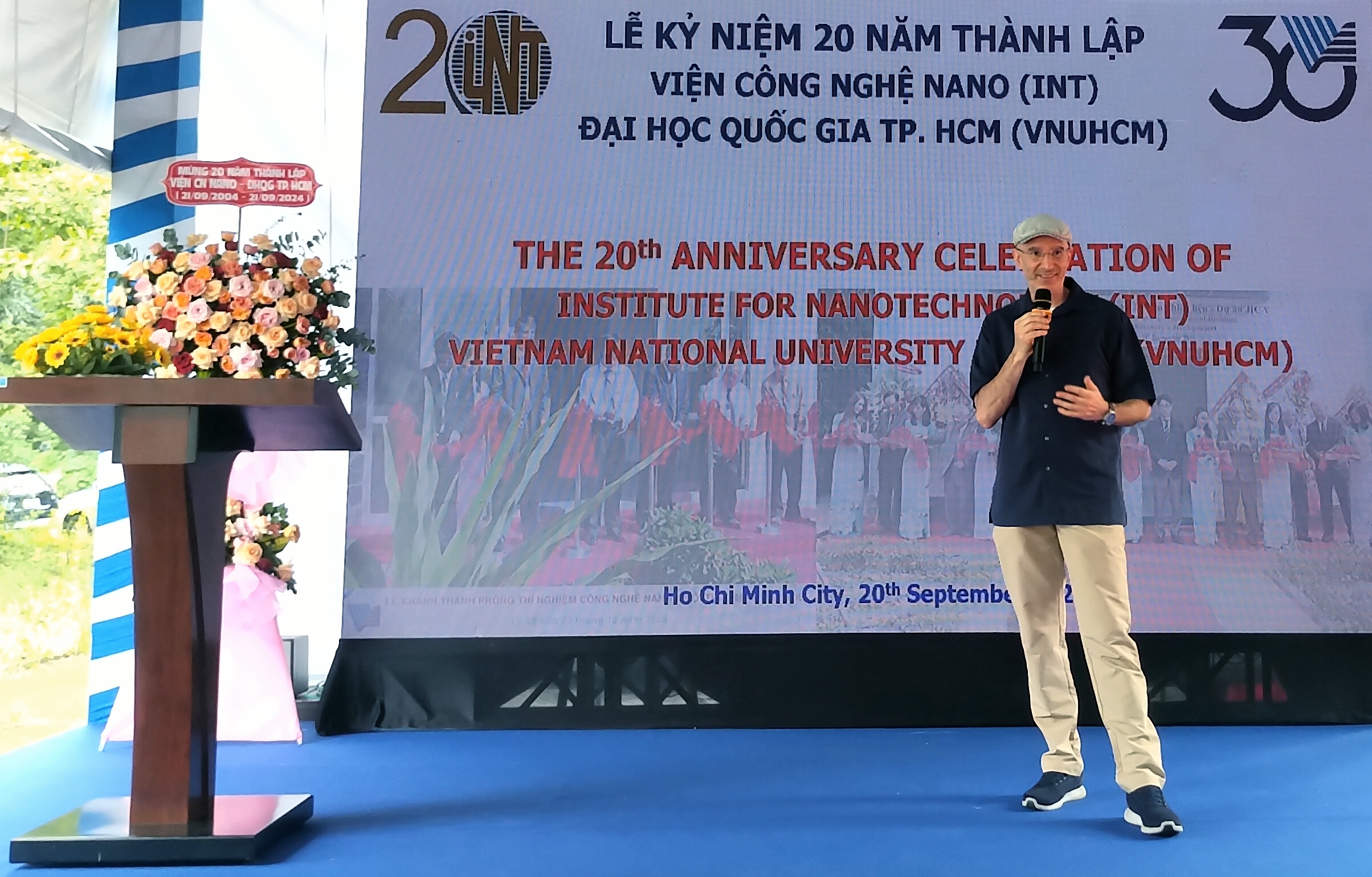
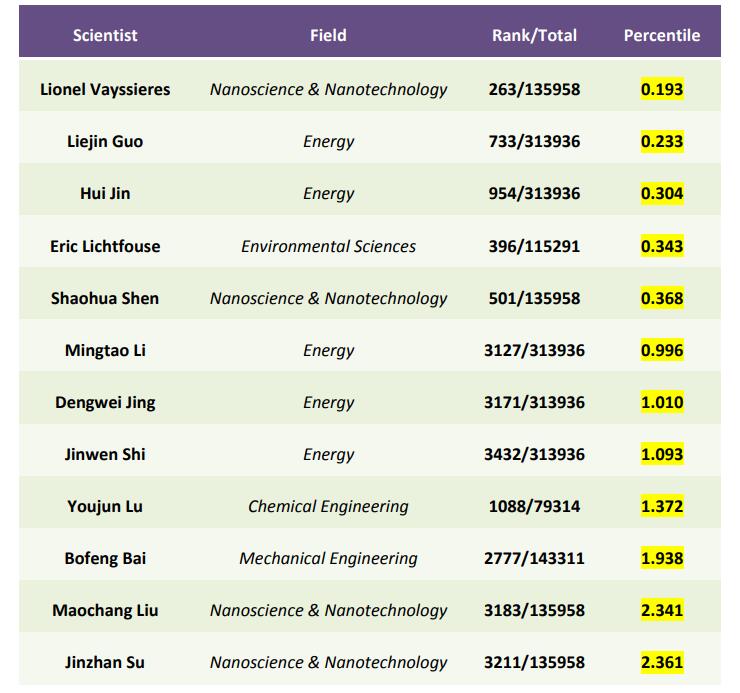
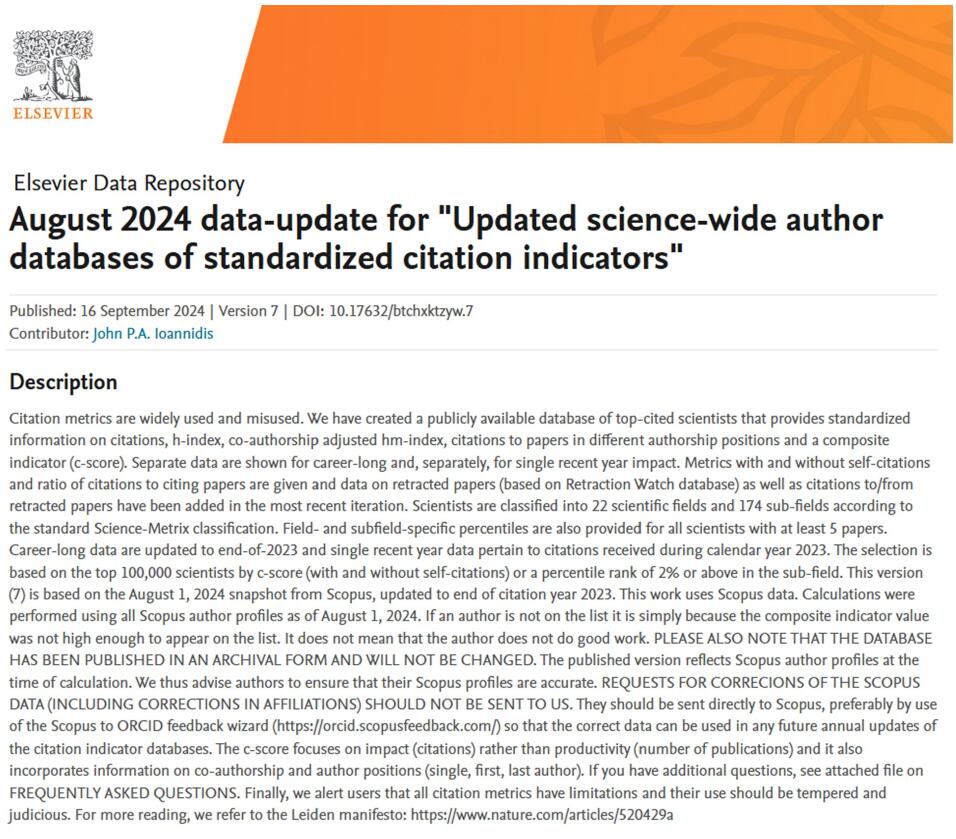





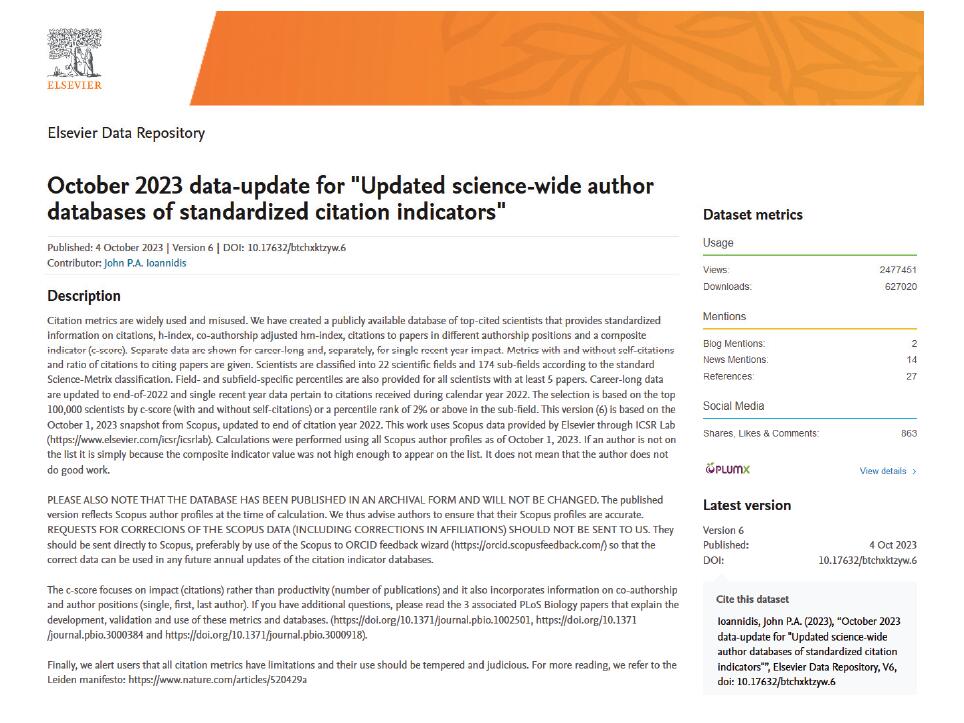
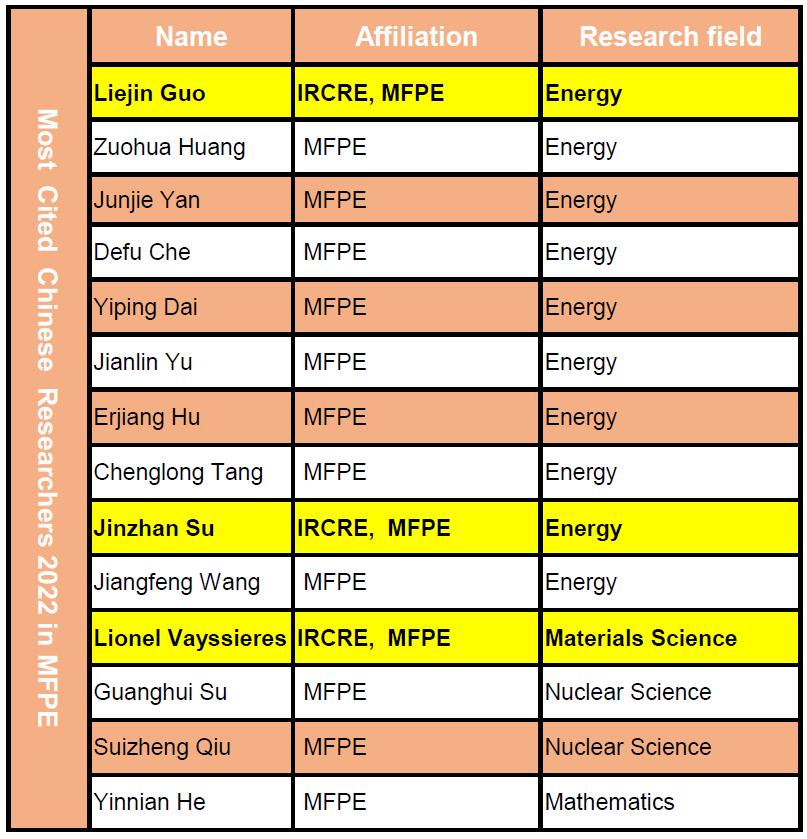
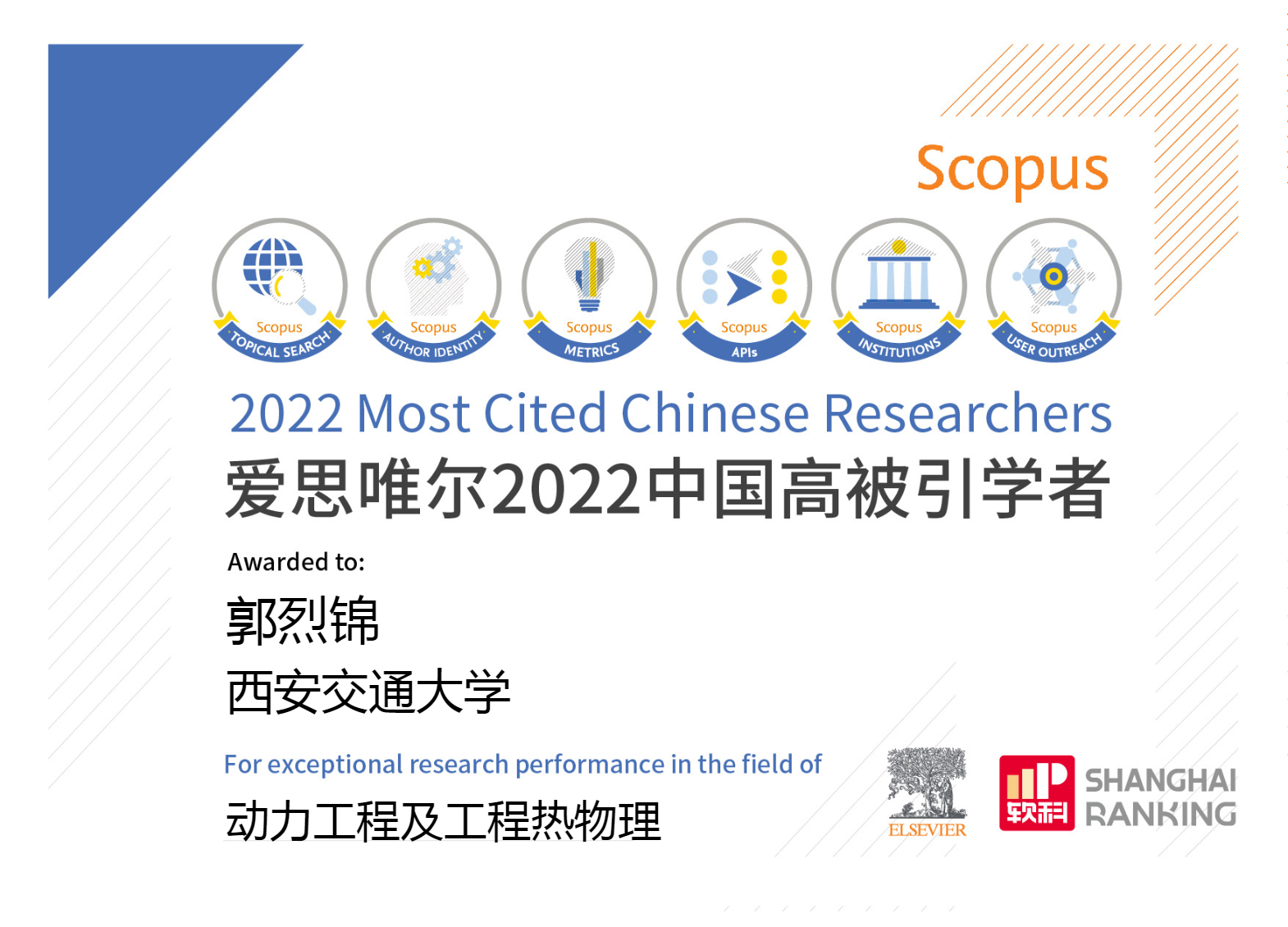
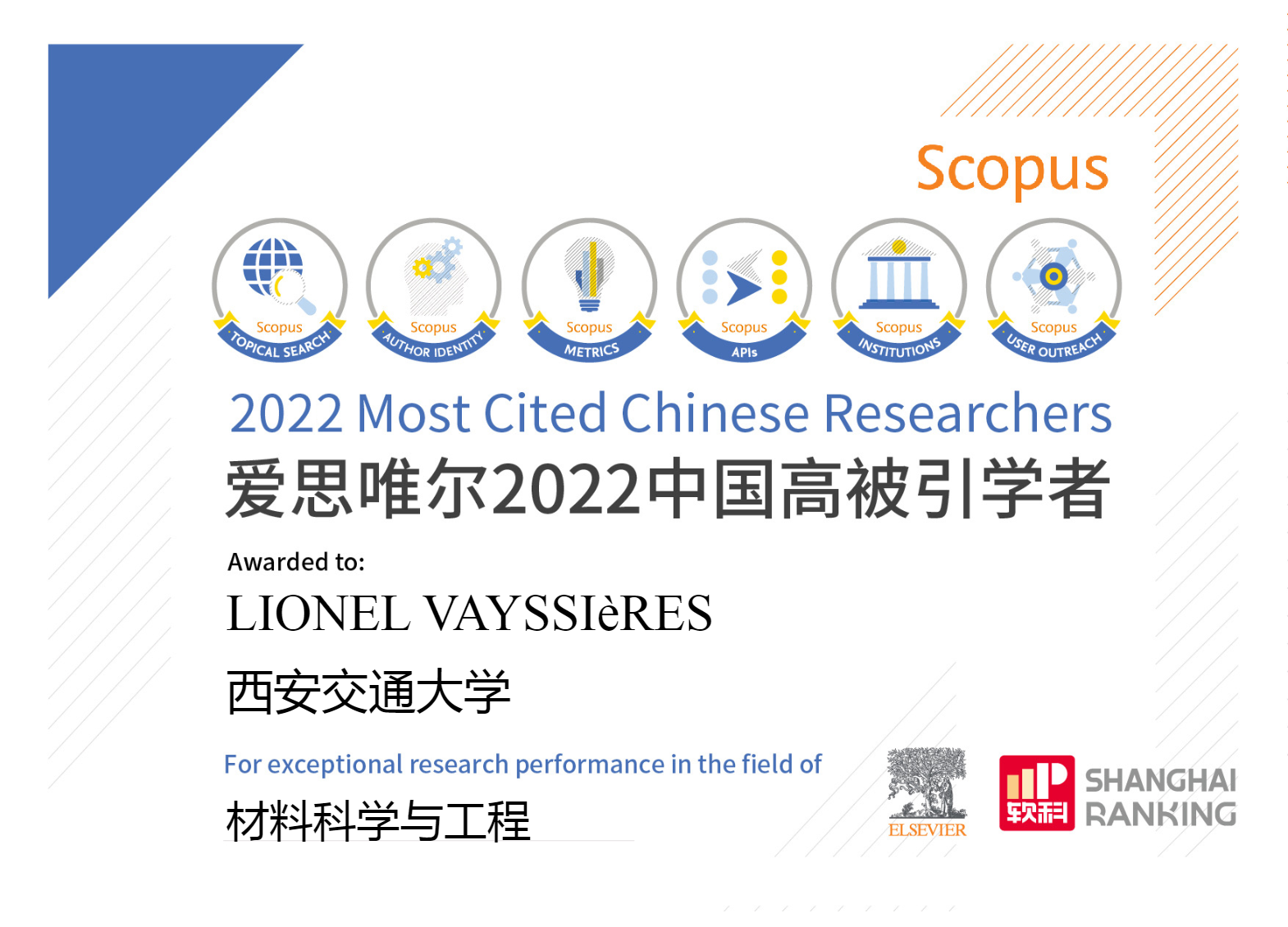
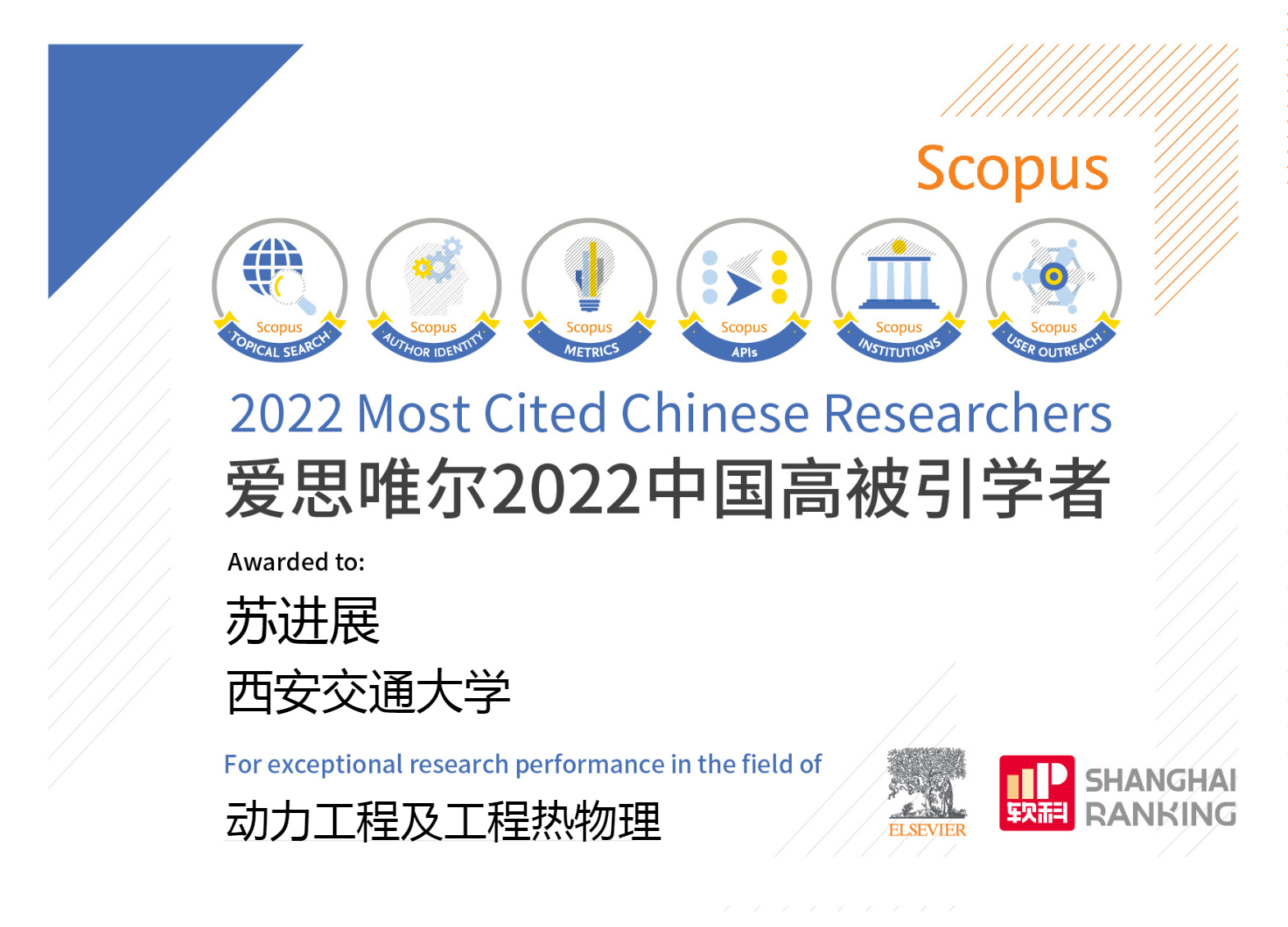
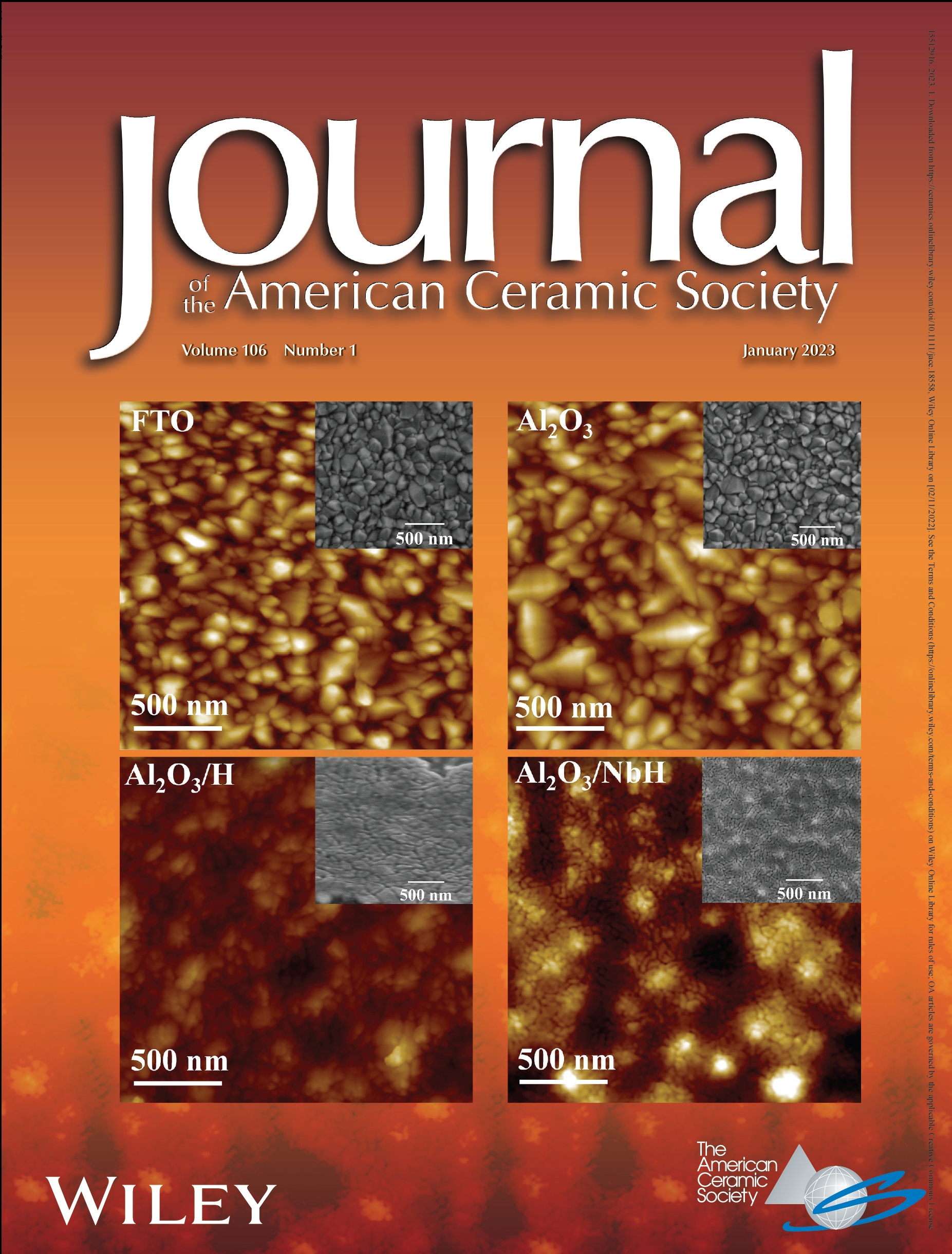
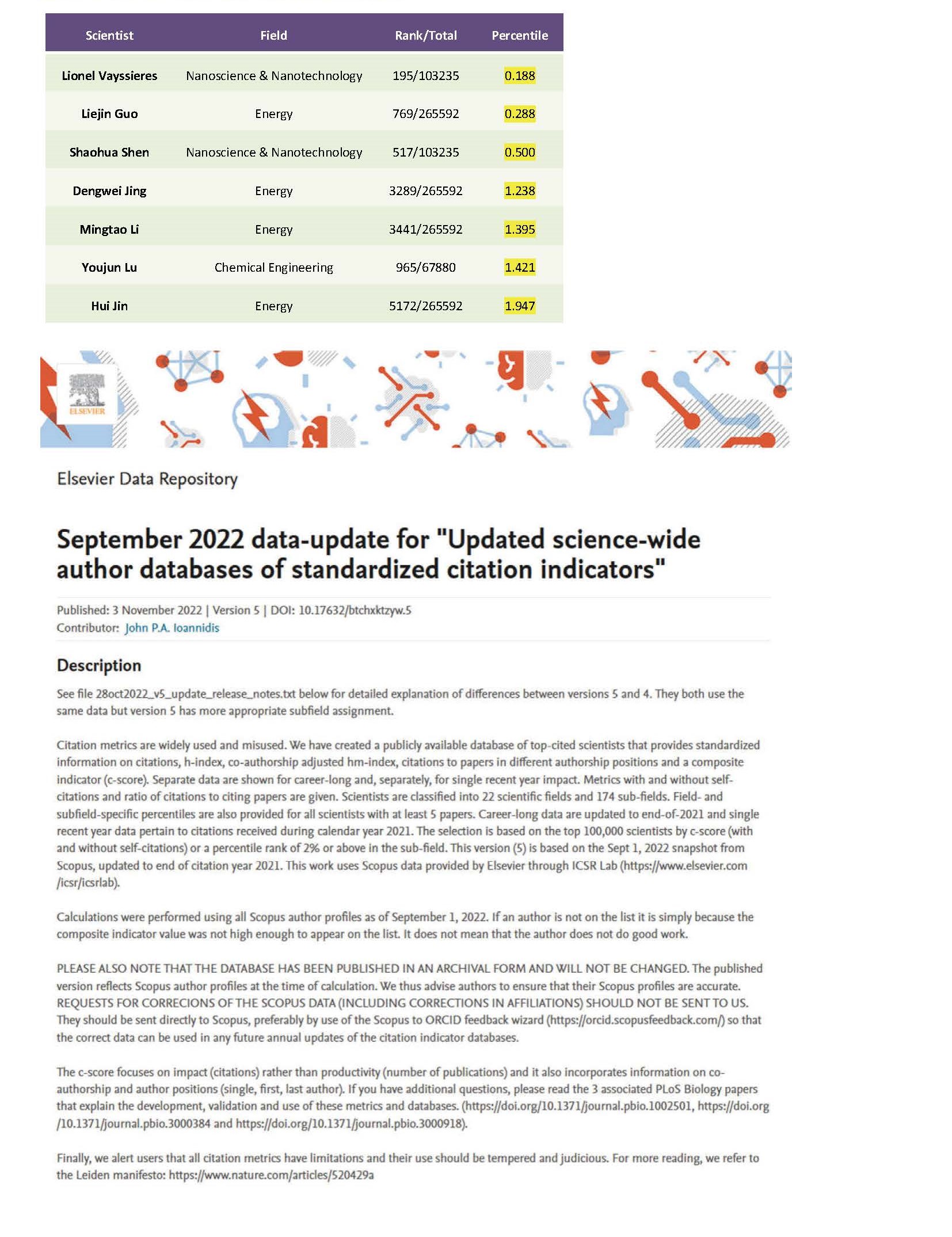



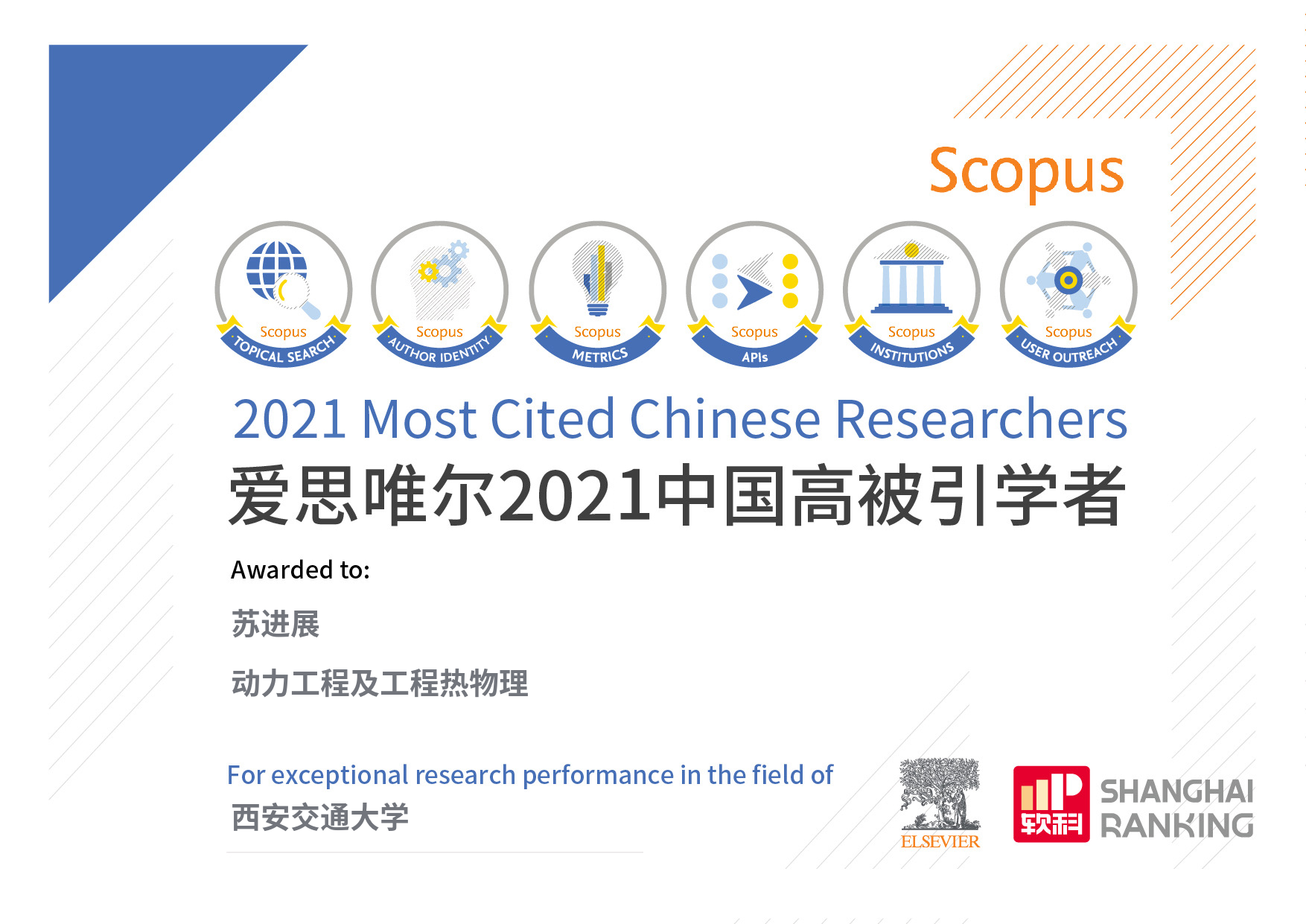
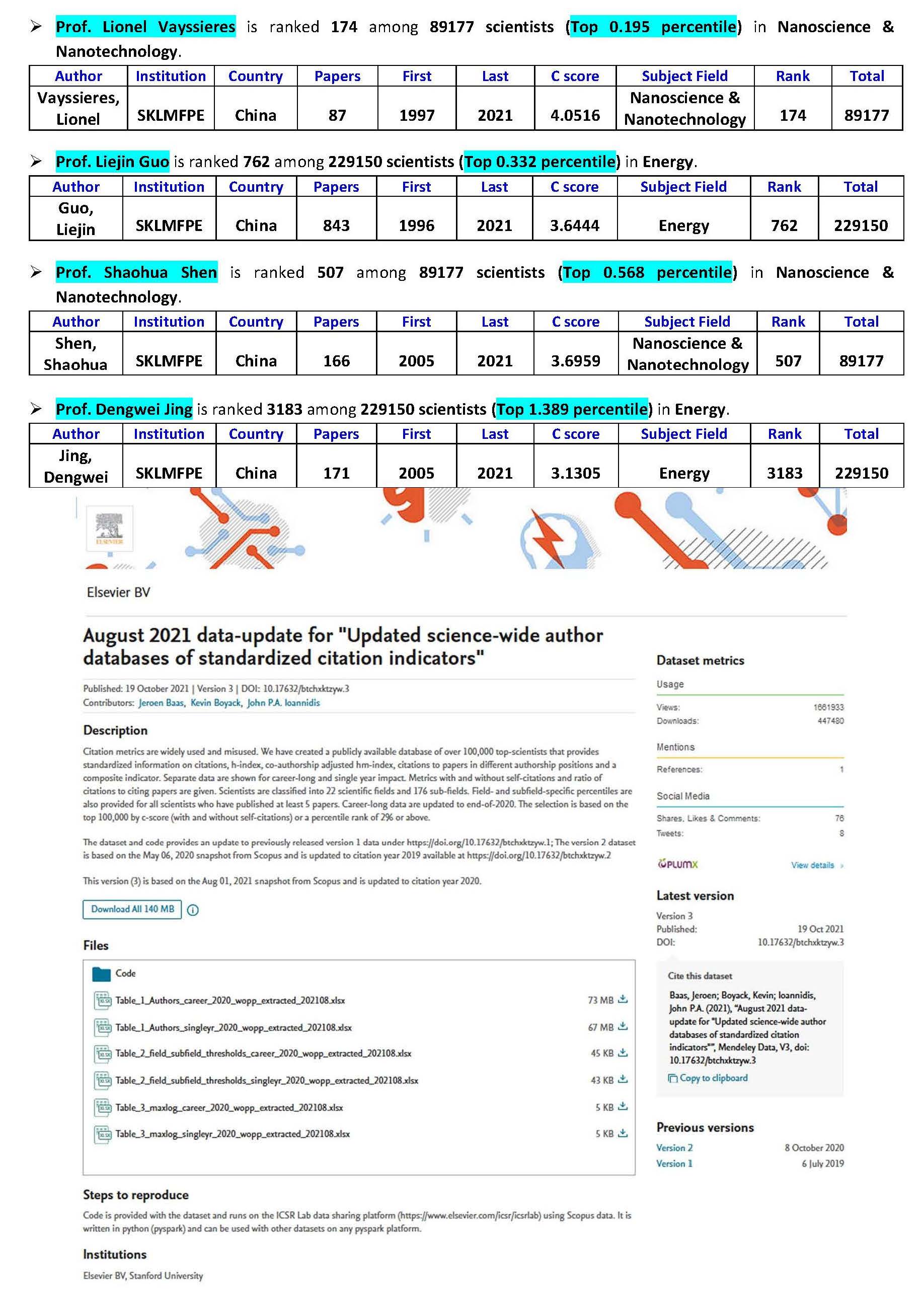
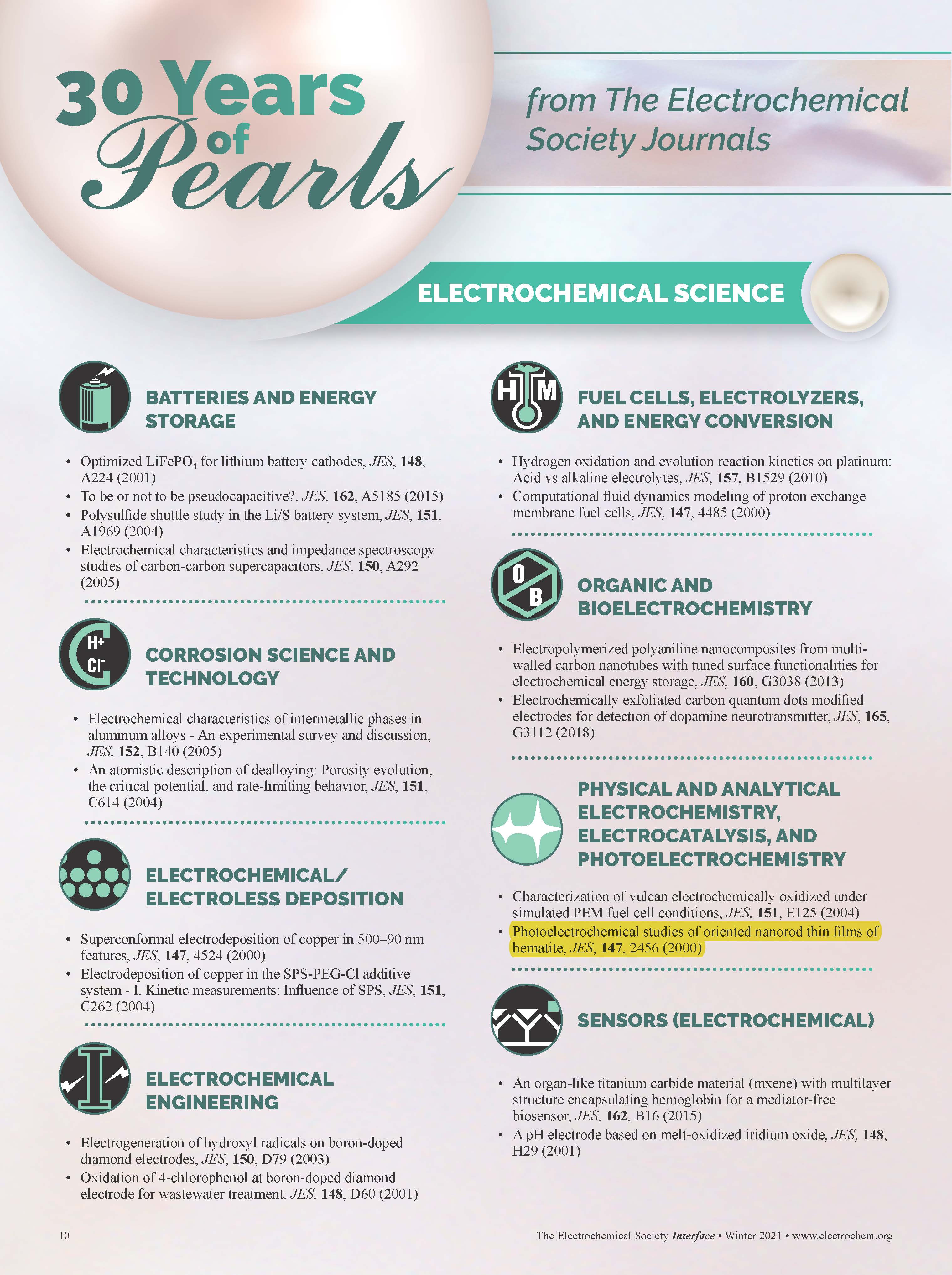
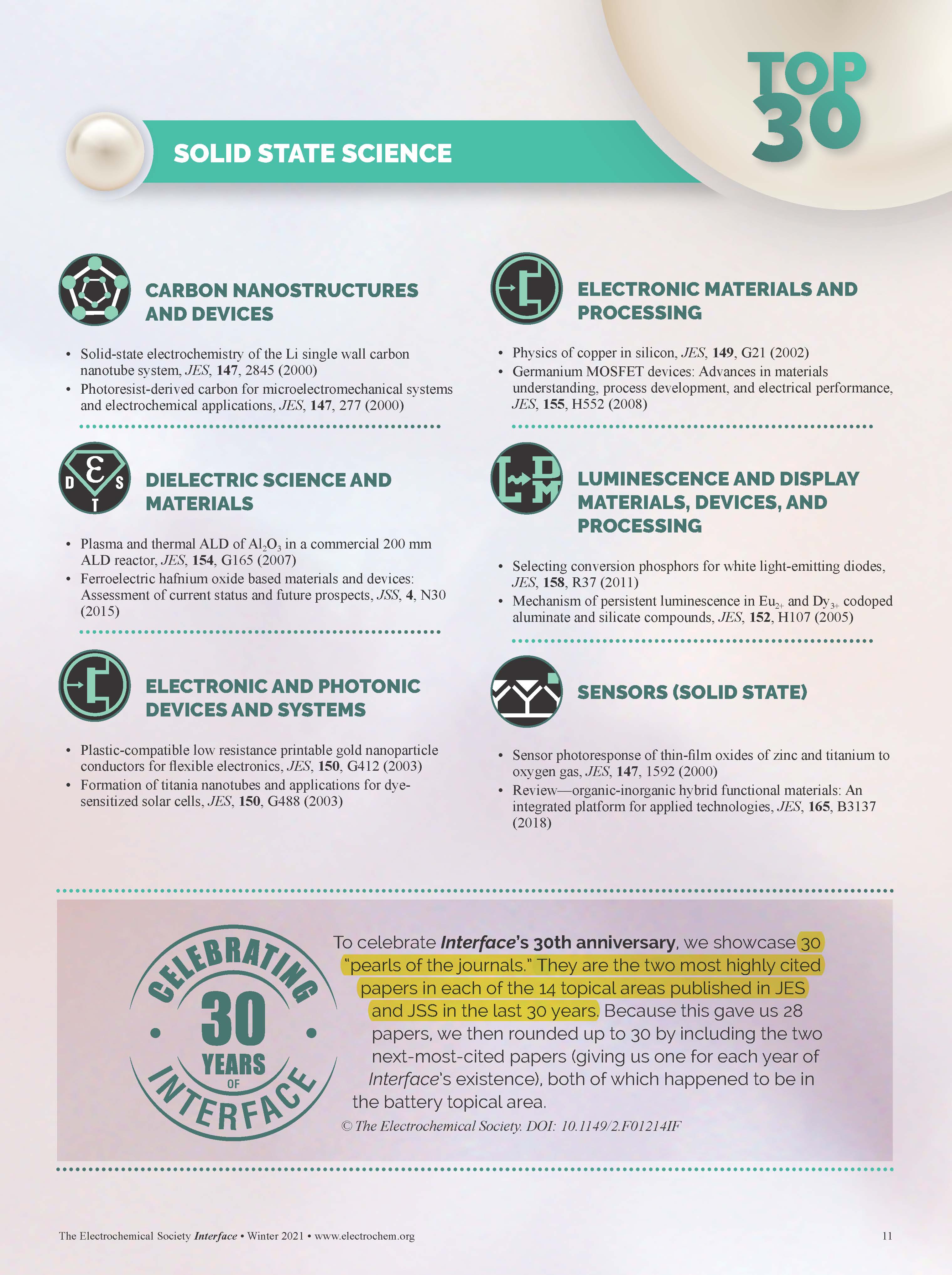
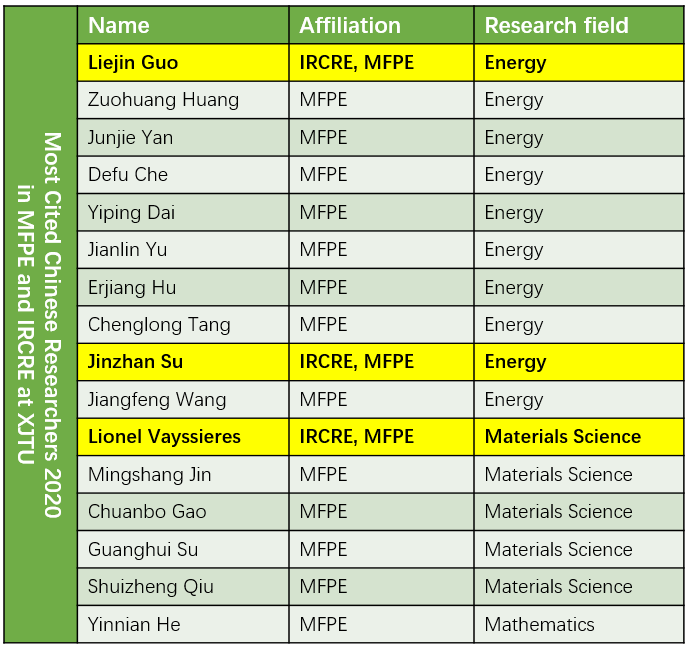
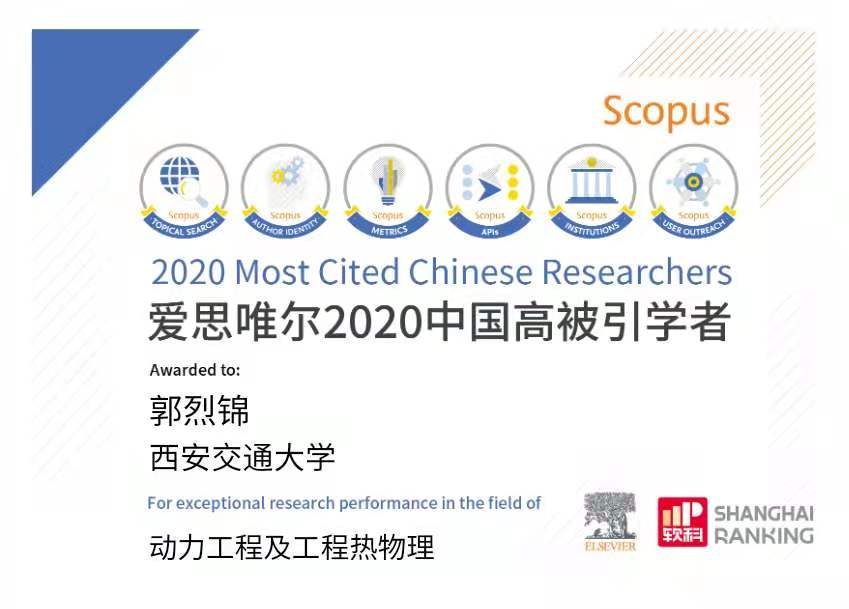

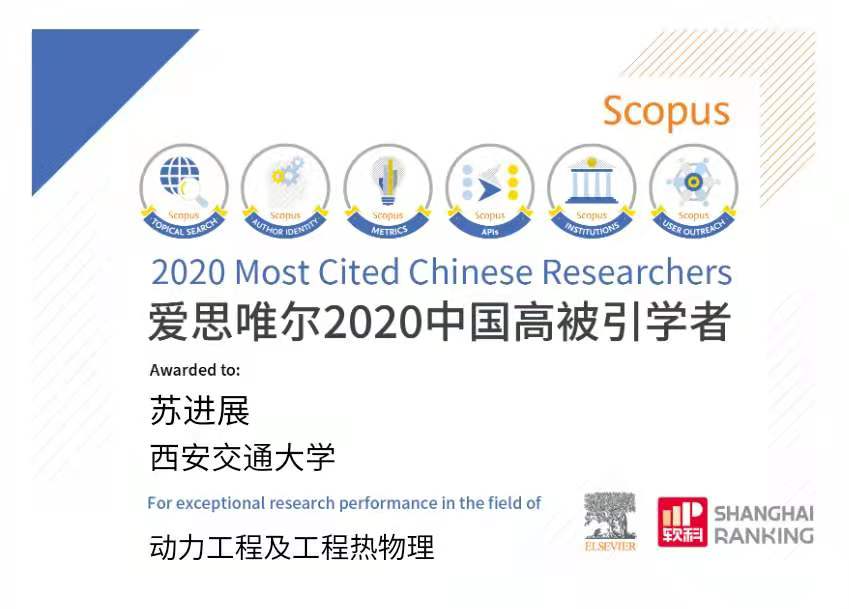
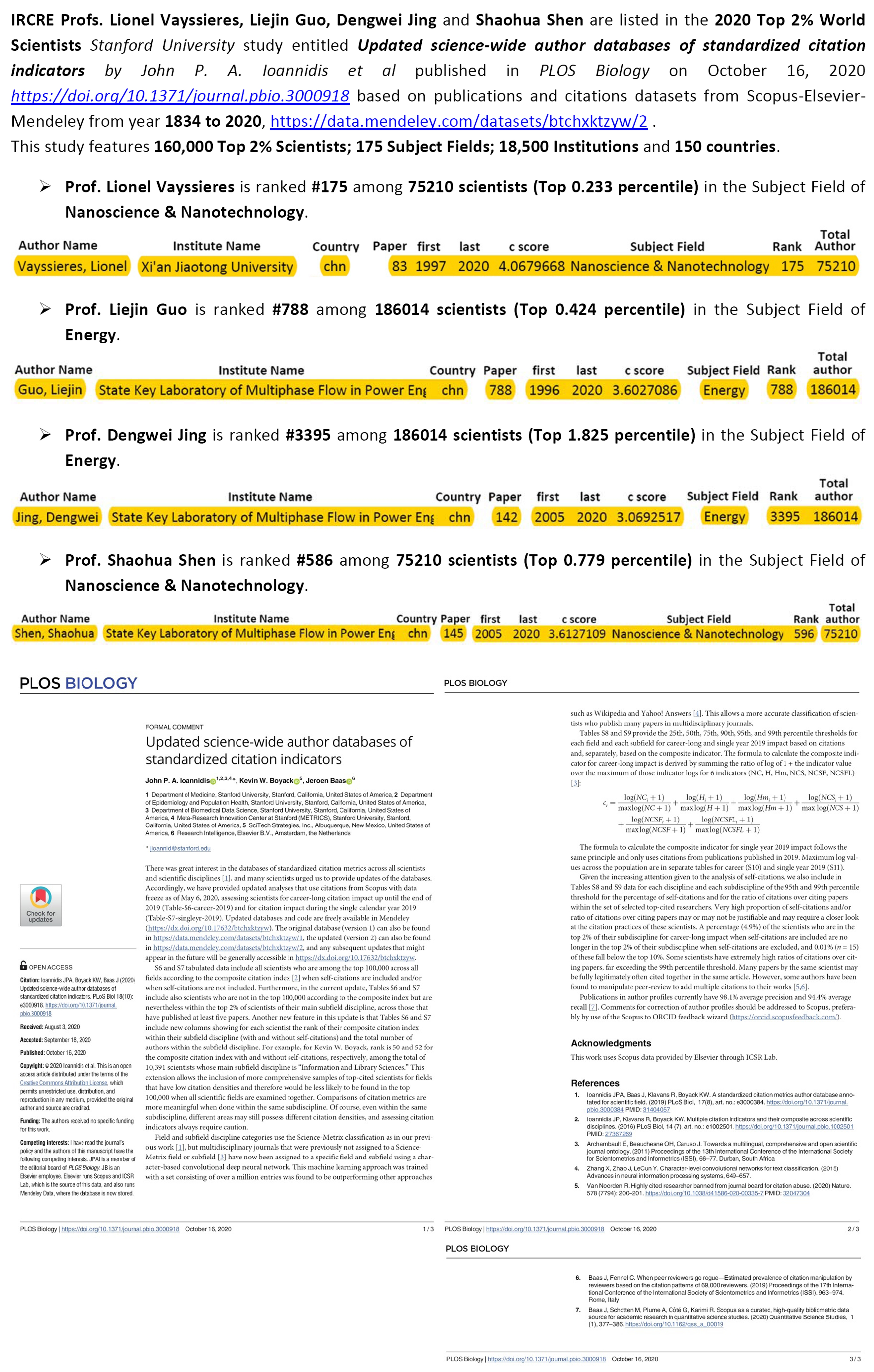
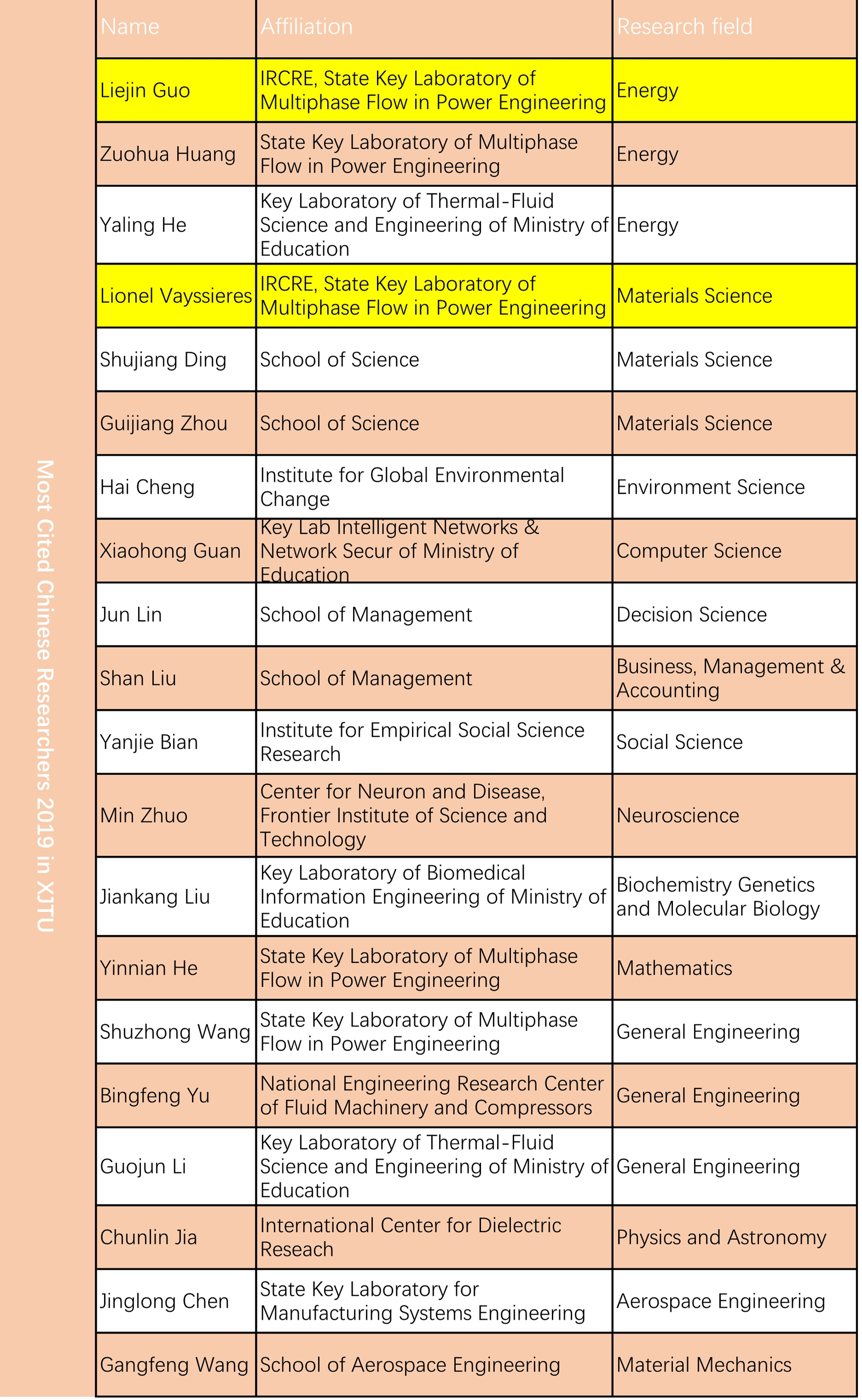
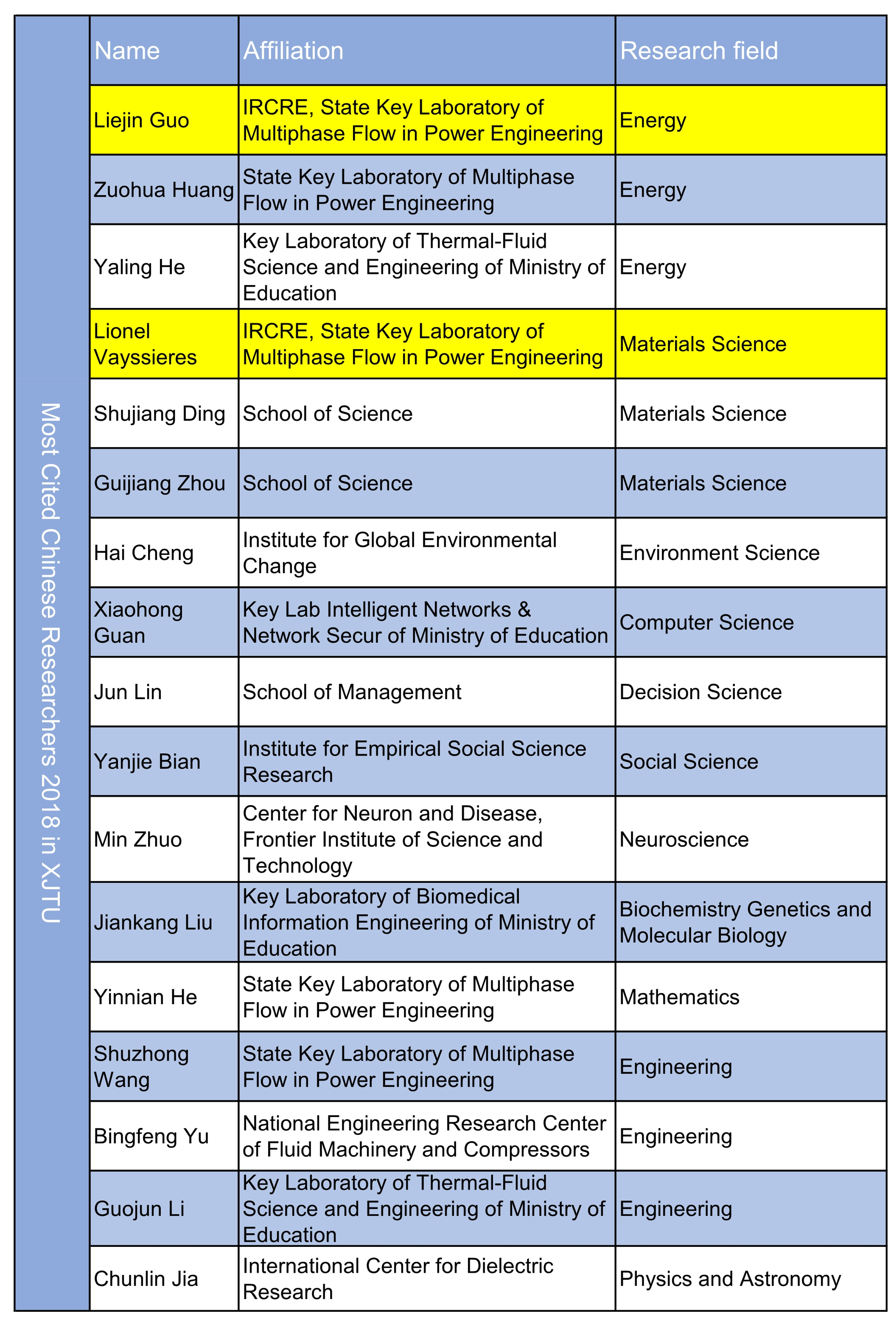

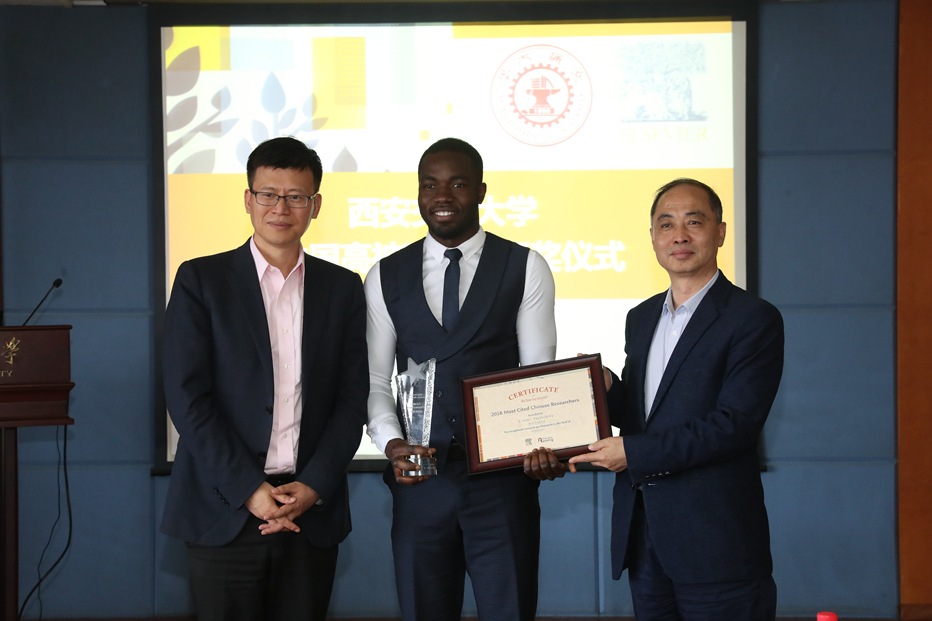
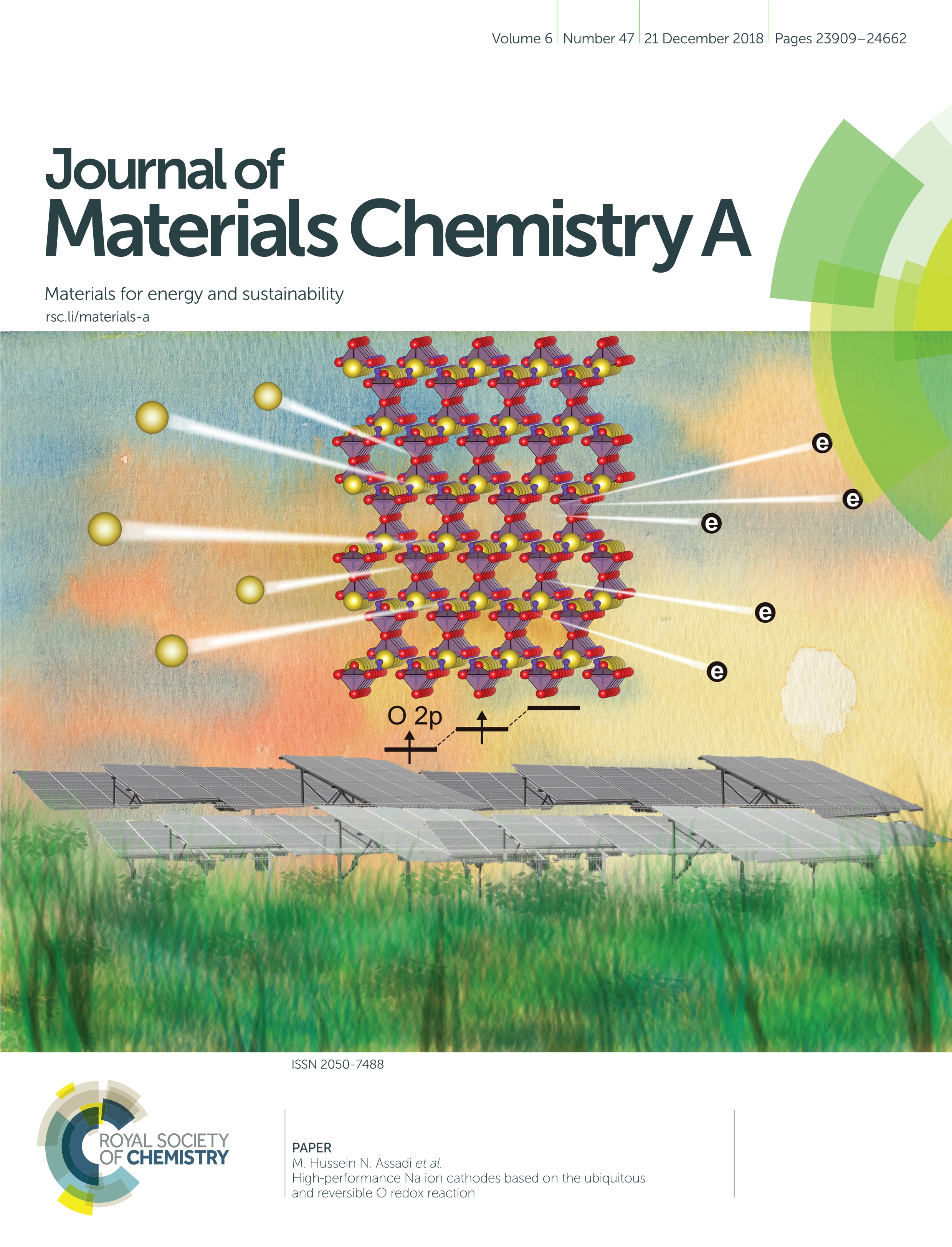
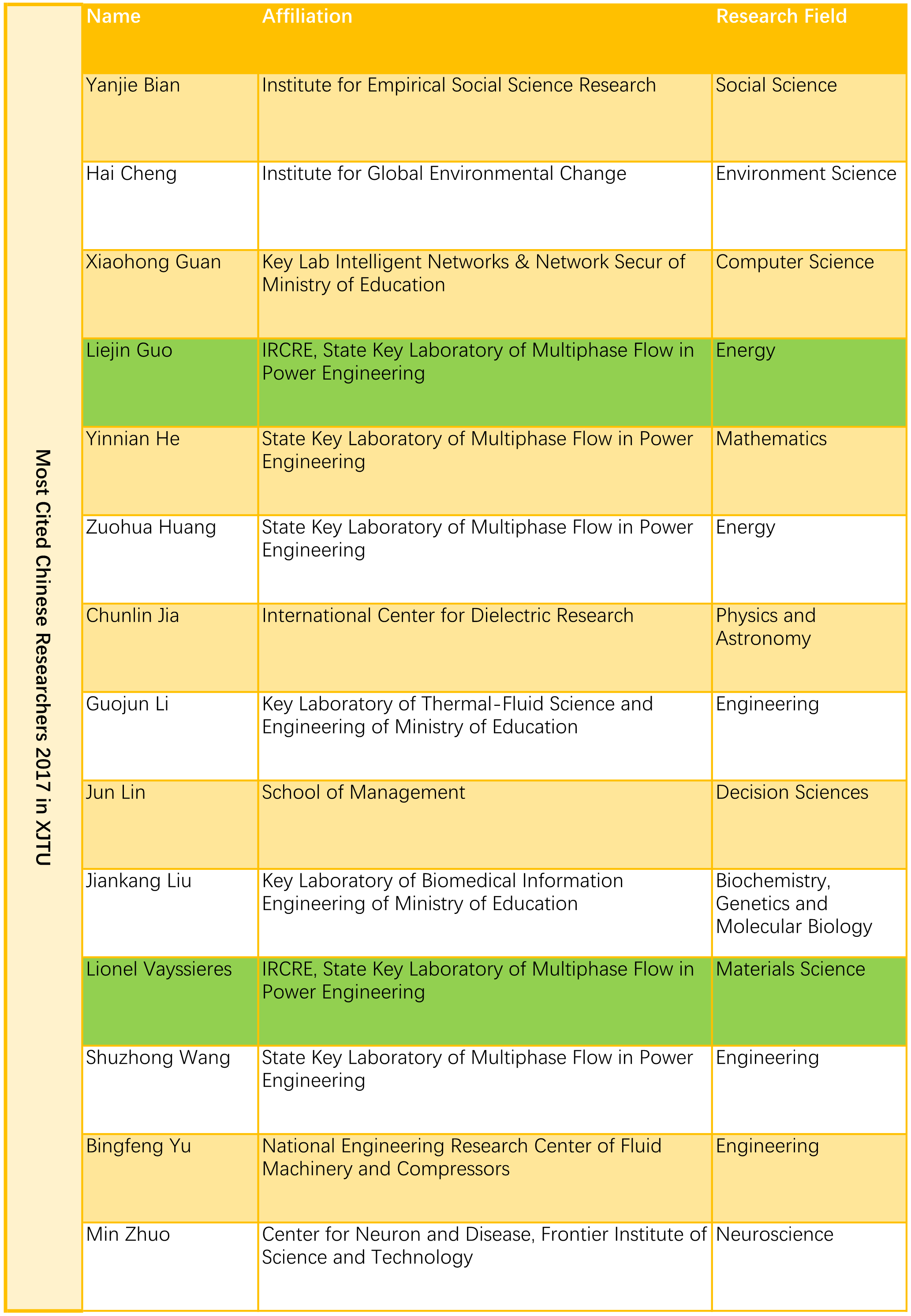


Sulfide, nitride, and phosphide semiconductors have long been identified as efficient materials to assist water splitting upon solar irradiation, but they unfortunately suffer from photocorrosion in aqueous solutions under illumination, as illustrated in the lower left part of the image. Promising and practical approaches to overcome this problem to achieve both stability and performance may rely on the engineering at the catalyst side. A thin yet dense layer of a stable material can be used to protect the unstable semiconductor from direct contact with the electrolyte, as shown in the upper left part of the image. Co-catalysts may also be deposited on the surface to accelerate the desired water oxidation/reduction reactions and in turn attenuate degradation, as illustrated in the central part of the image. Surface engineering can also be used, for instance, to form a built-in electric field layer to extract the unwanted charge carrier (photogenerated electron or hole, depending on the n- or p- nature of the surface material) away from the surface to avoid photocorrosion, as depicted in the lower right part of the image. View the article
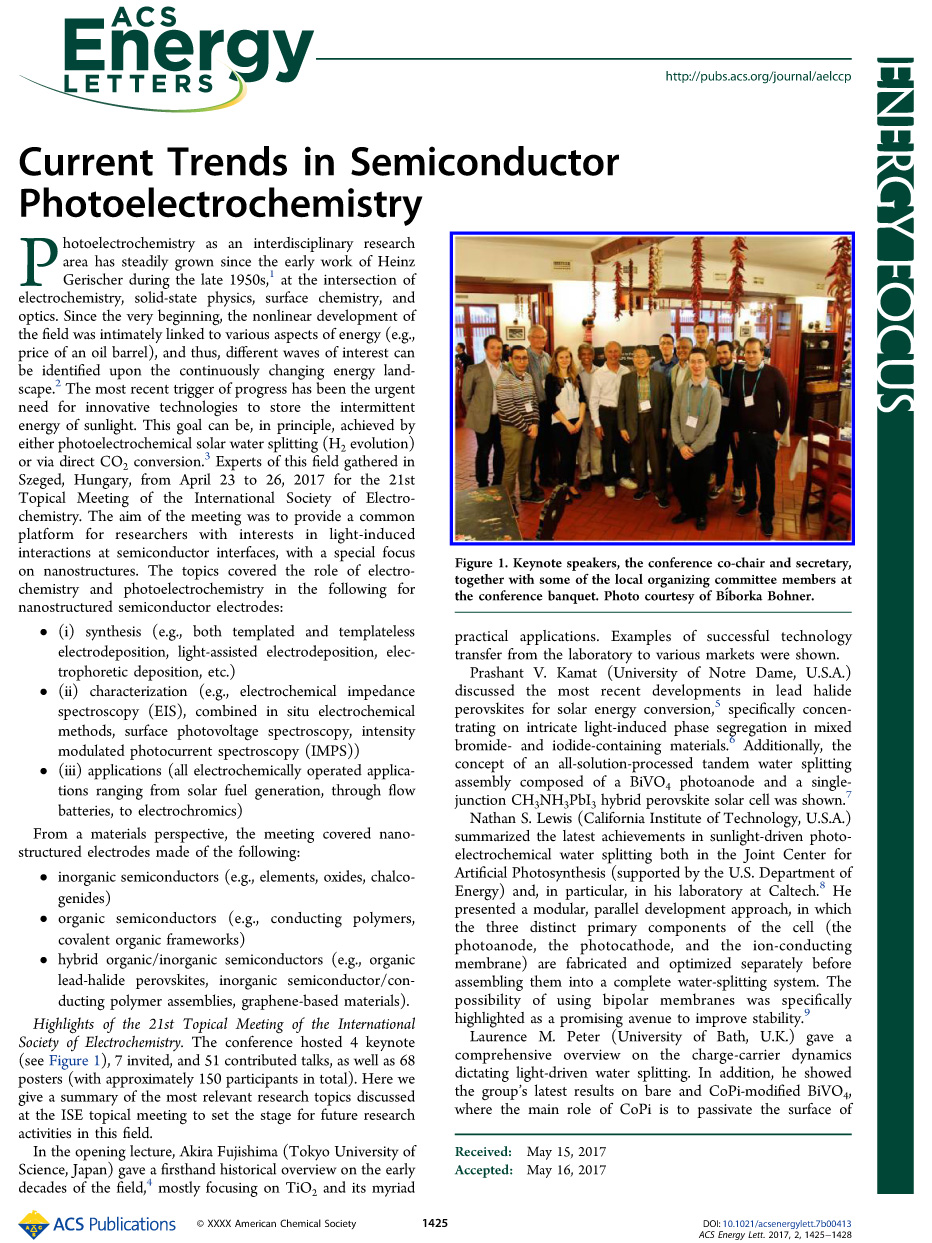
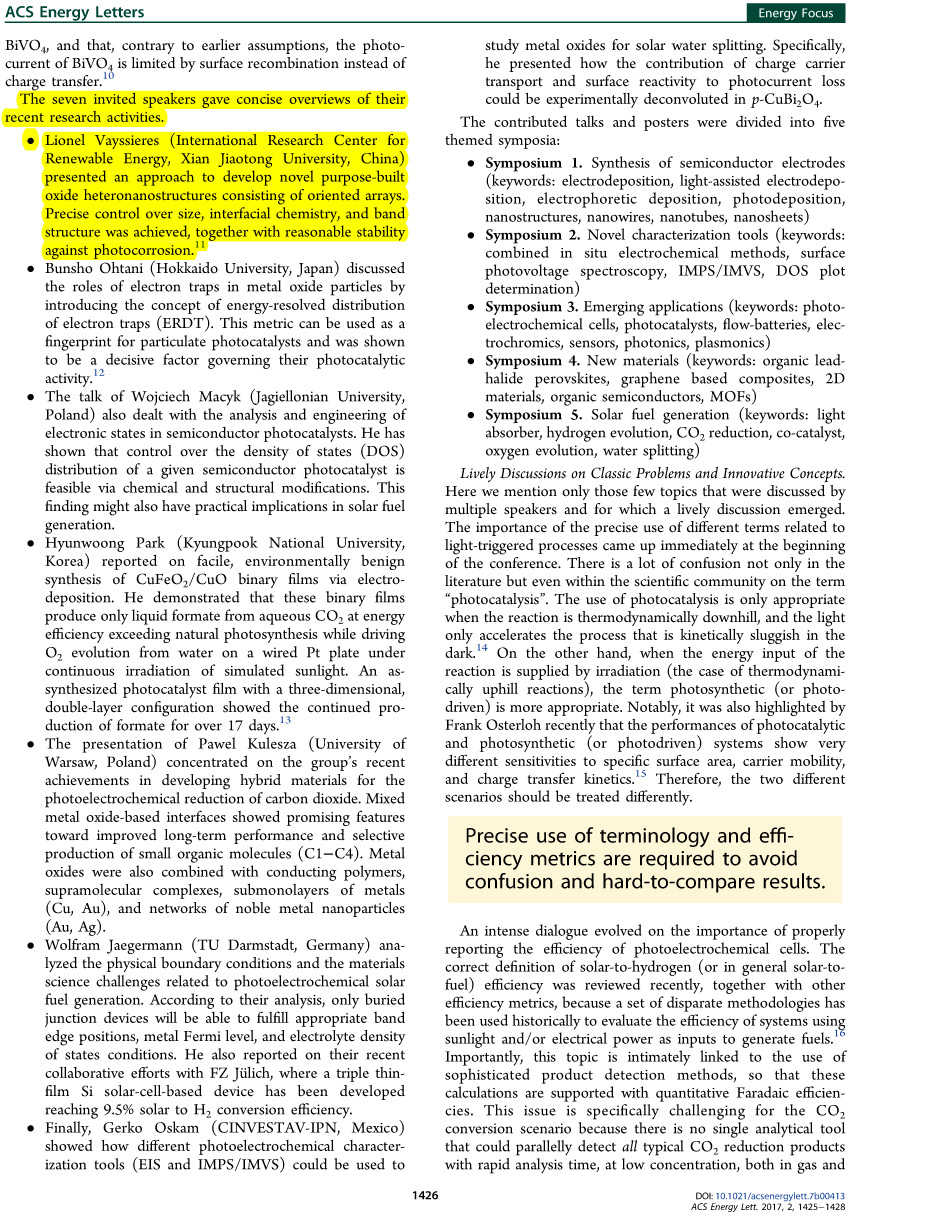
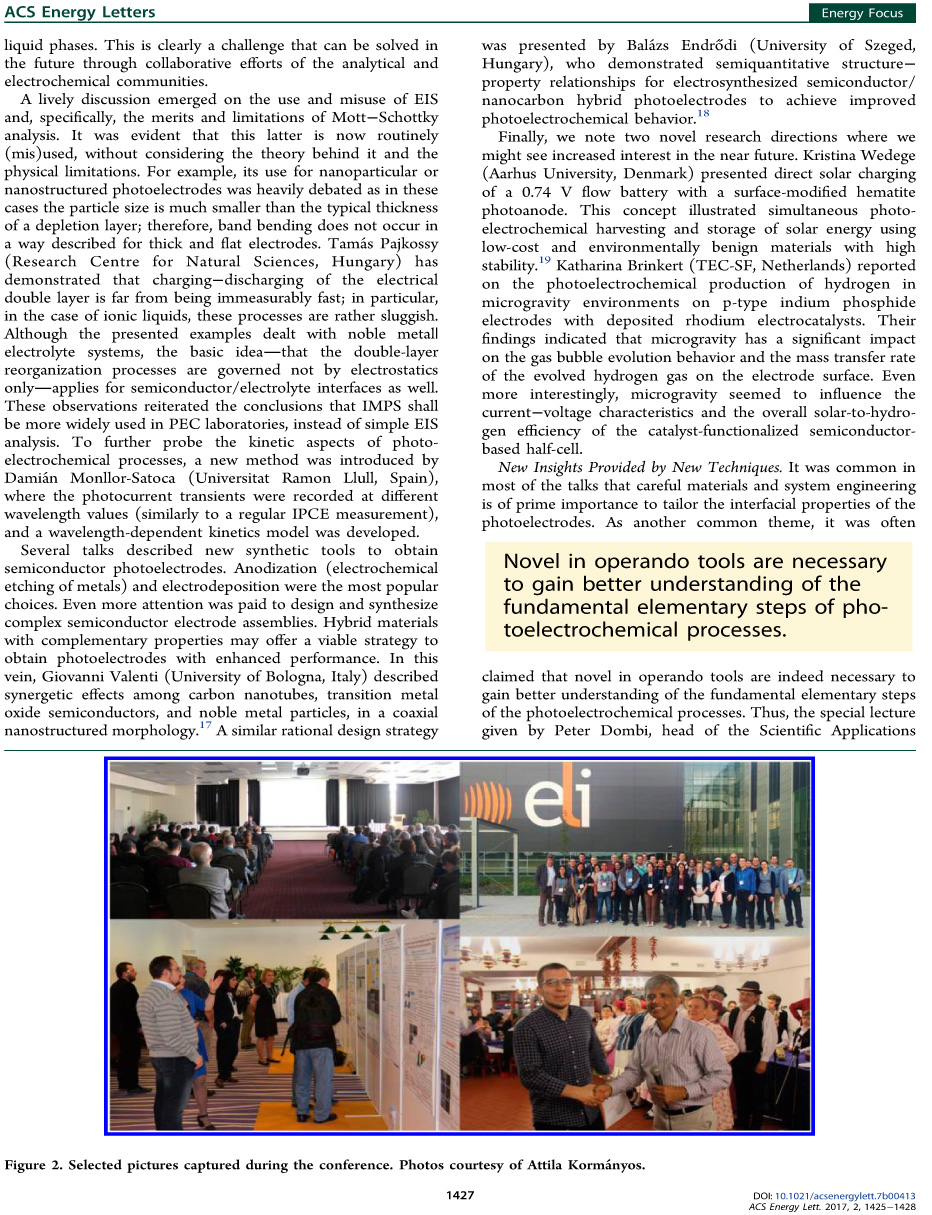
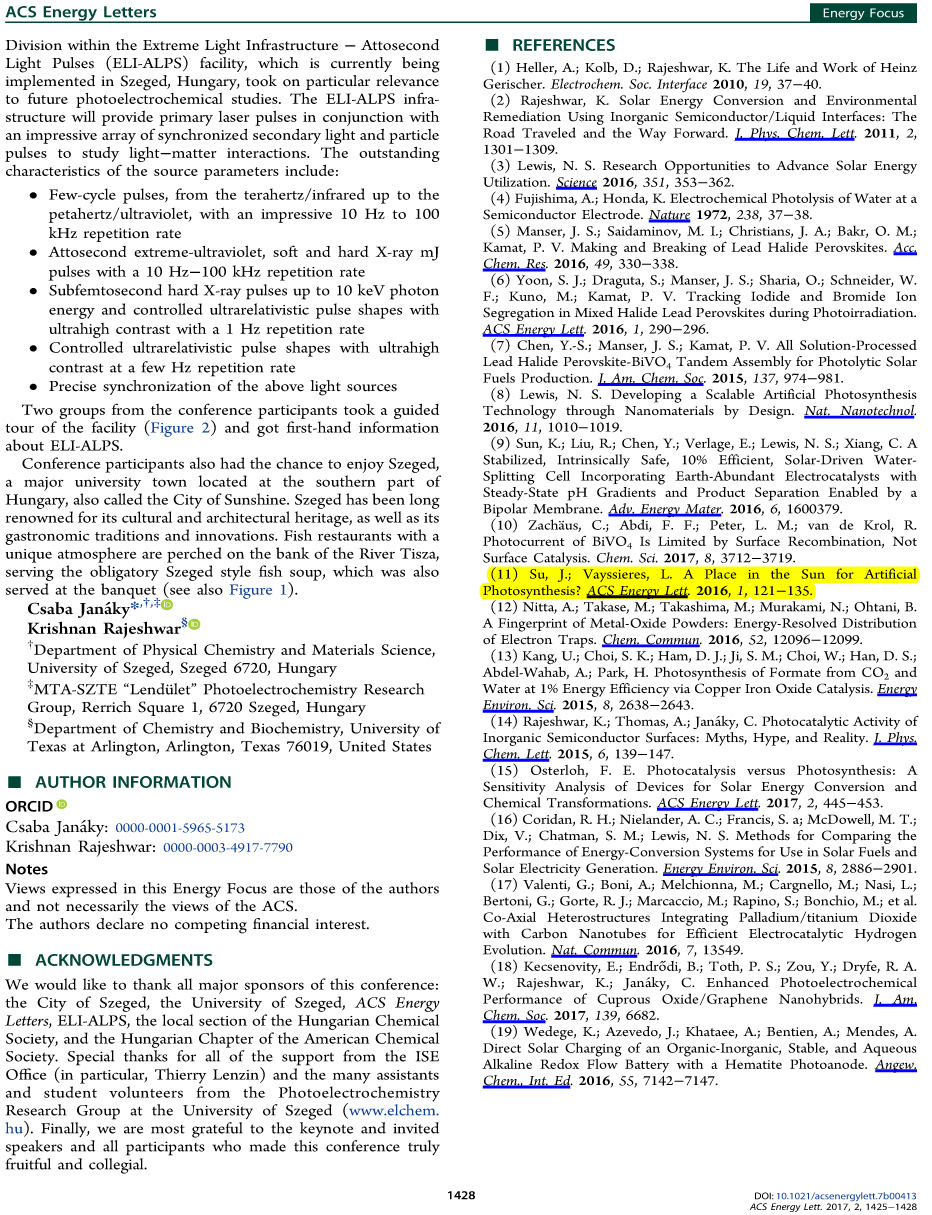
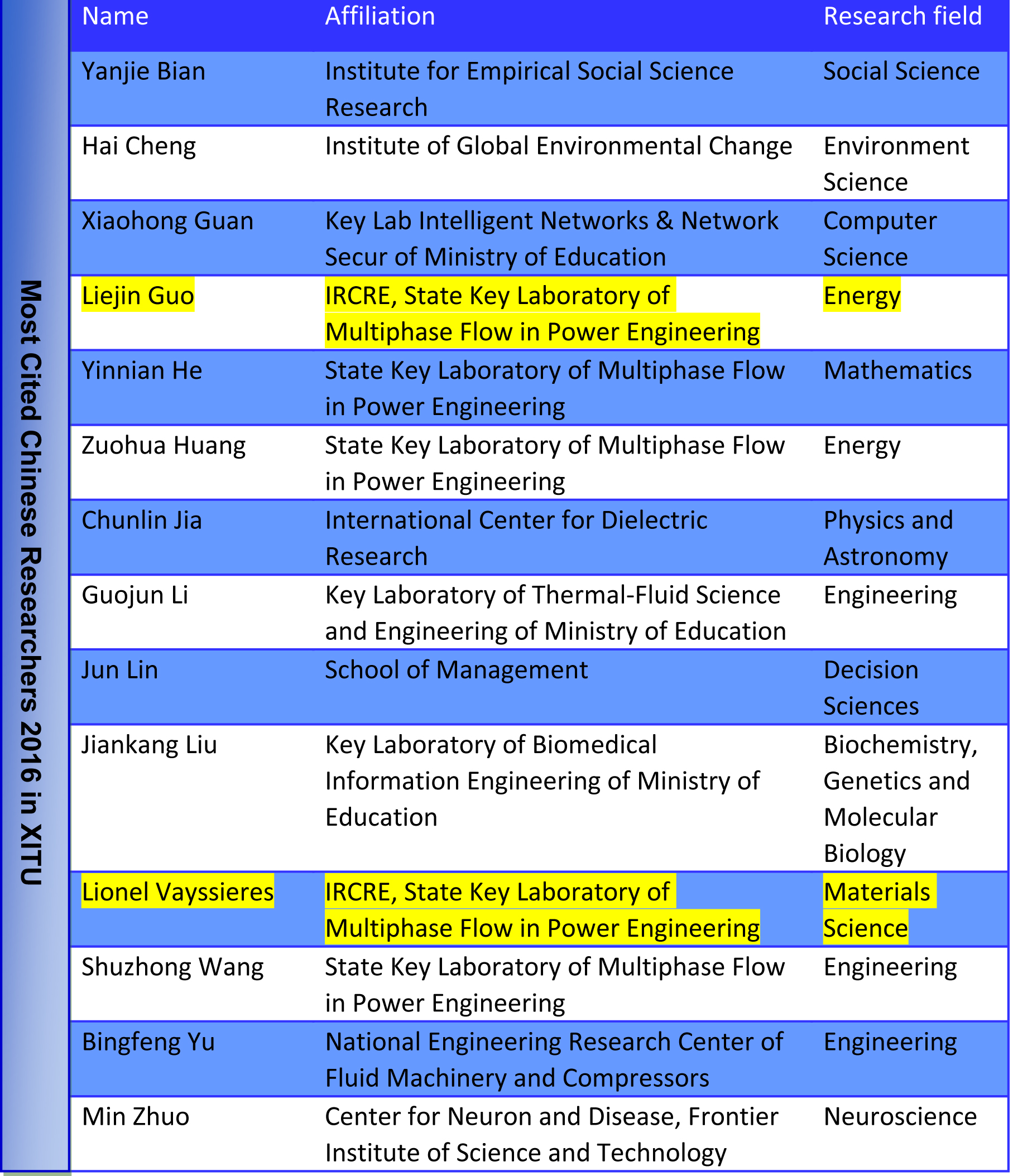
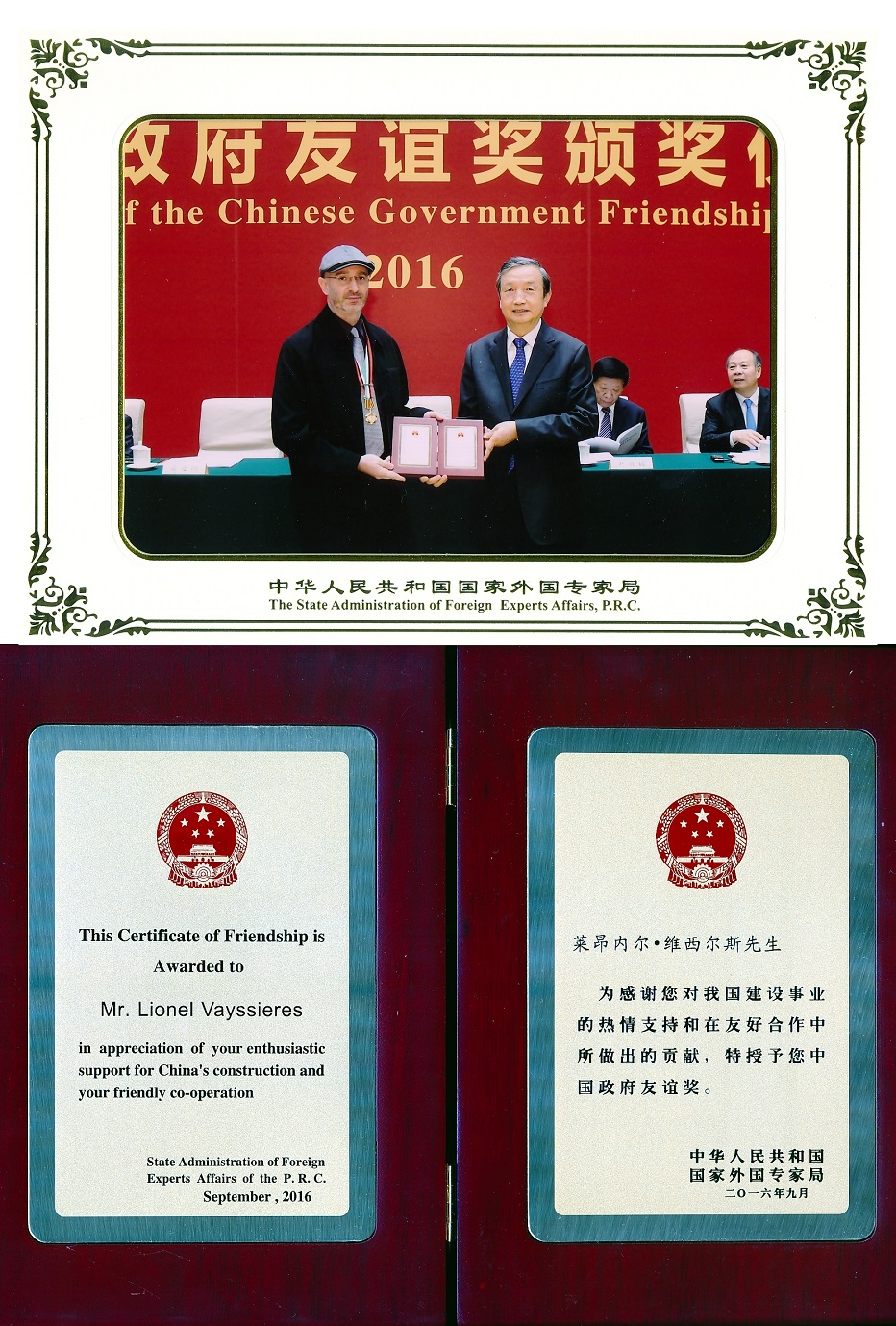
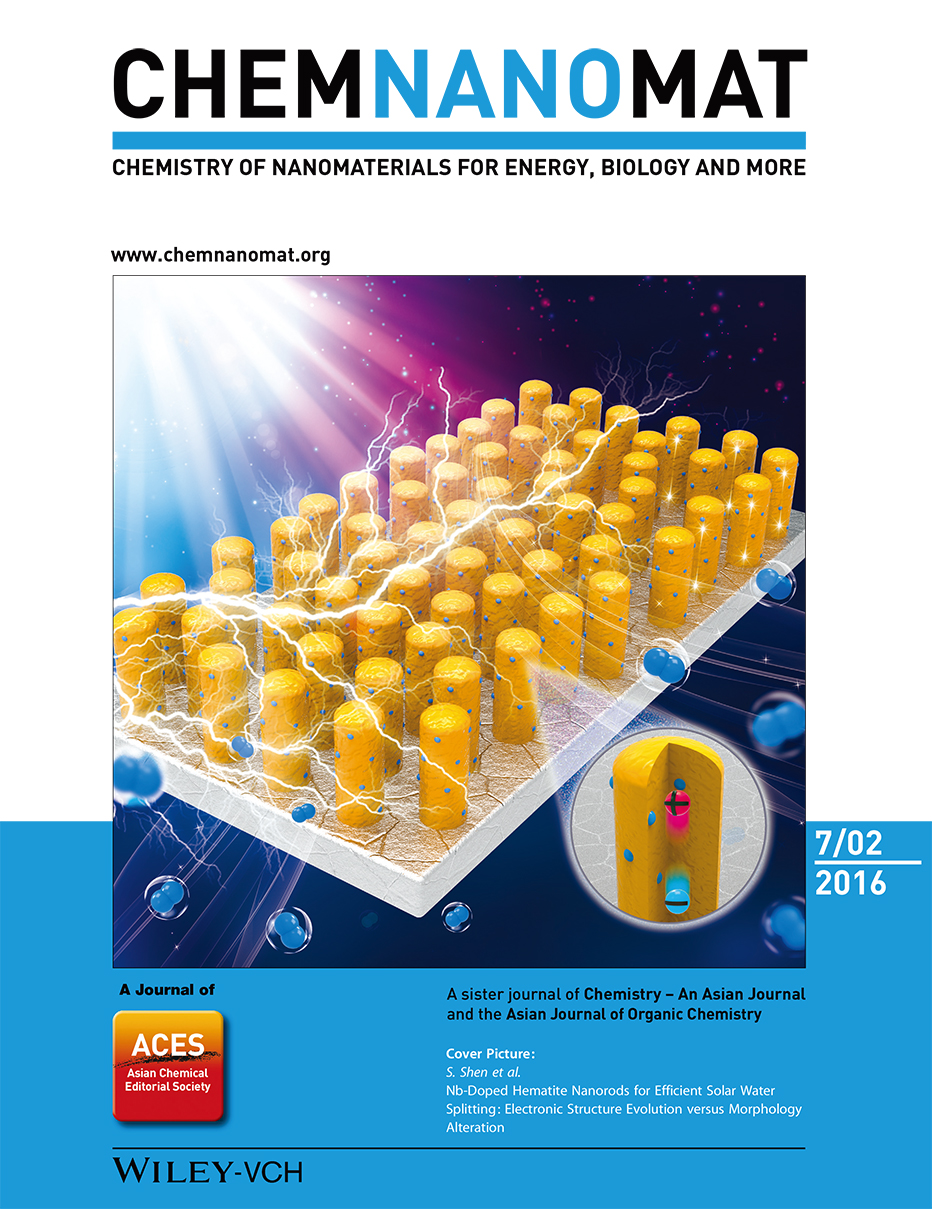
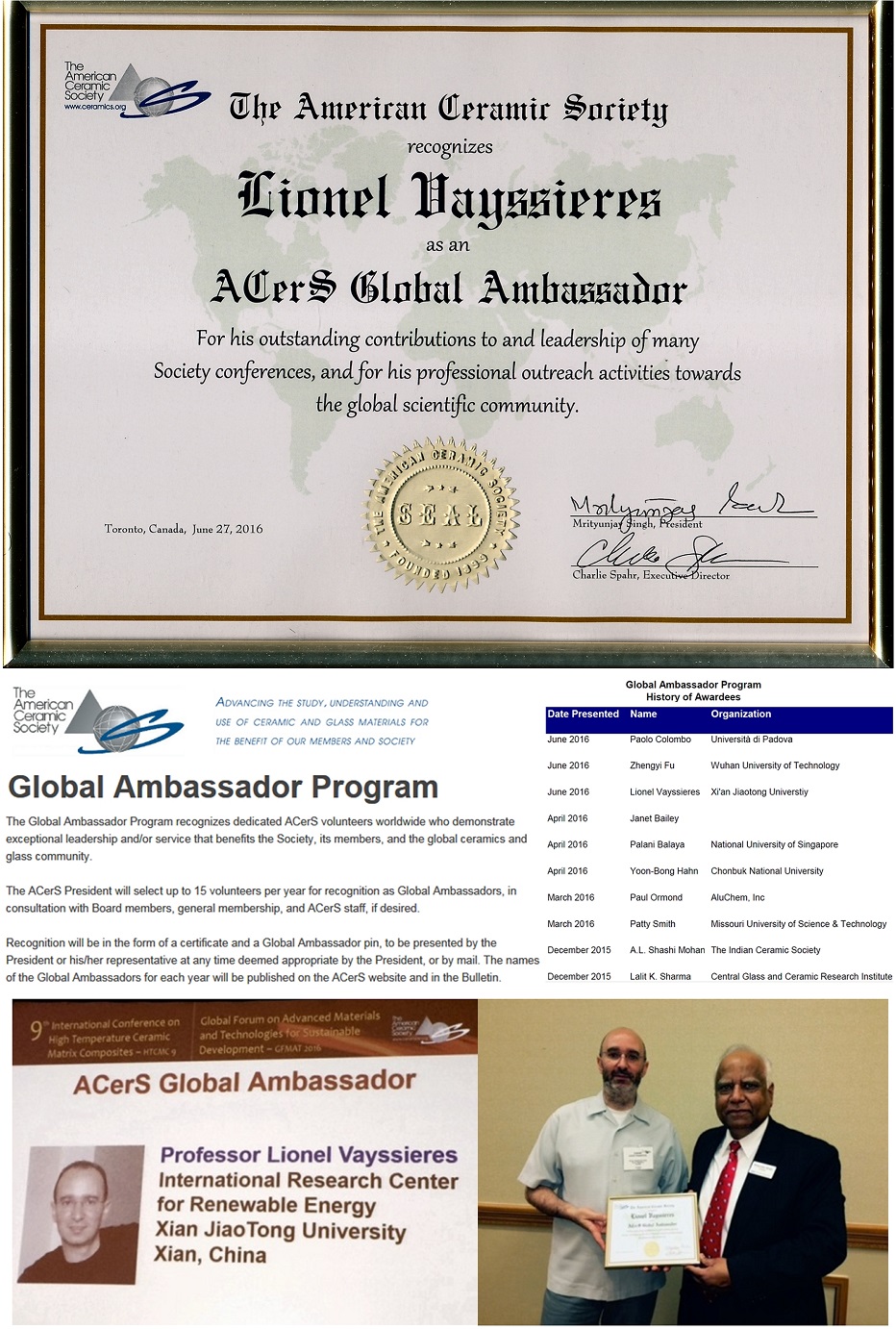
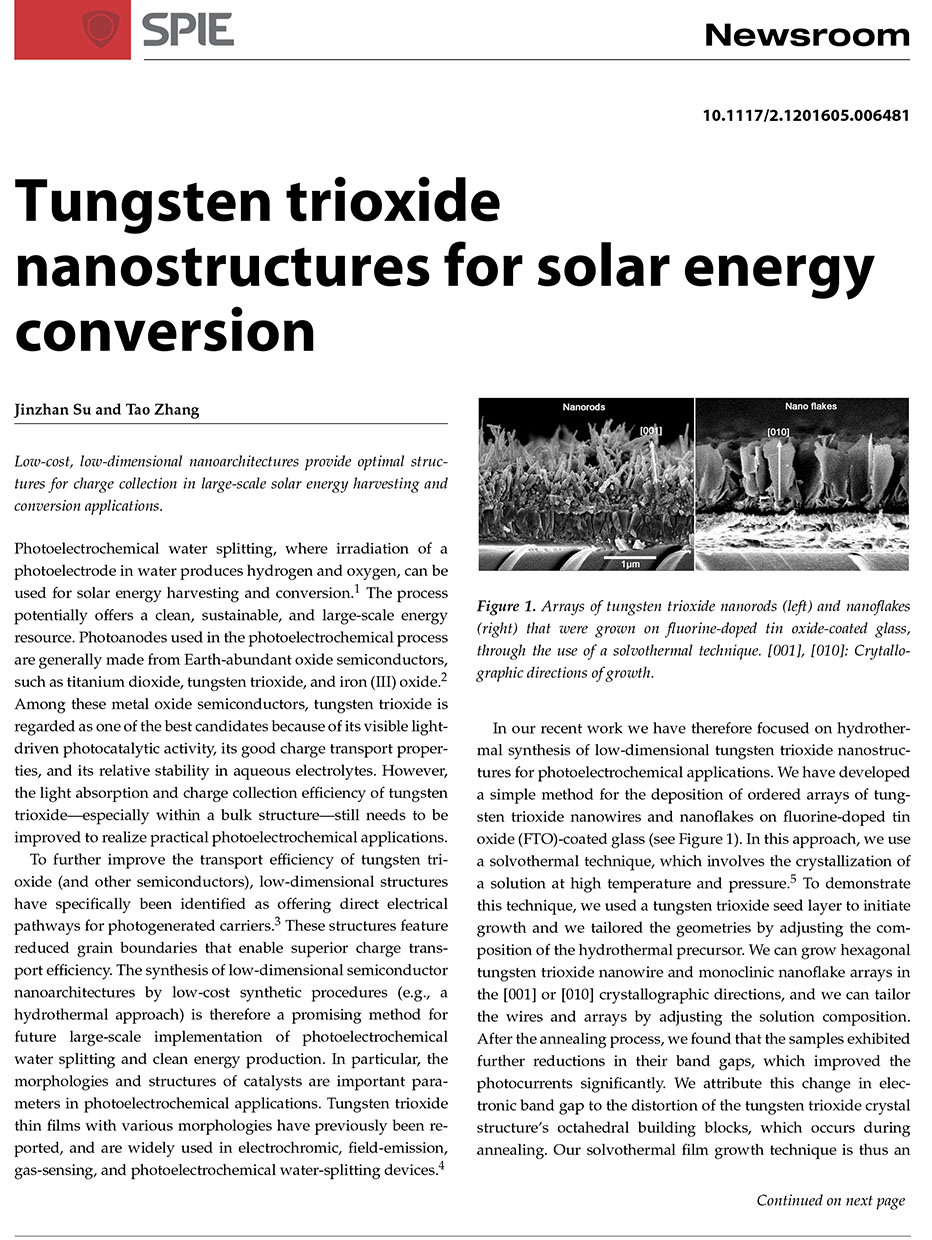
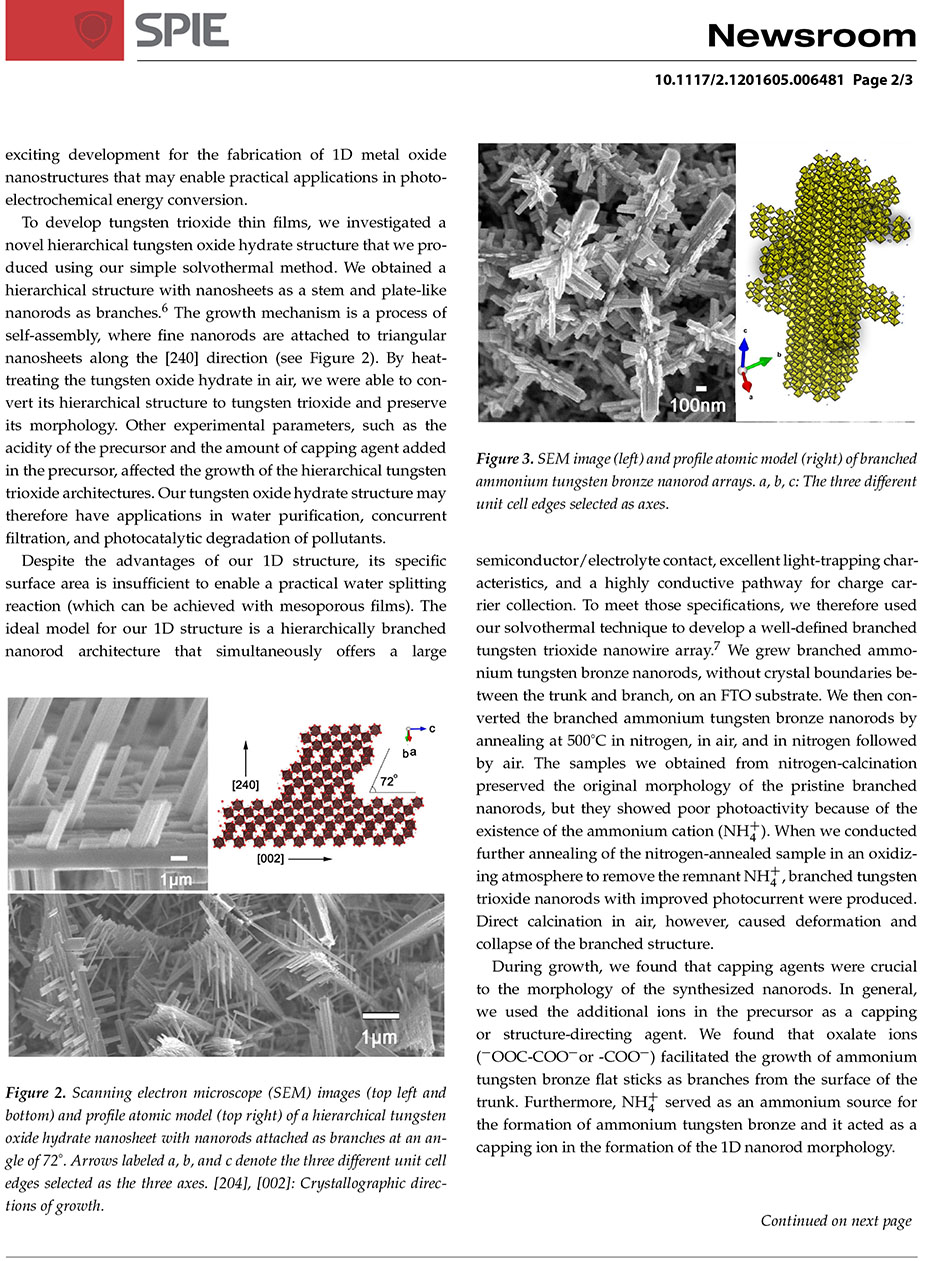
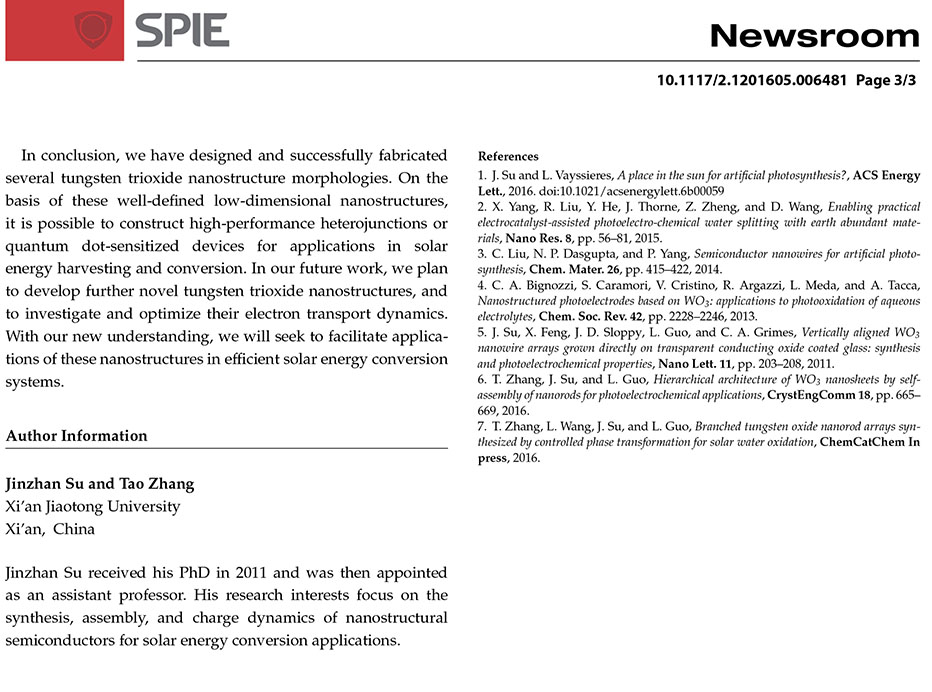
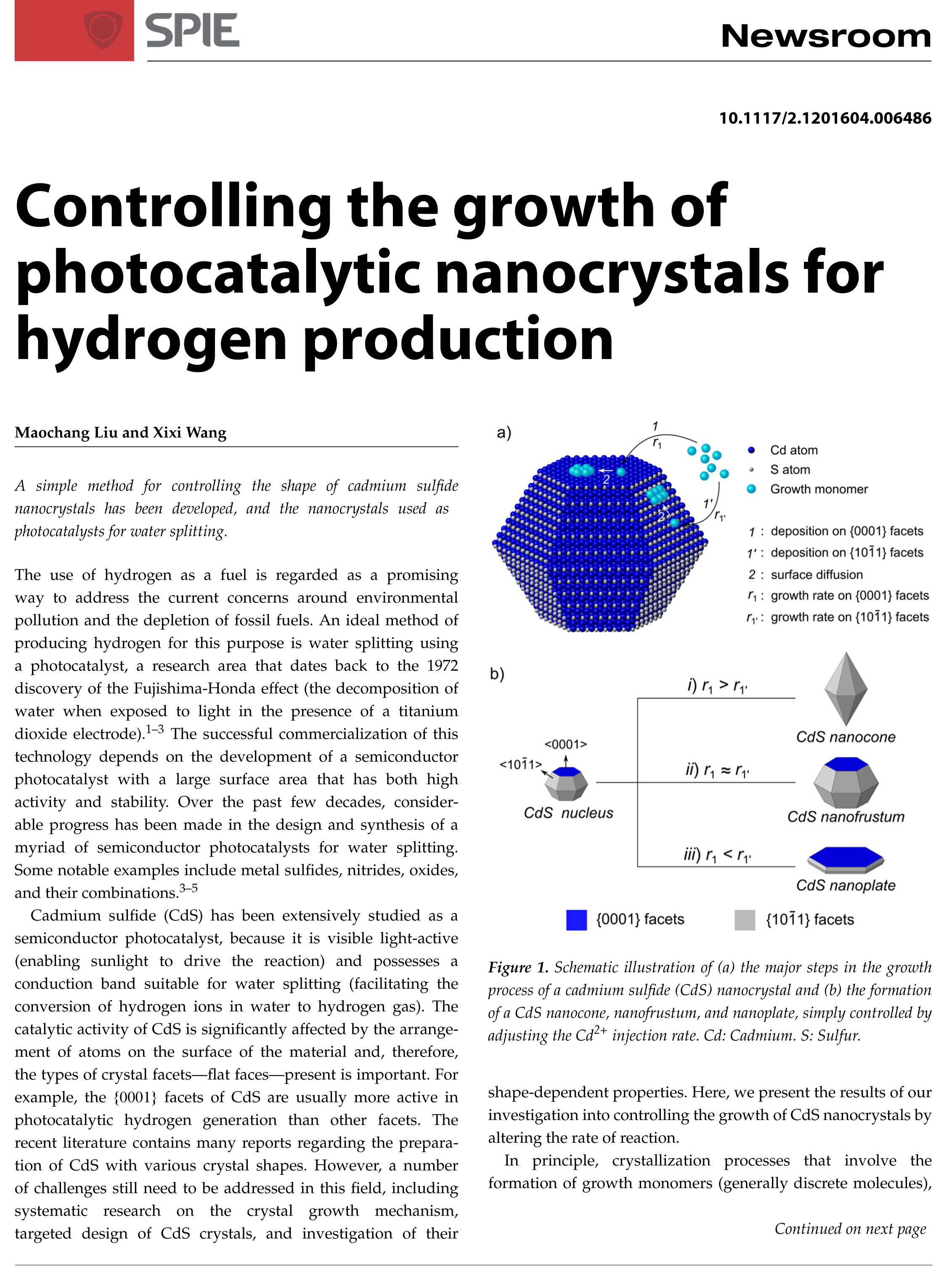
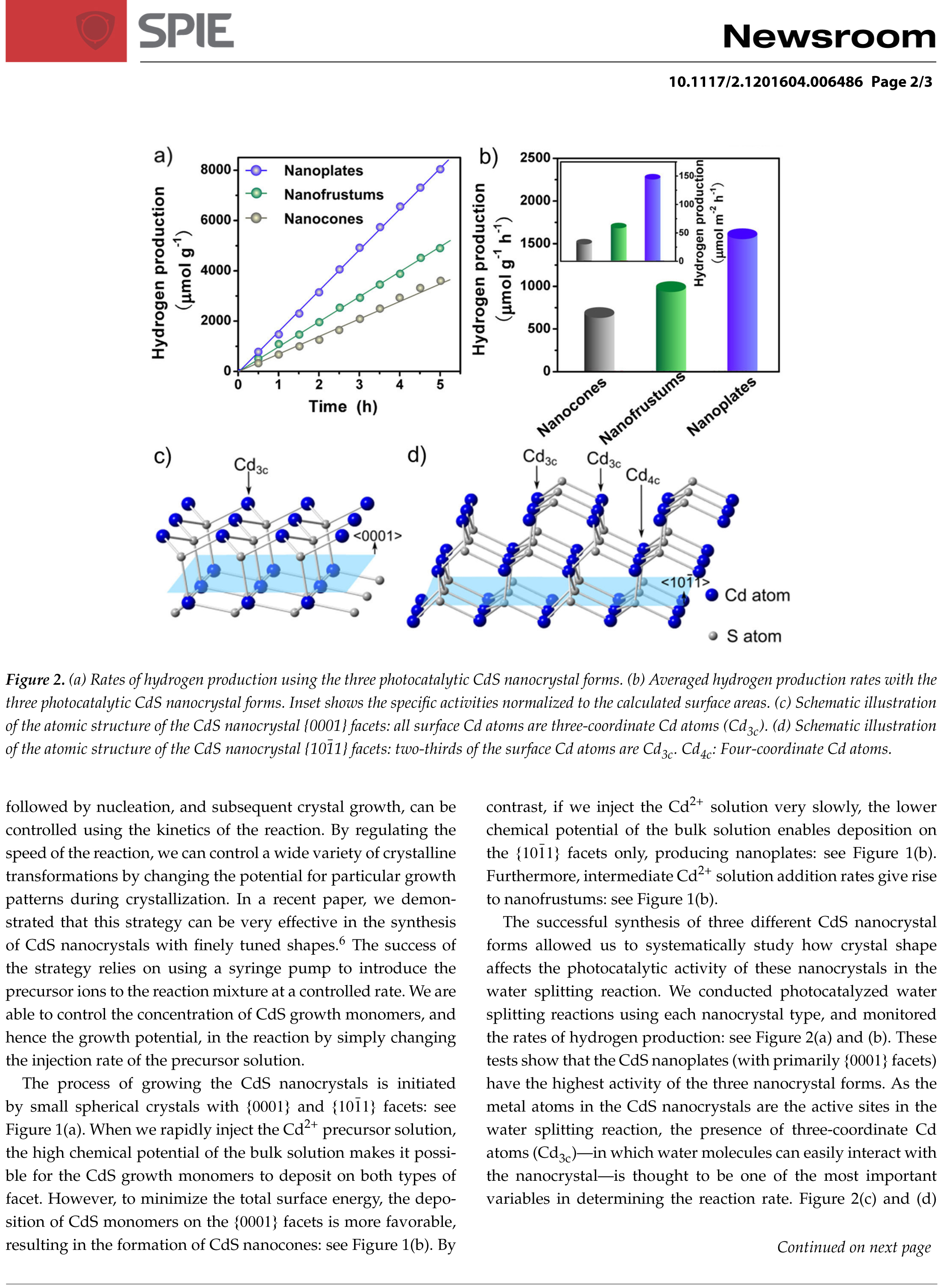
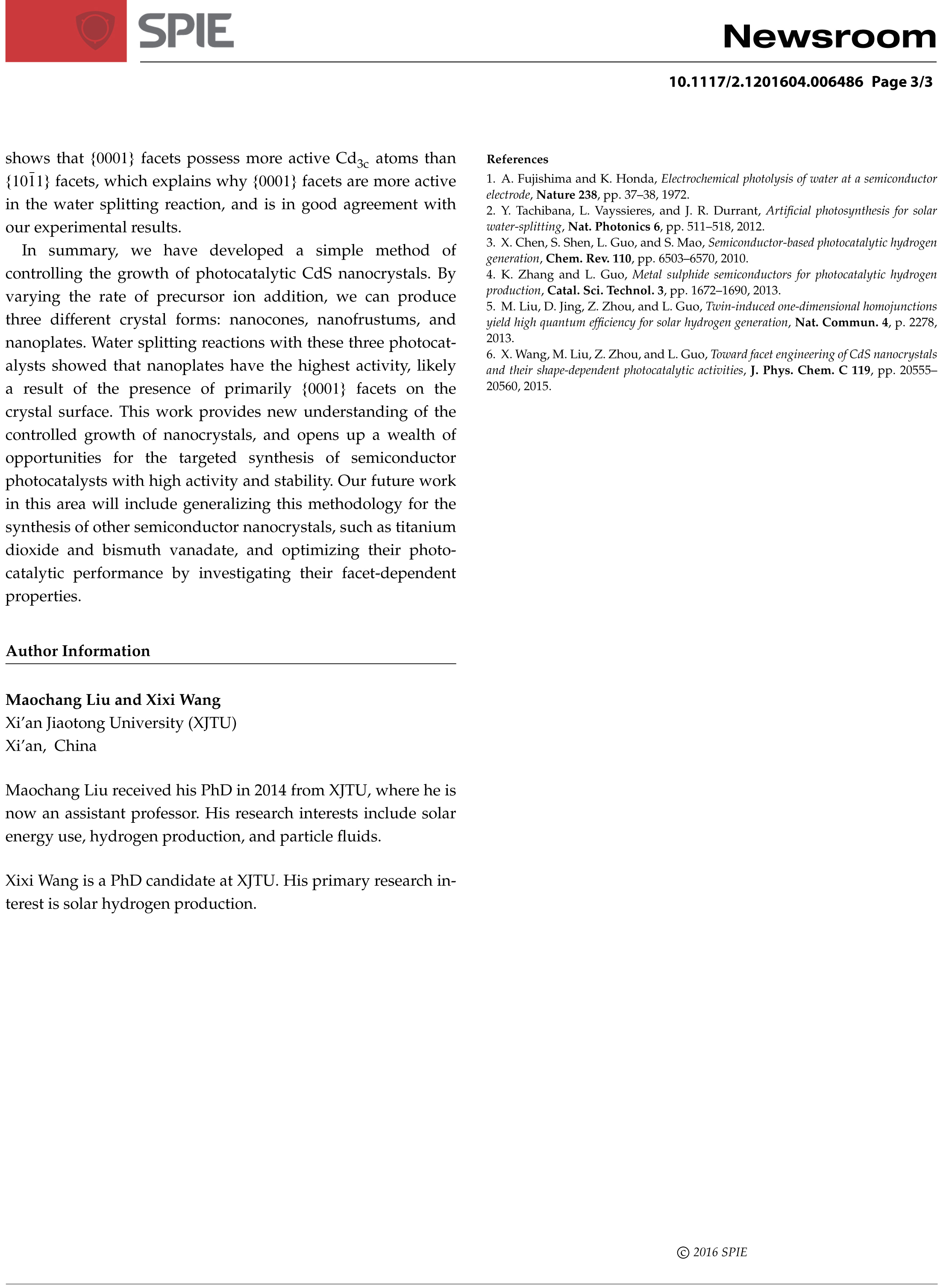


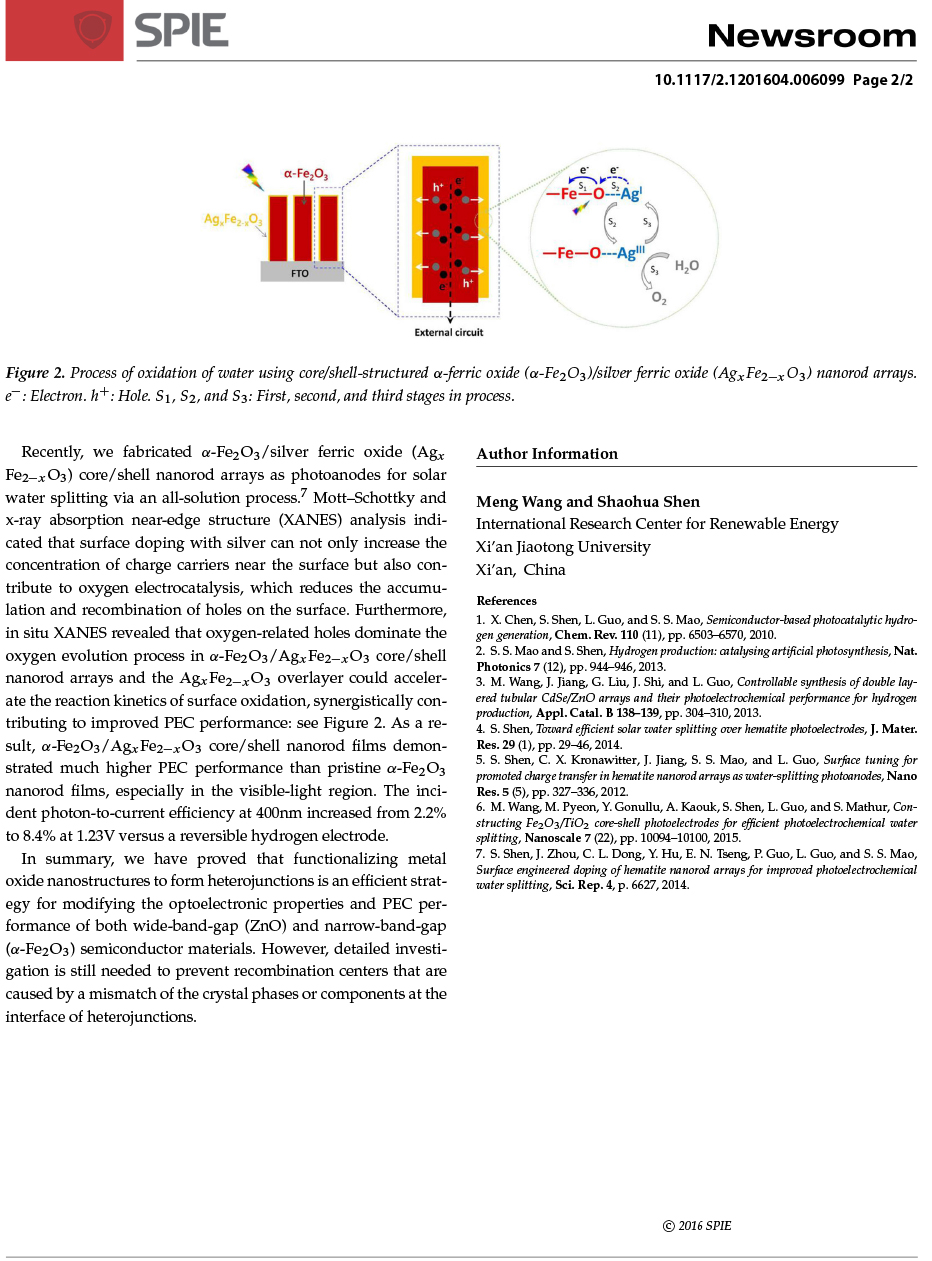
Photocatalytic hydrogen generation via water splitting has become a hot spot in the field of energy and materials. The goal of this technique is to construct cheap and efficient photocatalytic water splitting systems at an industrial scale, which first need us to search and develop efficient photocatalysts and suitable reductive/oxidative cocatalysts.
Among all the developed photocatalysts, graphitic carbon nitride (g-C3N4) as a metal-free photocatalyst has captured increasing attention largely due to its appealing properties of facile availability, low-cost and good stability, fulfilling the basic requirements for large scale industrial synthesis. However, its photocatalytic efficiency is rather low, mainly suffering from the limited efficiencies of the two primary processes in photocatalysis: charge carrier separation and surface catalytic redox reactions.
In a recent article published in Science Bulletin, Prof. Shaohua Shen's research group described an efficient photocatalytic hydrogen production system designed basing on promoting both of the charge carrier separation and surface catalytic redox reaction processes in g-C3N4.
In their study, g-C3N4 was loaded with ferrite (CoFe2O4 or NiFe2O4), which not only formed Type II band alignment with g-C3N4 to facilitate charge carriers separation, but also accelerated the surface electrocatalytic oxidative reaction kinetics. CoFe2O4 was further demonstrated to be a better modifier for g-C3N4 as compared to NiFe2O4, due to the more efficient charge carrier transfer as well as superior surface oxidative catalytic activity. When together loading CoFe2O4 and reductive hydrogen production electrocatalyst Pt onto g-C3N4, the obtained Pt/g-C3N4/CoFe2O4 photocatalyst achieved visible light (λ > 420 nm) hydrogen production rate 3.5 times as high as Pt/g-C3N4, with the apparent quantum yield achieving 3.35 % at 420 nm.





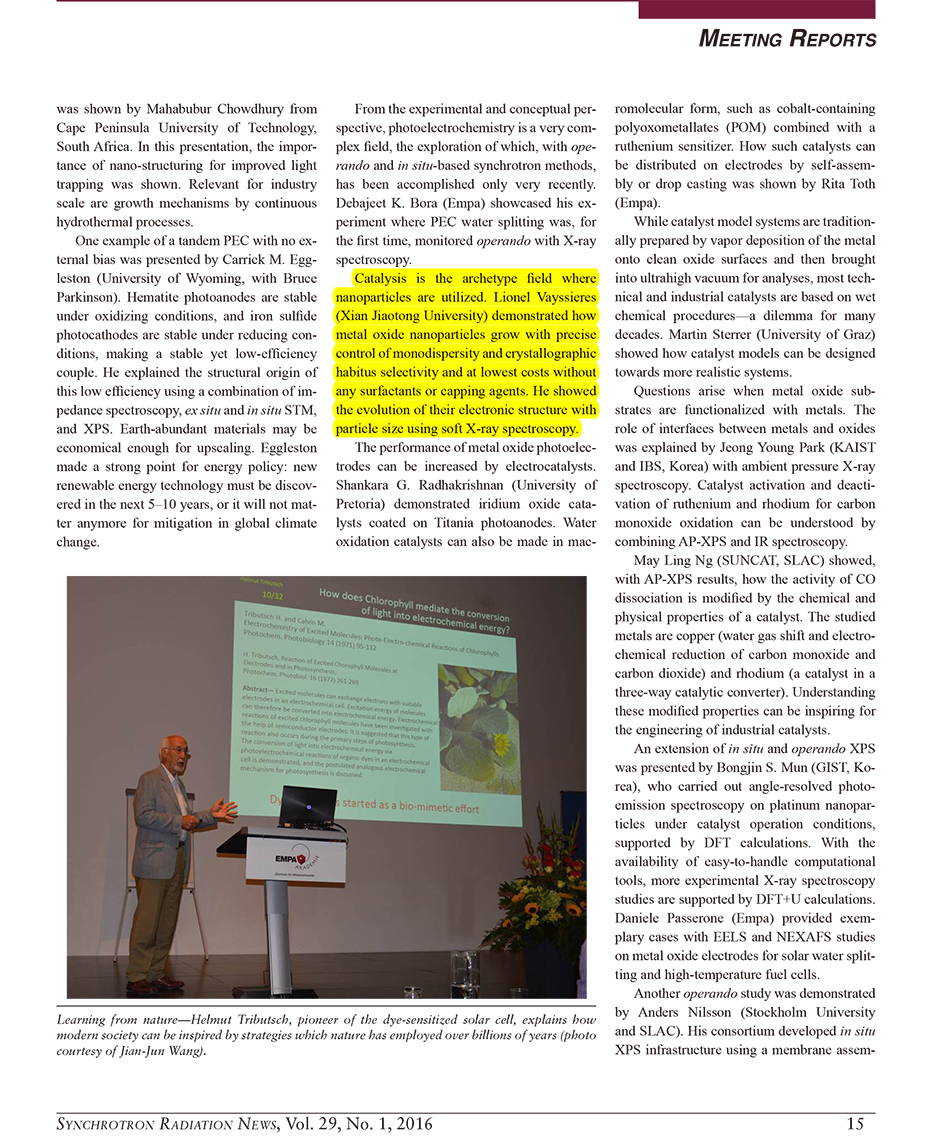


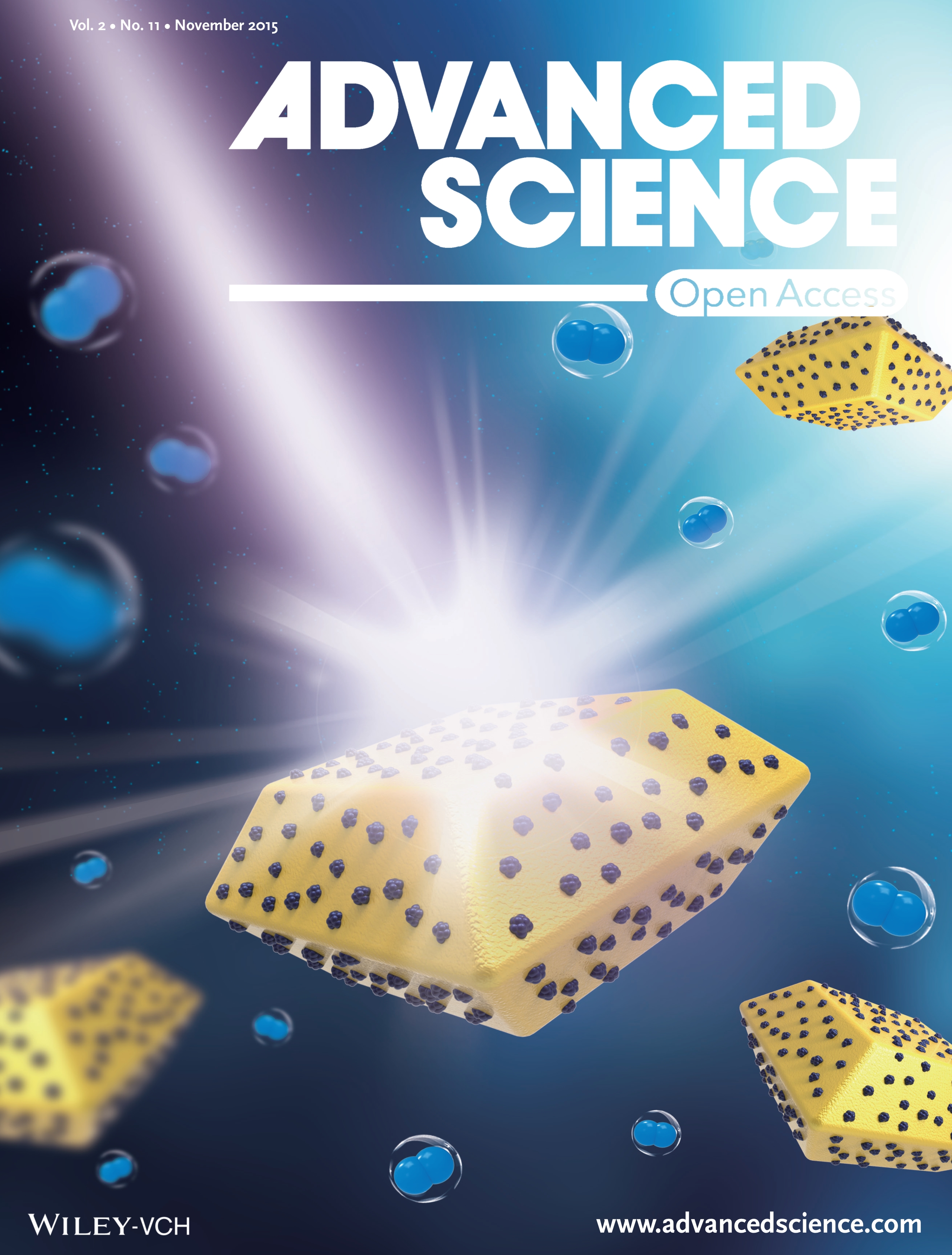
Surface activation of photocatalysts is central to H2 production from water via solar photocatalysis. In article number 1500153, M. Liu, L. Guo, and co-workers show, using shaped Cu2WS4 as model host photocatalyst, that a large percentage of the surface of the photocatalyst can be activated for H2 evolution by controllably depositing metal nanoparticles with tunable sizes onto targeted crystal facets.
View the article
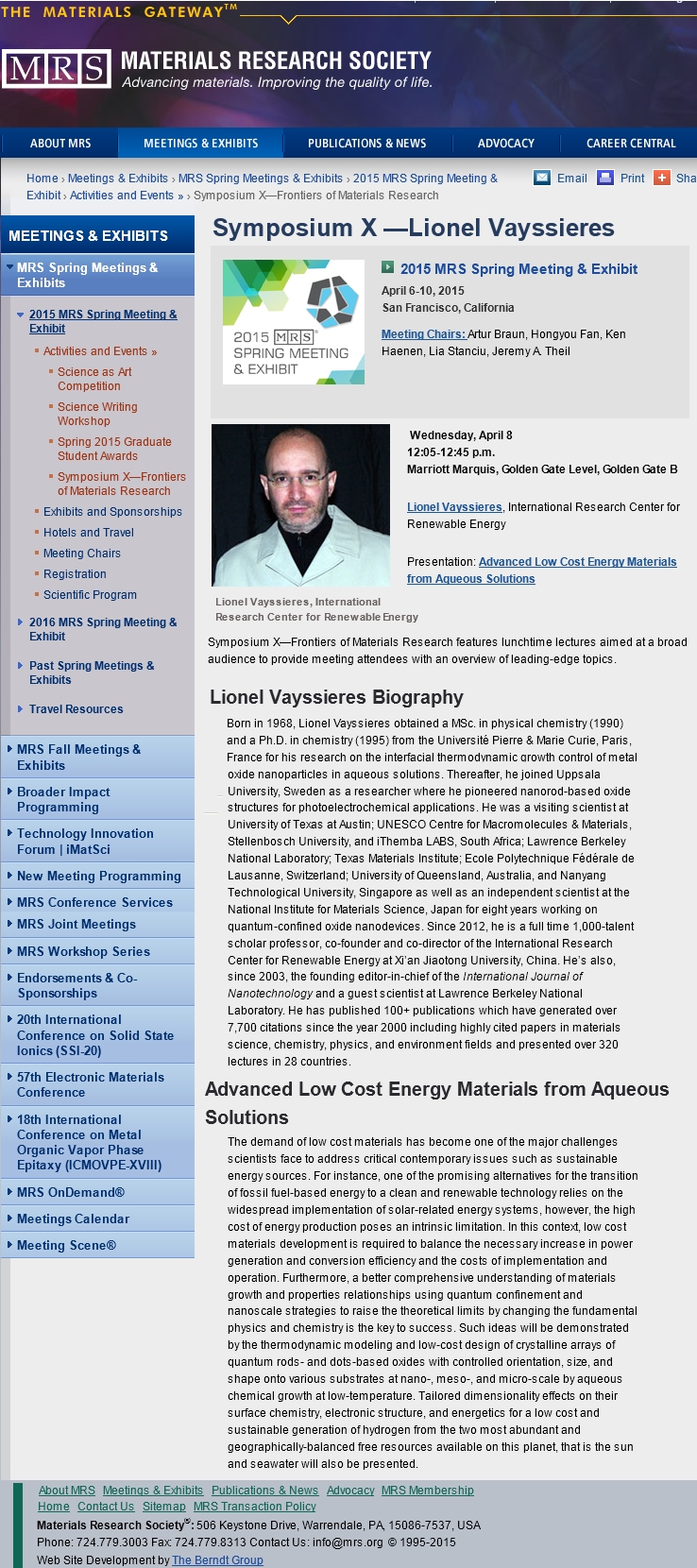
.jpg)


Highly Cited Researchers in China 2014 in Xi’an Jiaotong University:
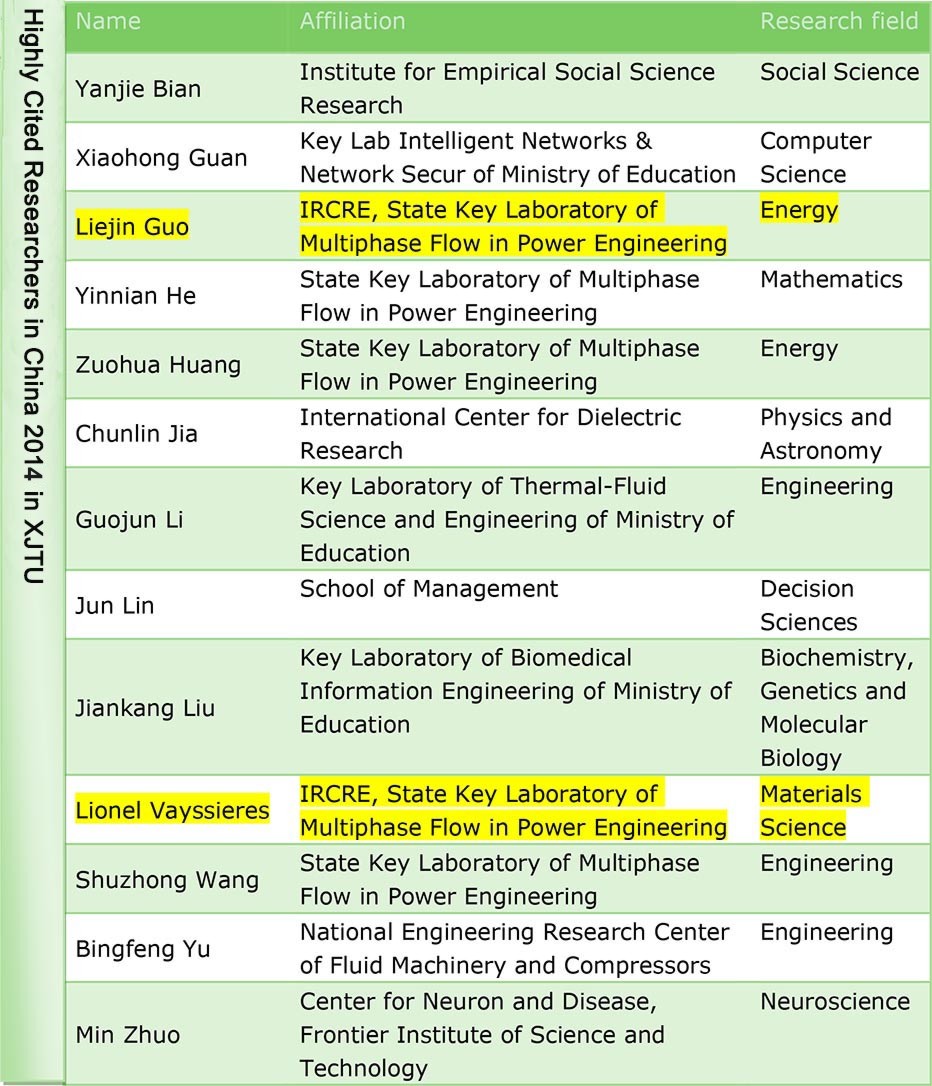
http://www.degruyter.com/view/j/ci.2015.37.issue-1/ci-2015-0103/ci-2015-0103.xml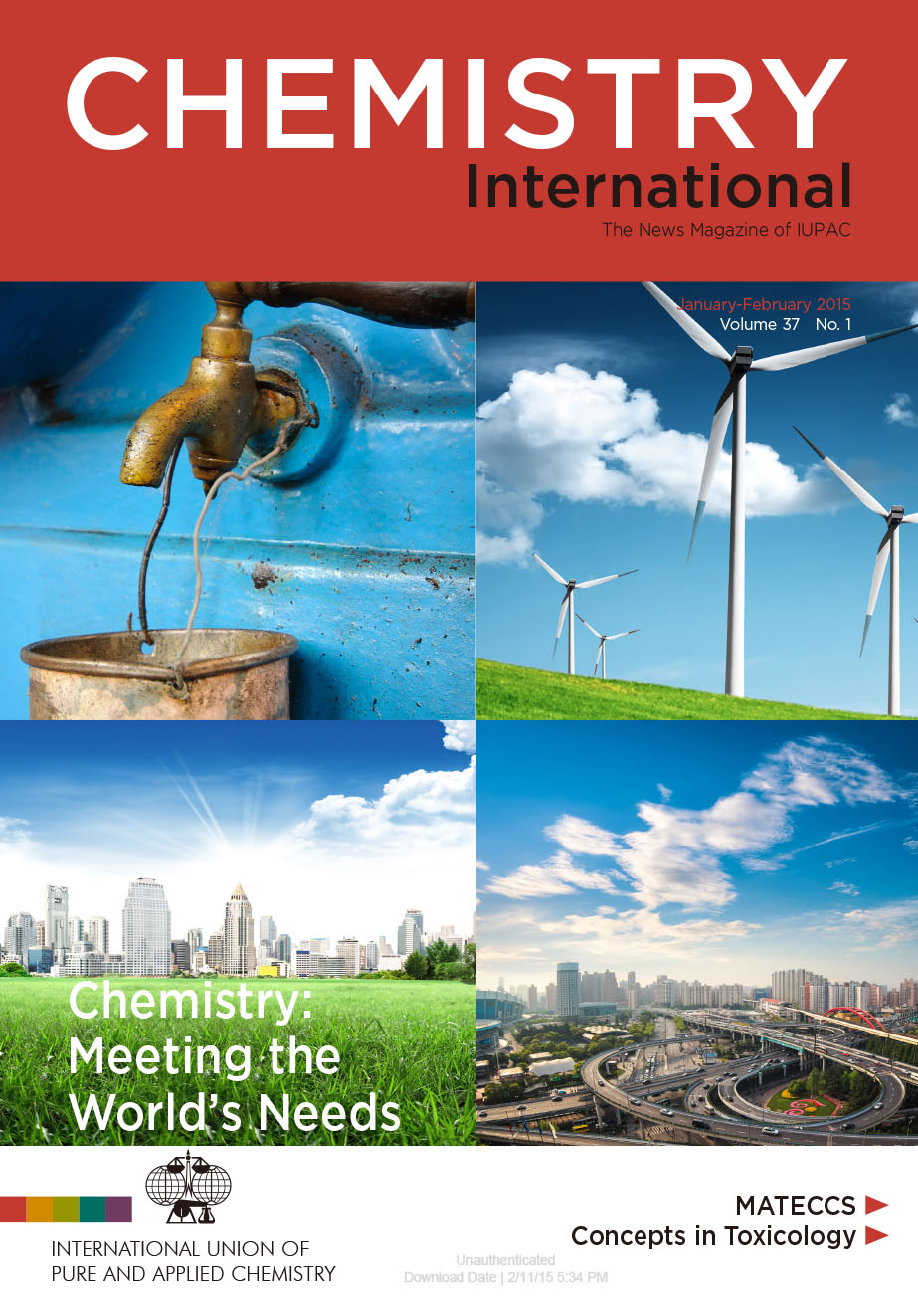
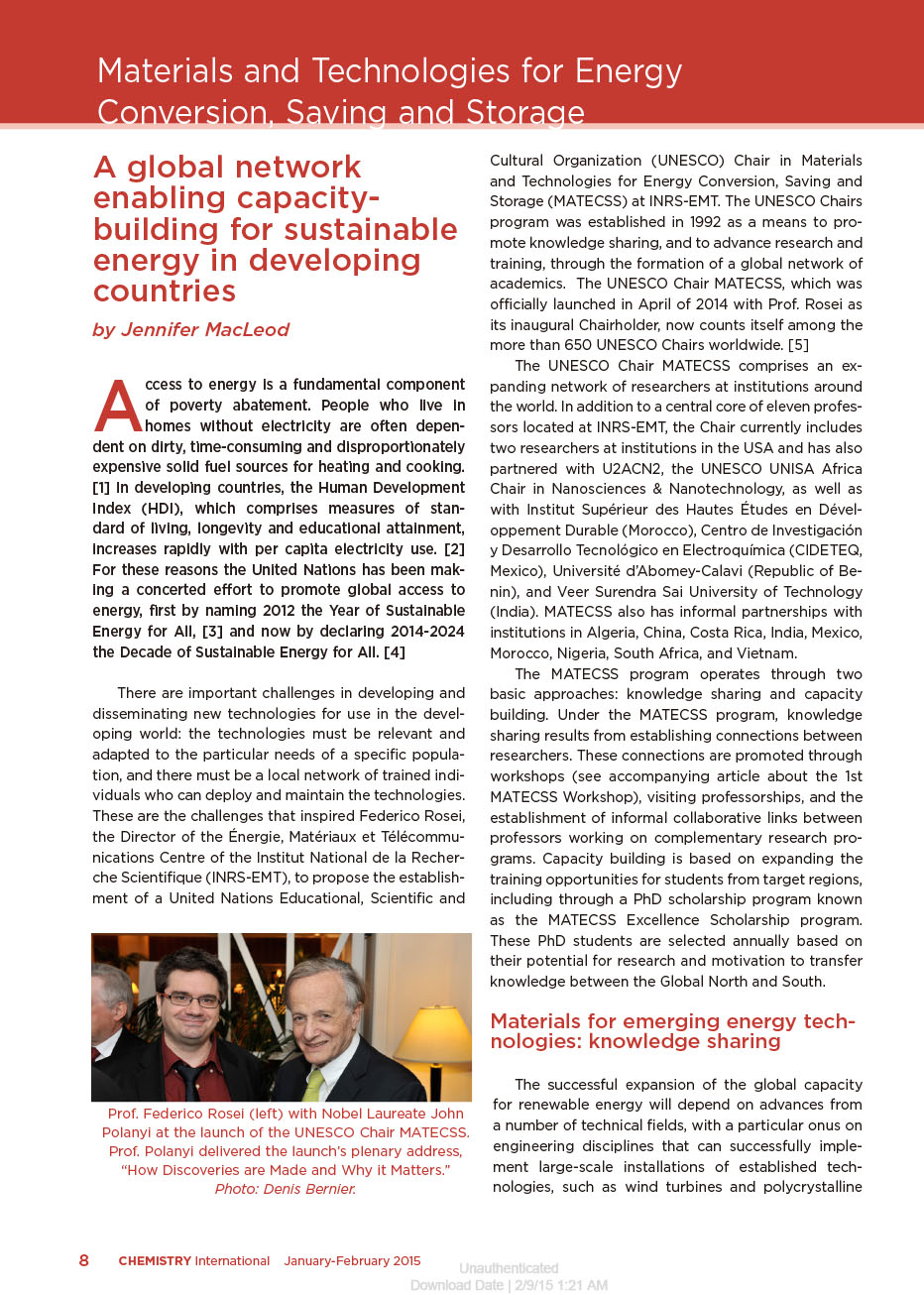
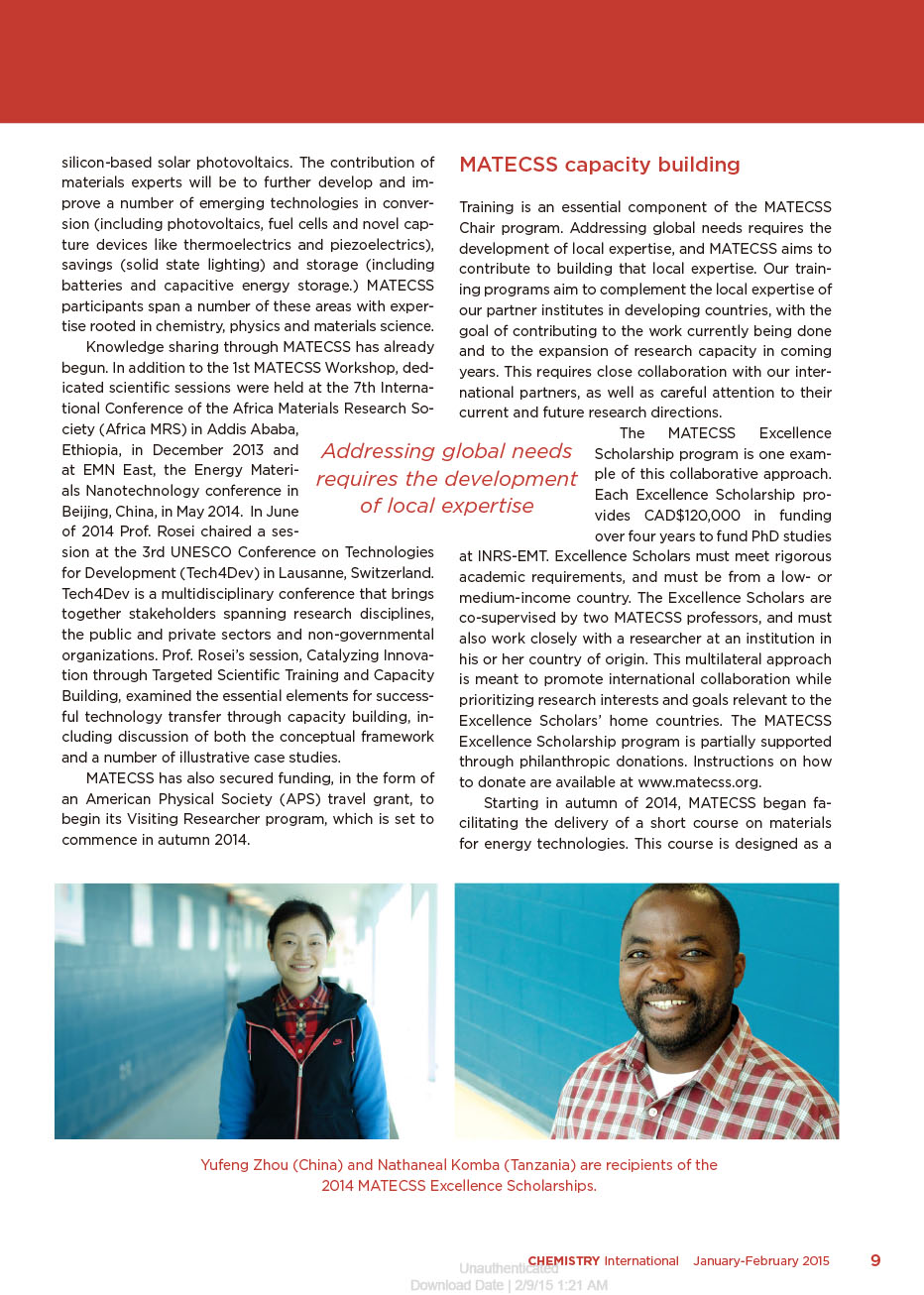
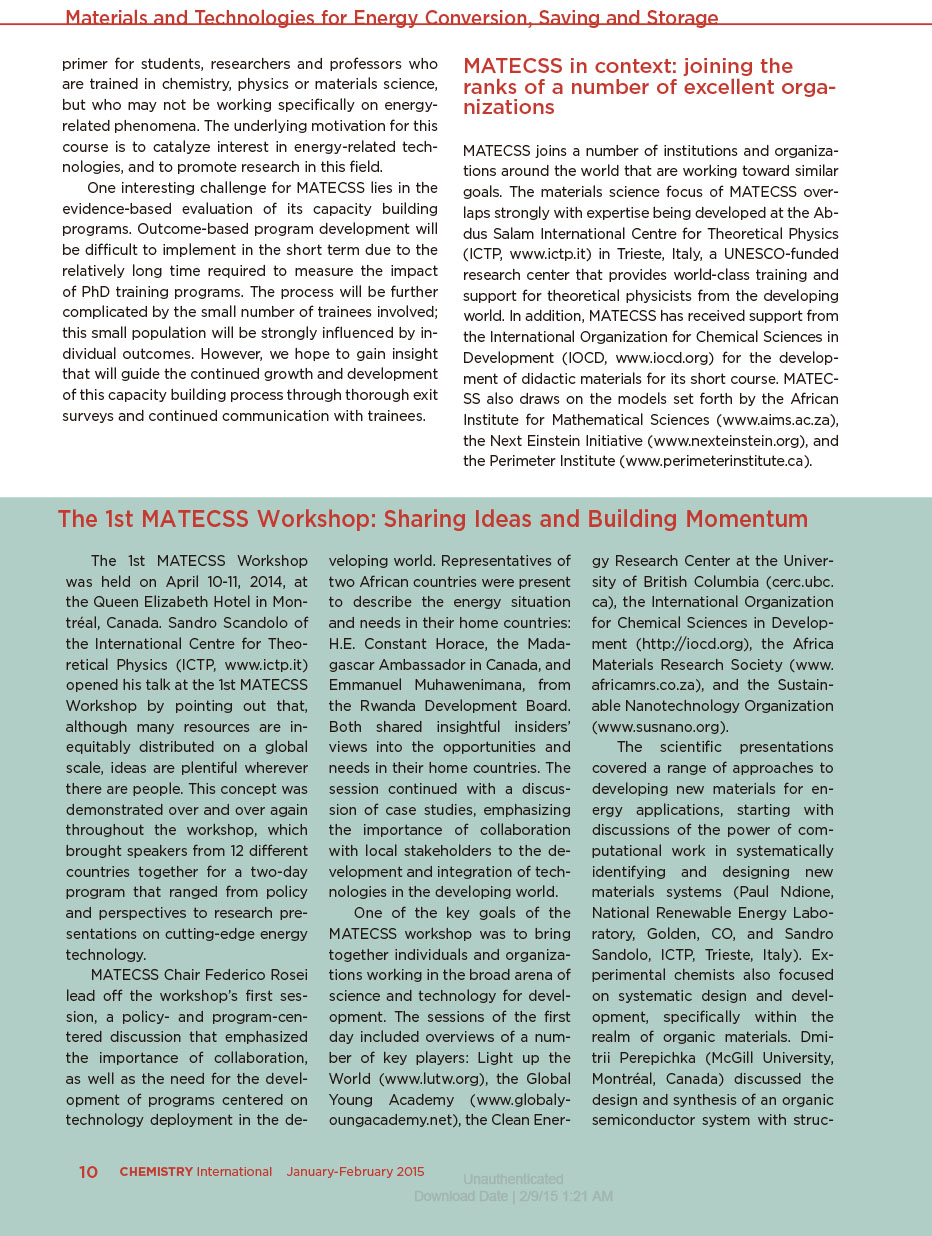

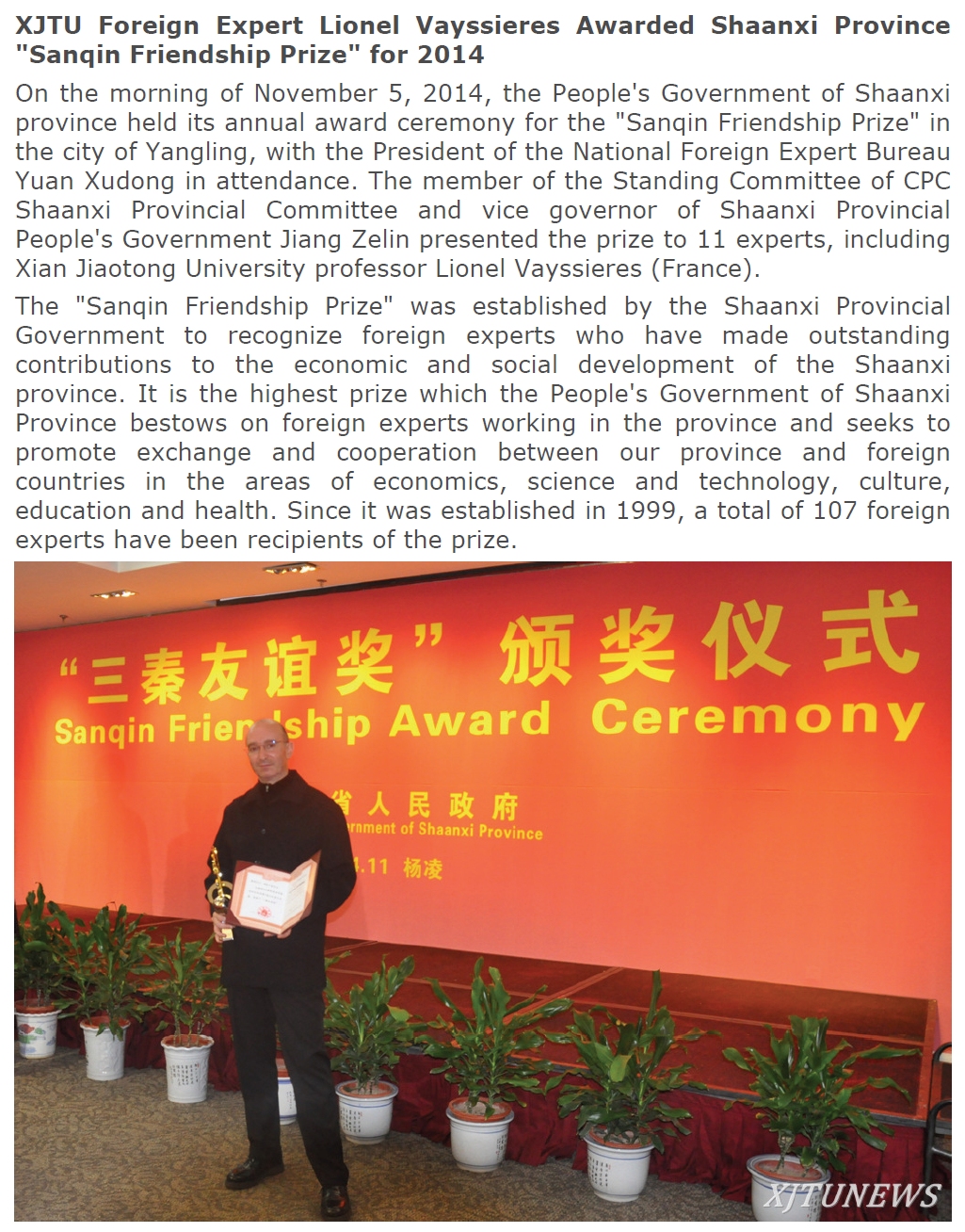
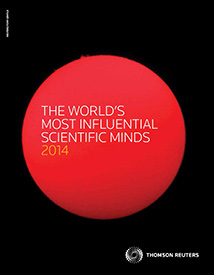
Prof. Liejin Guo, Engineering
http://sciencewatch.com/sites/sw/files/sw-article/media/worlds-most-influential-scientific-minds-2014.pdf 




